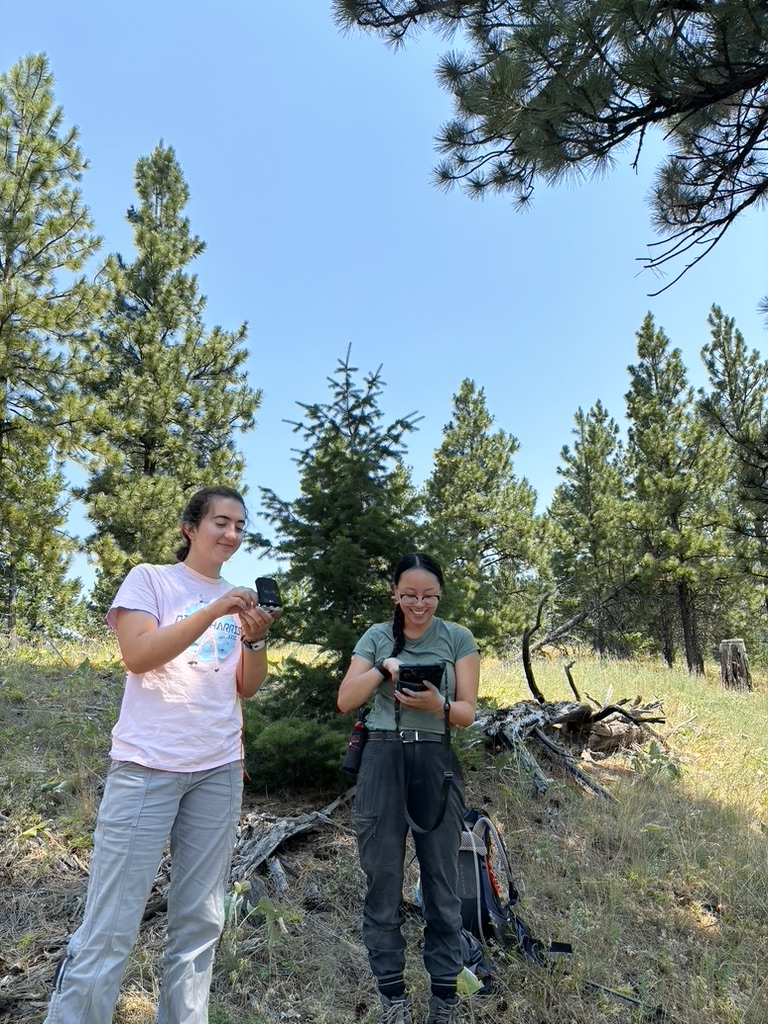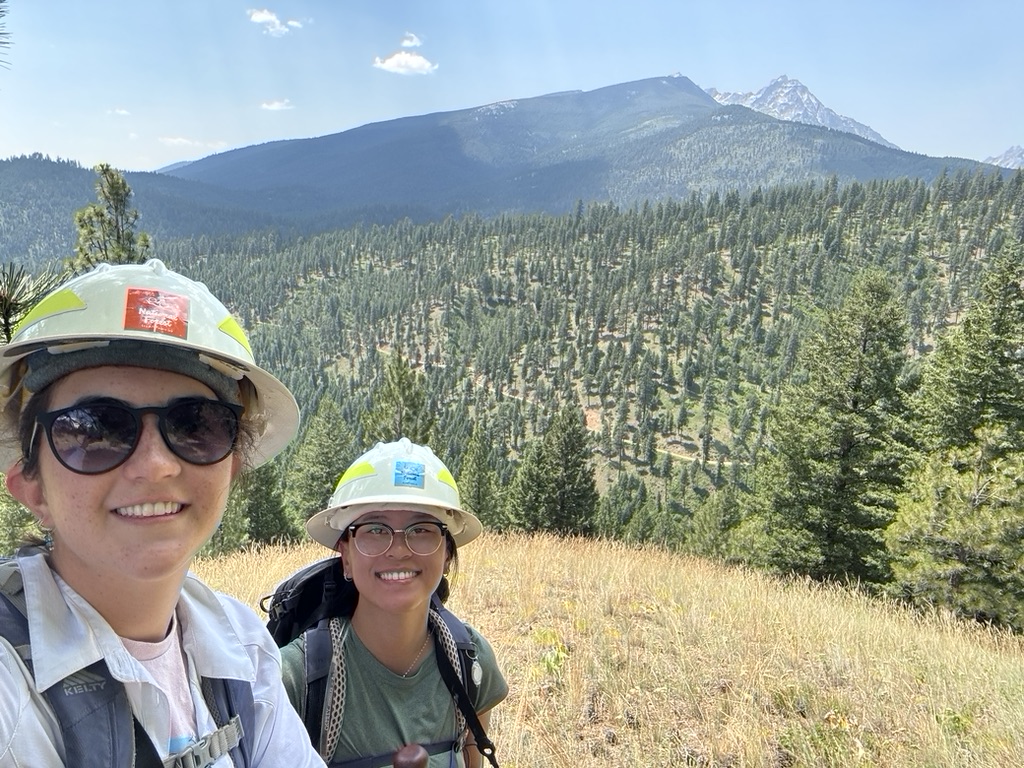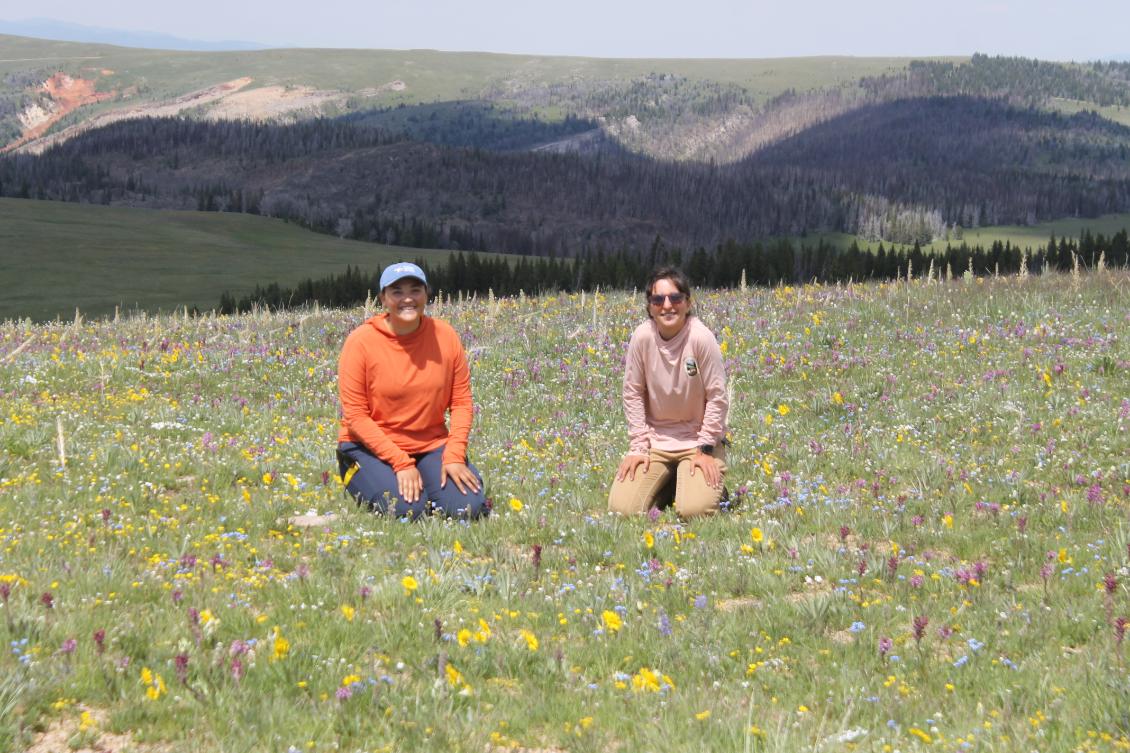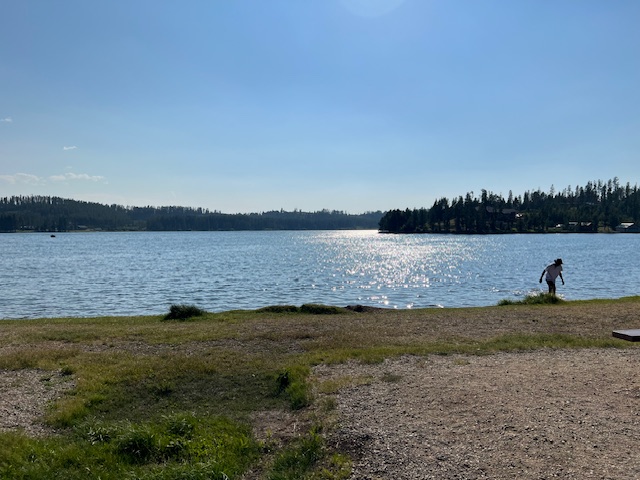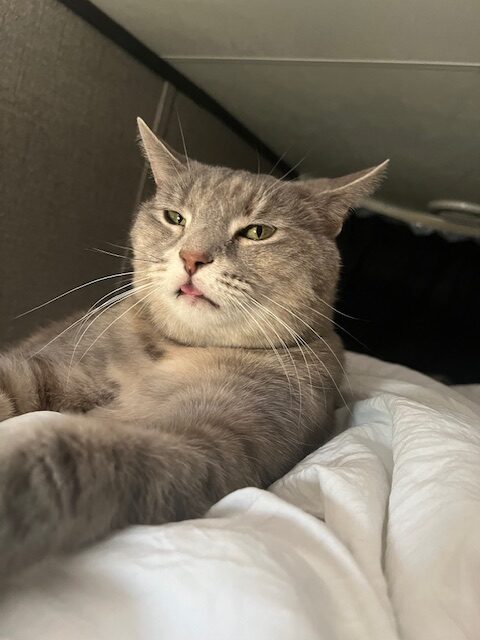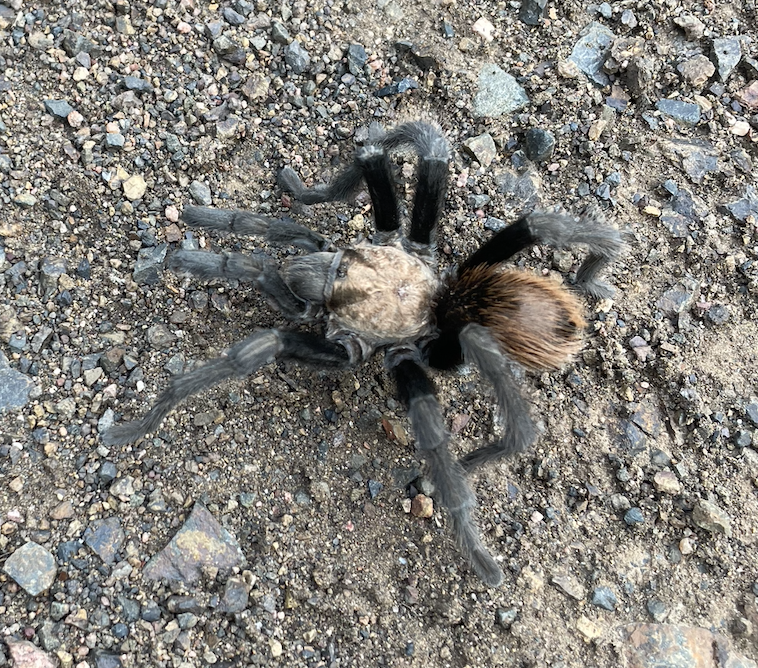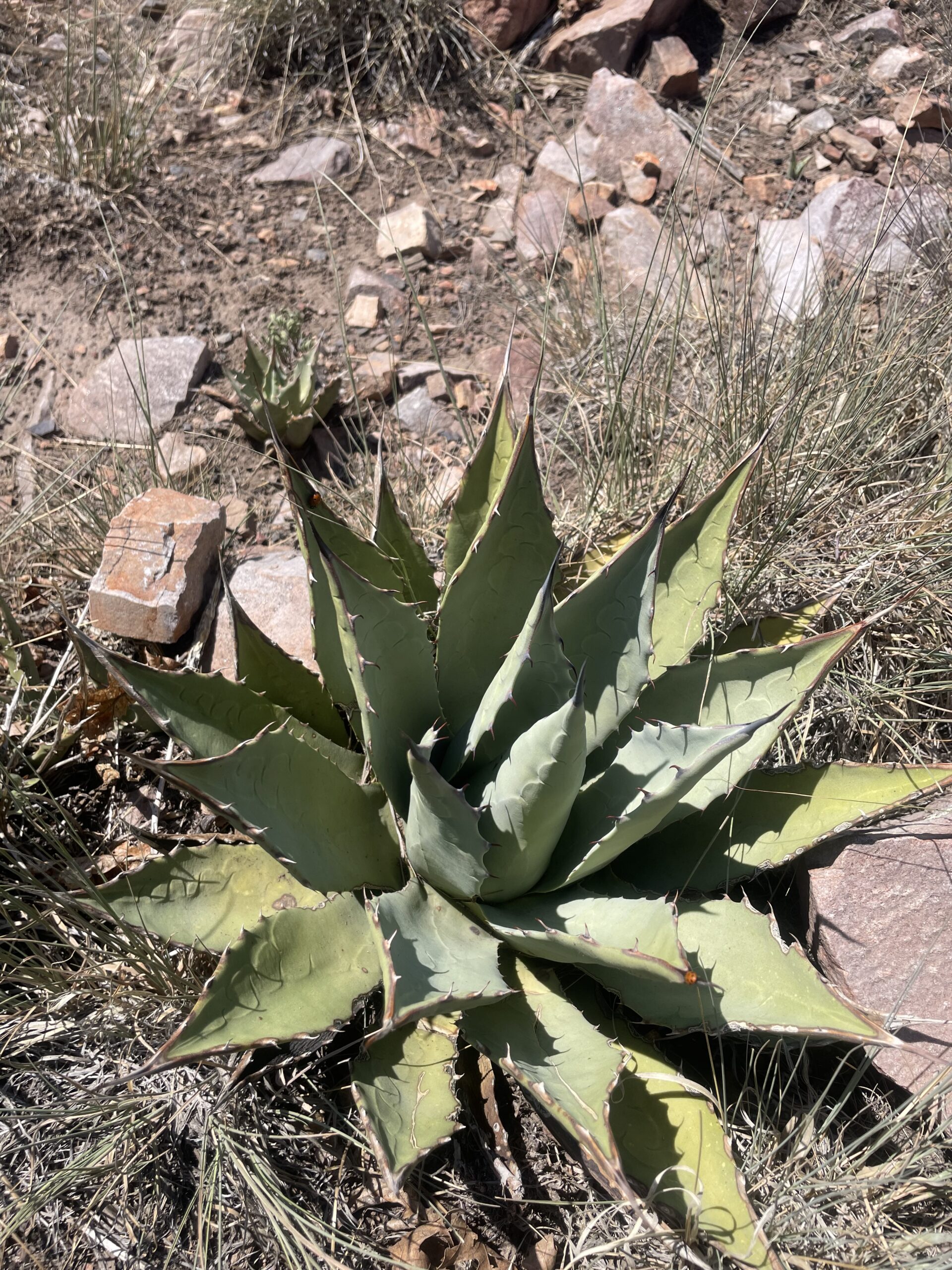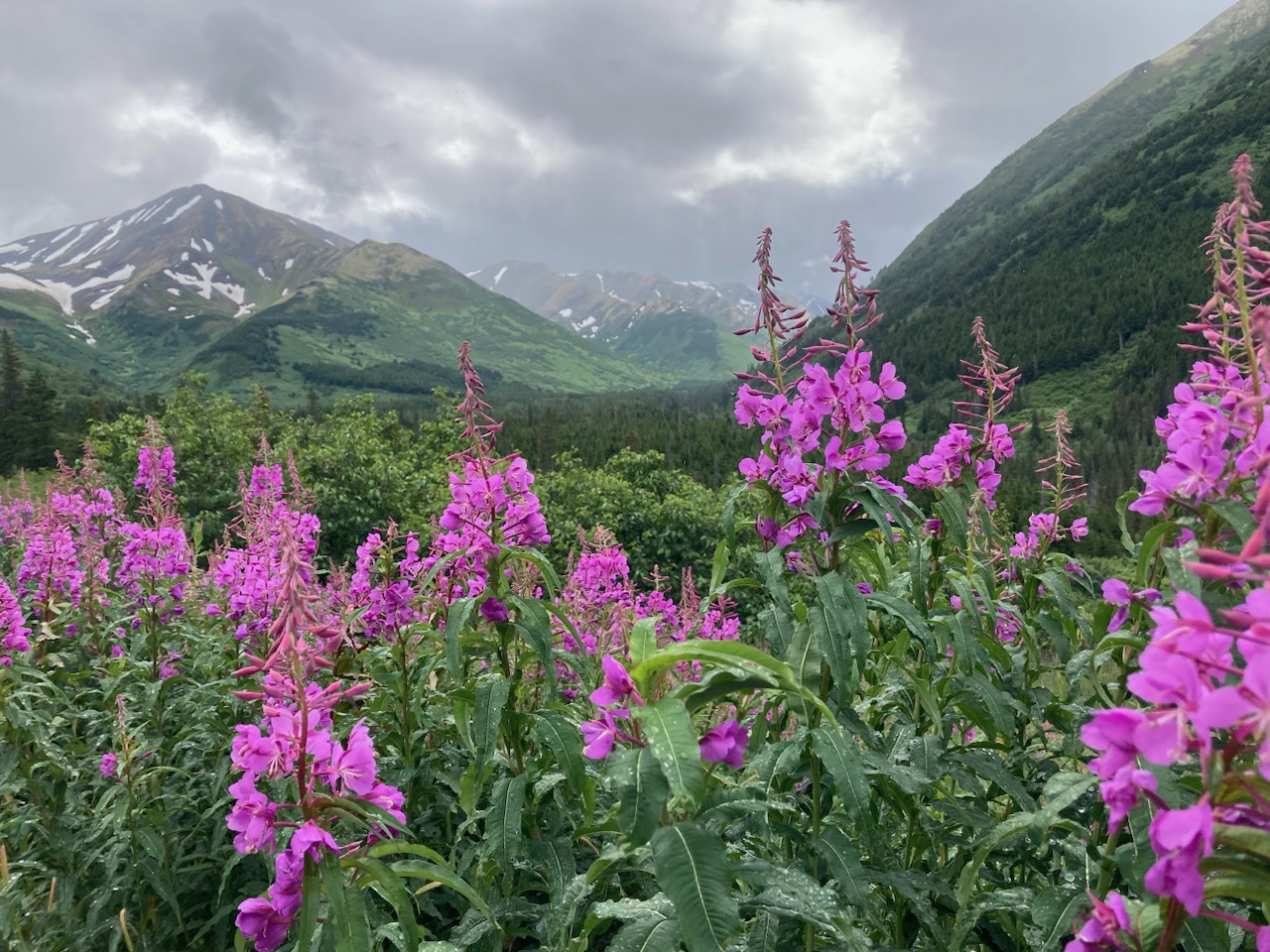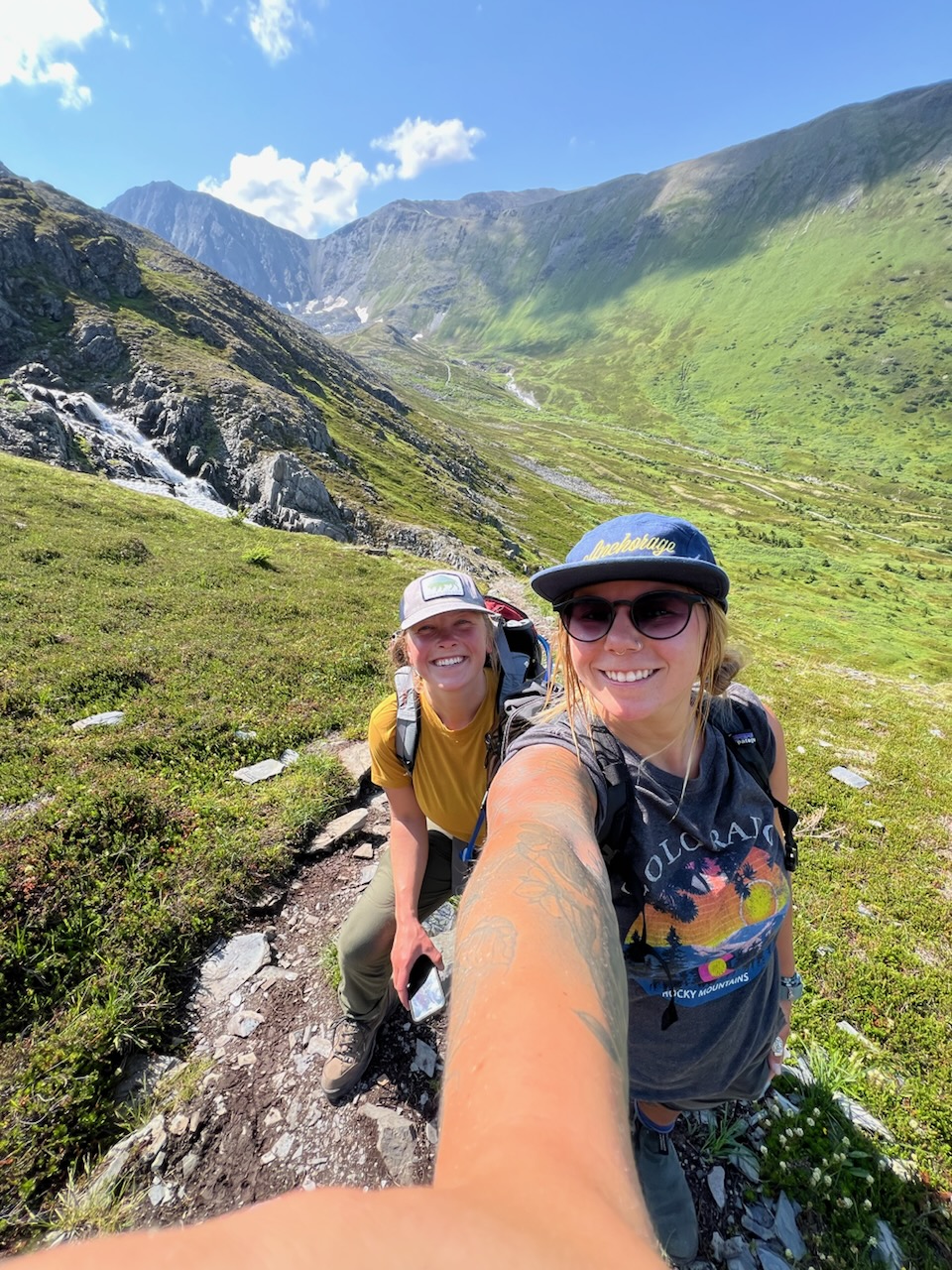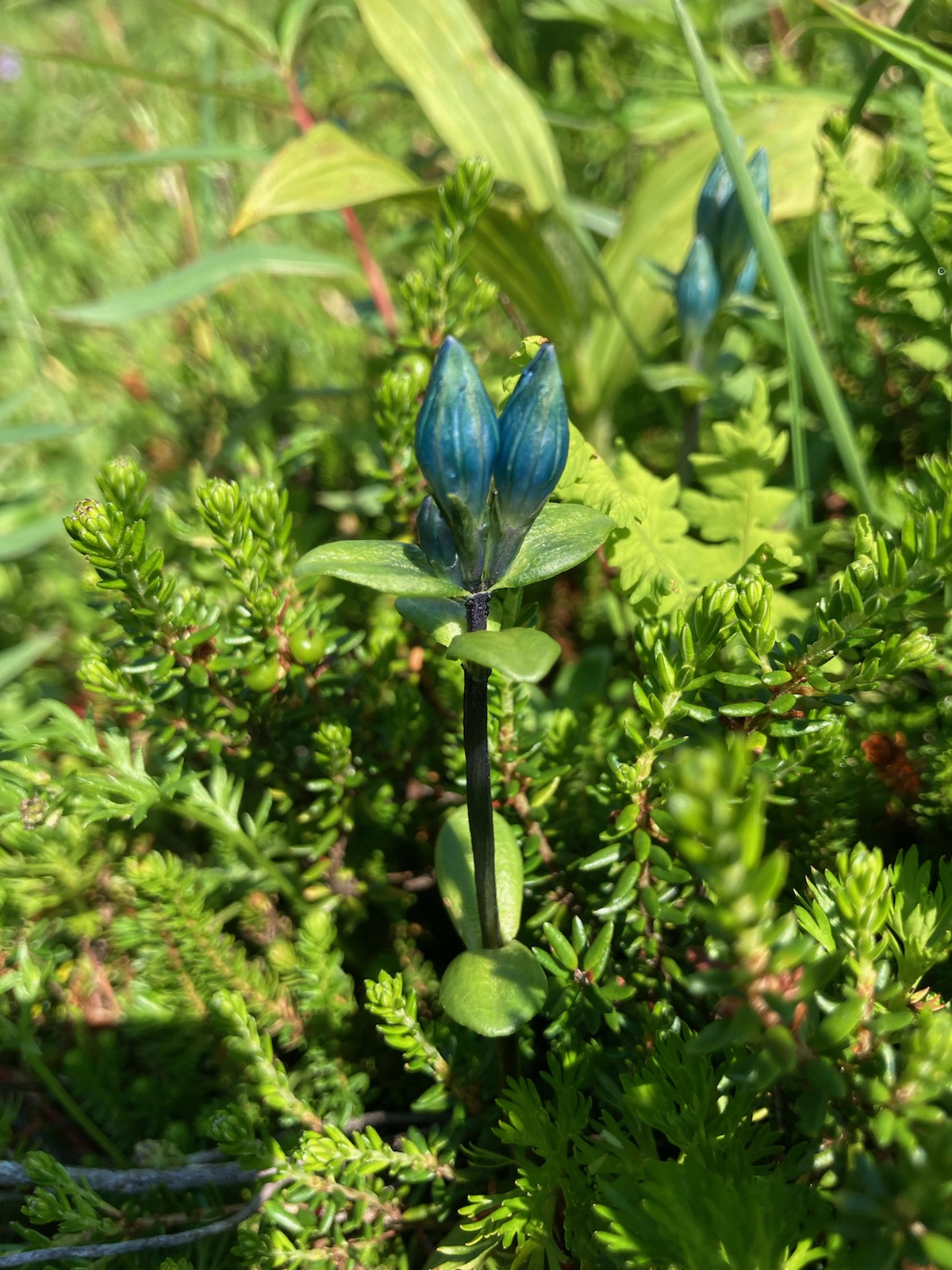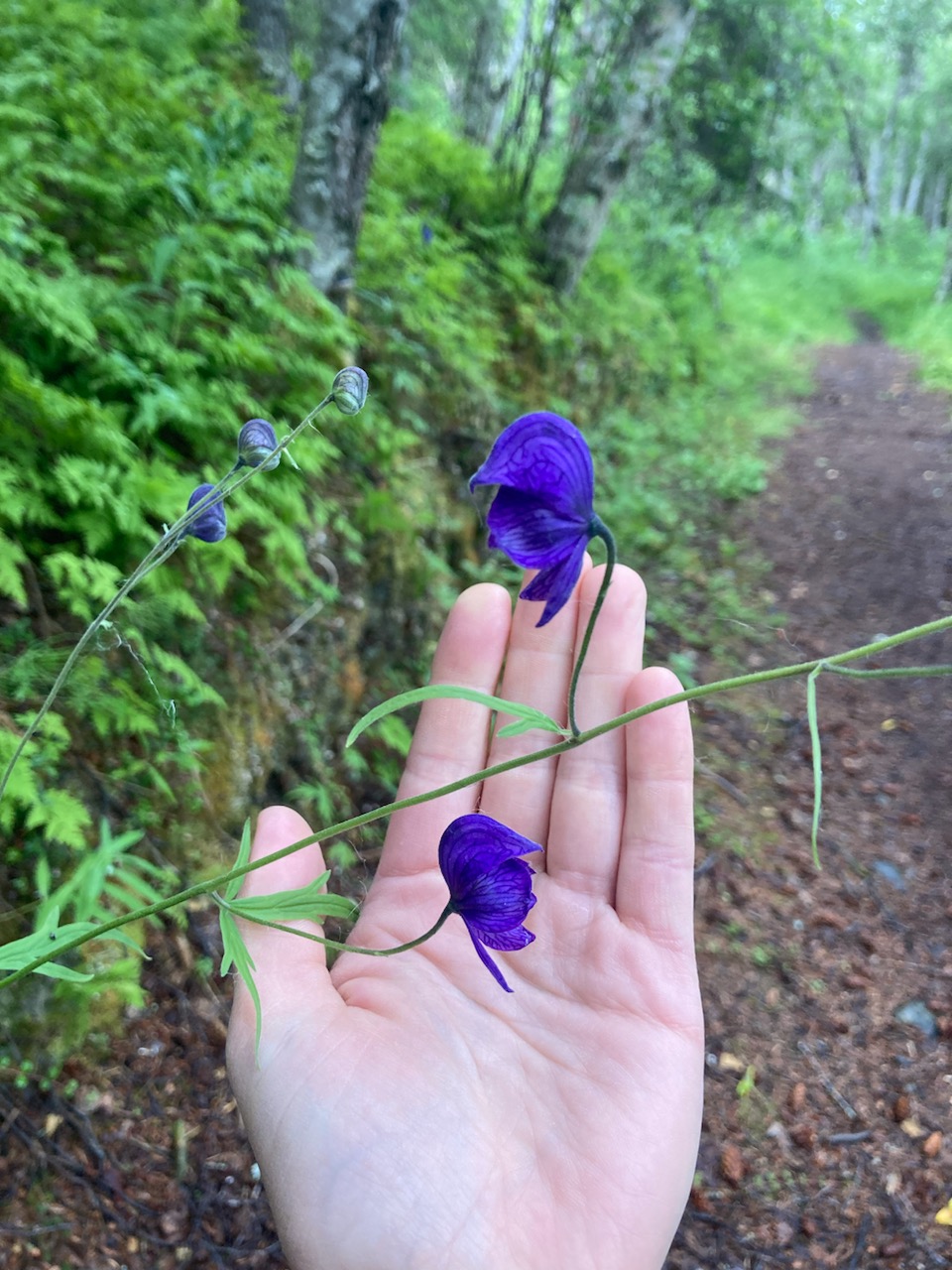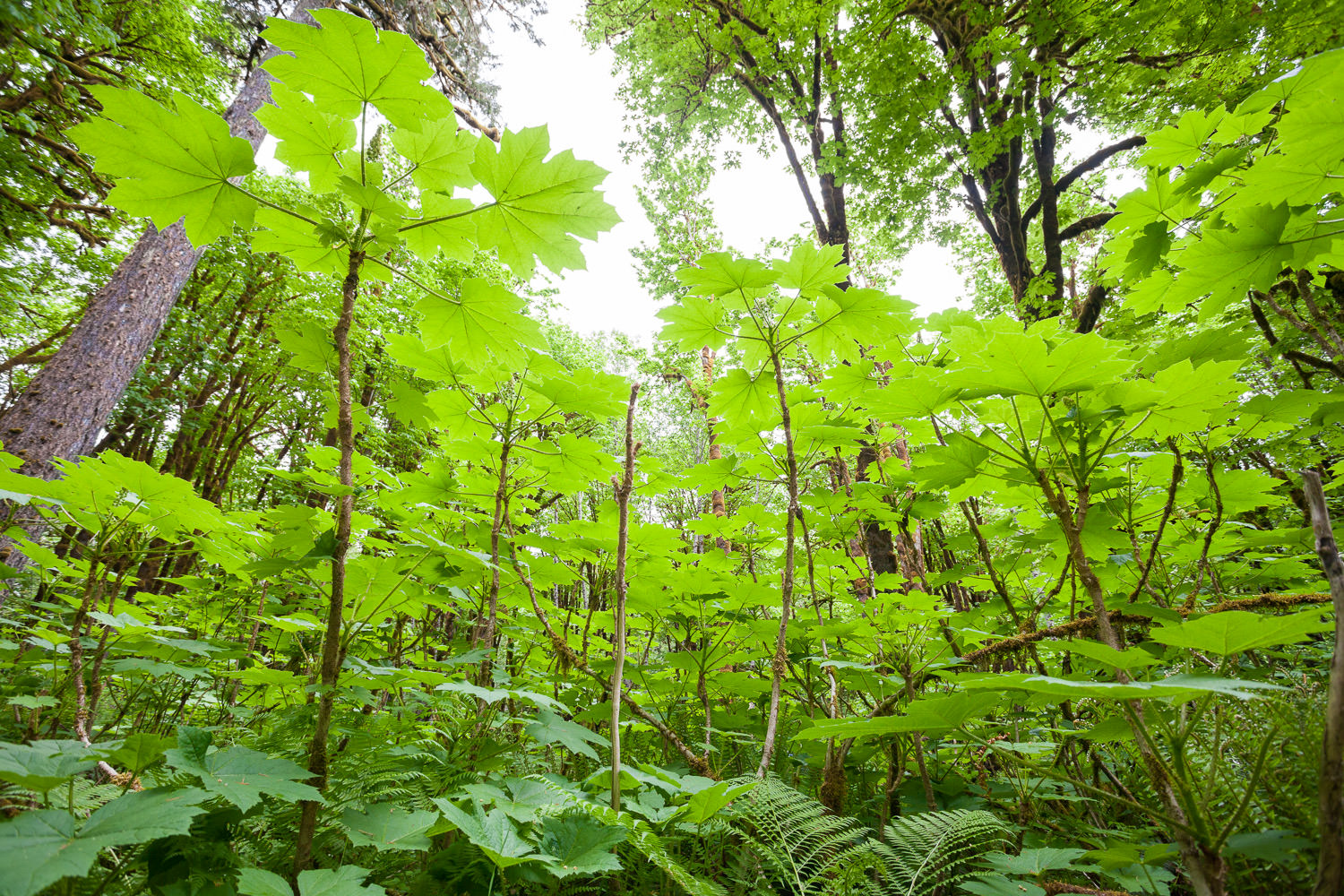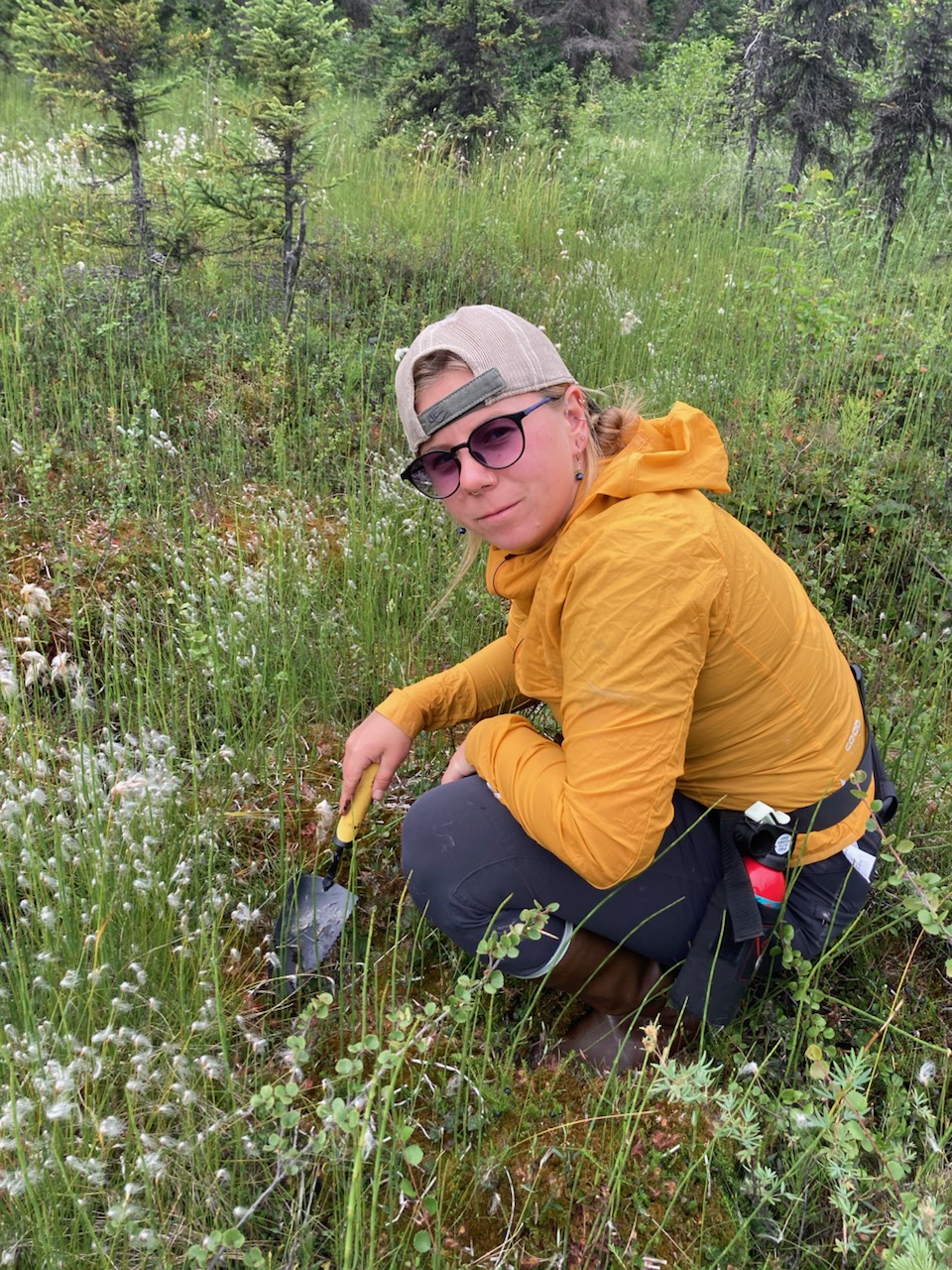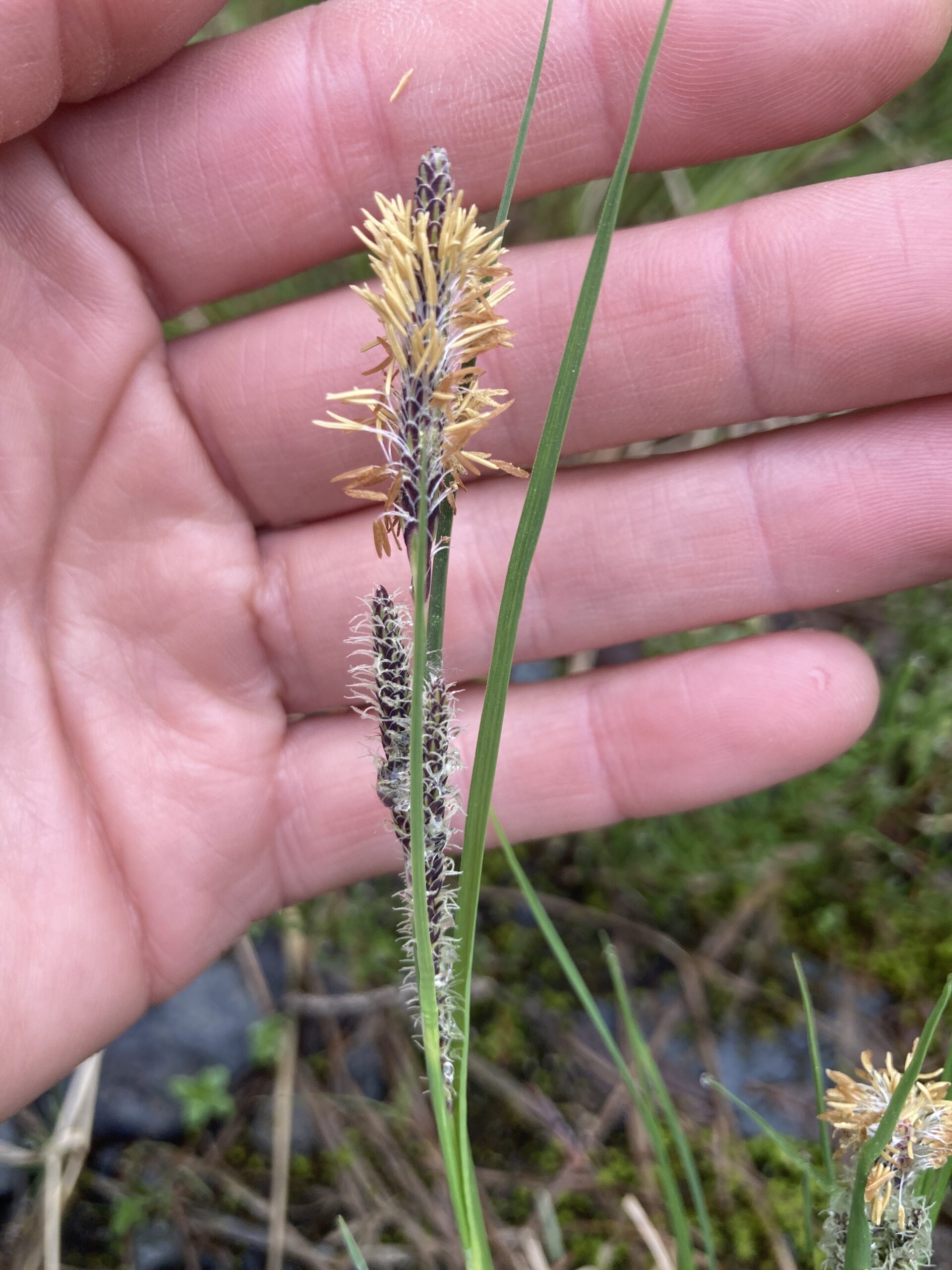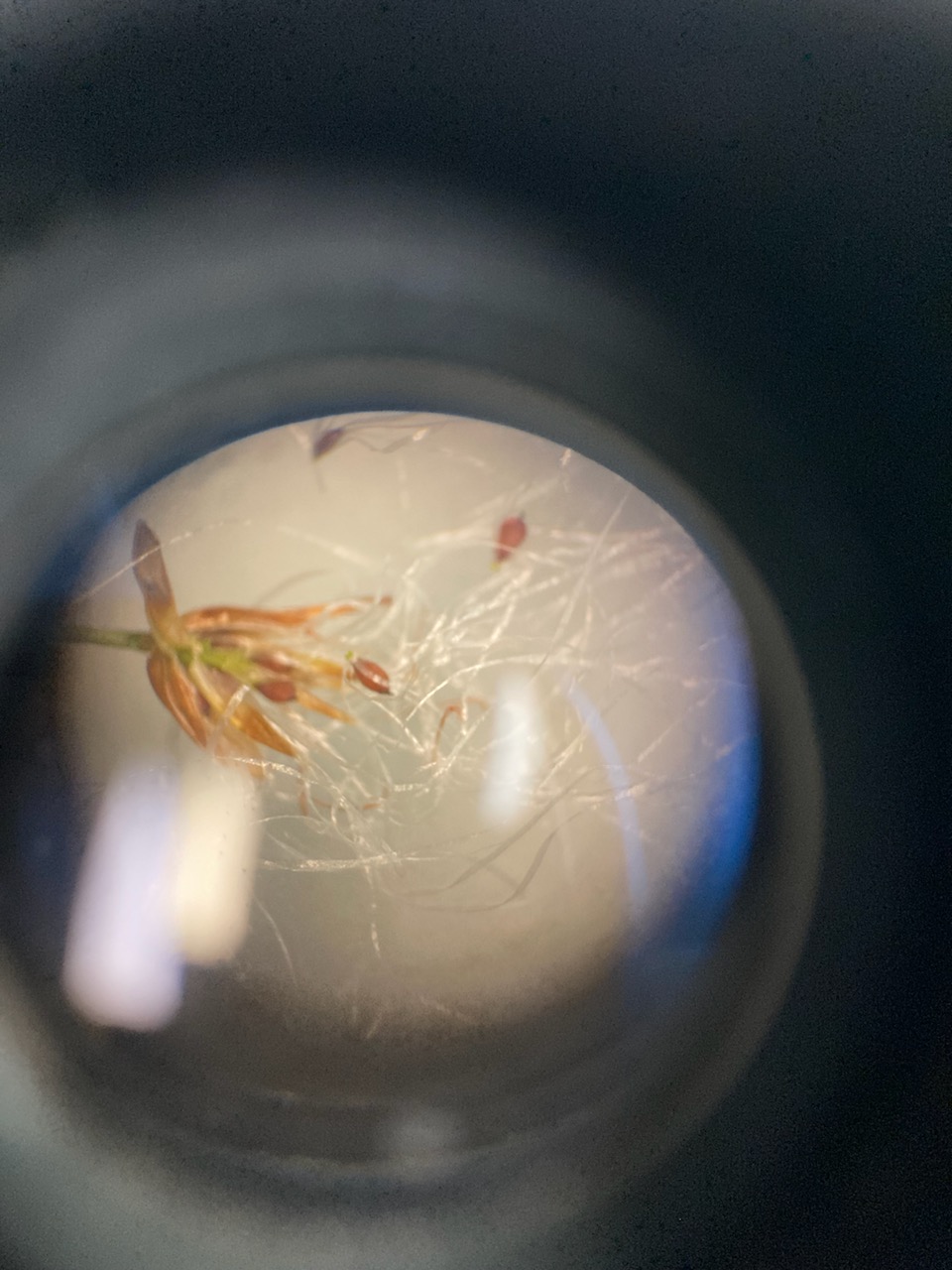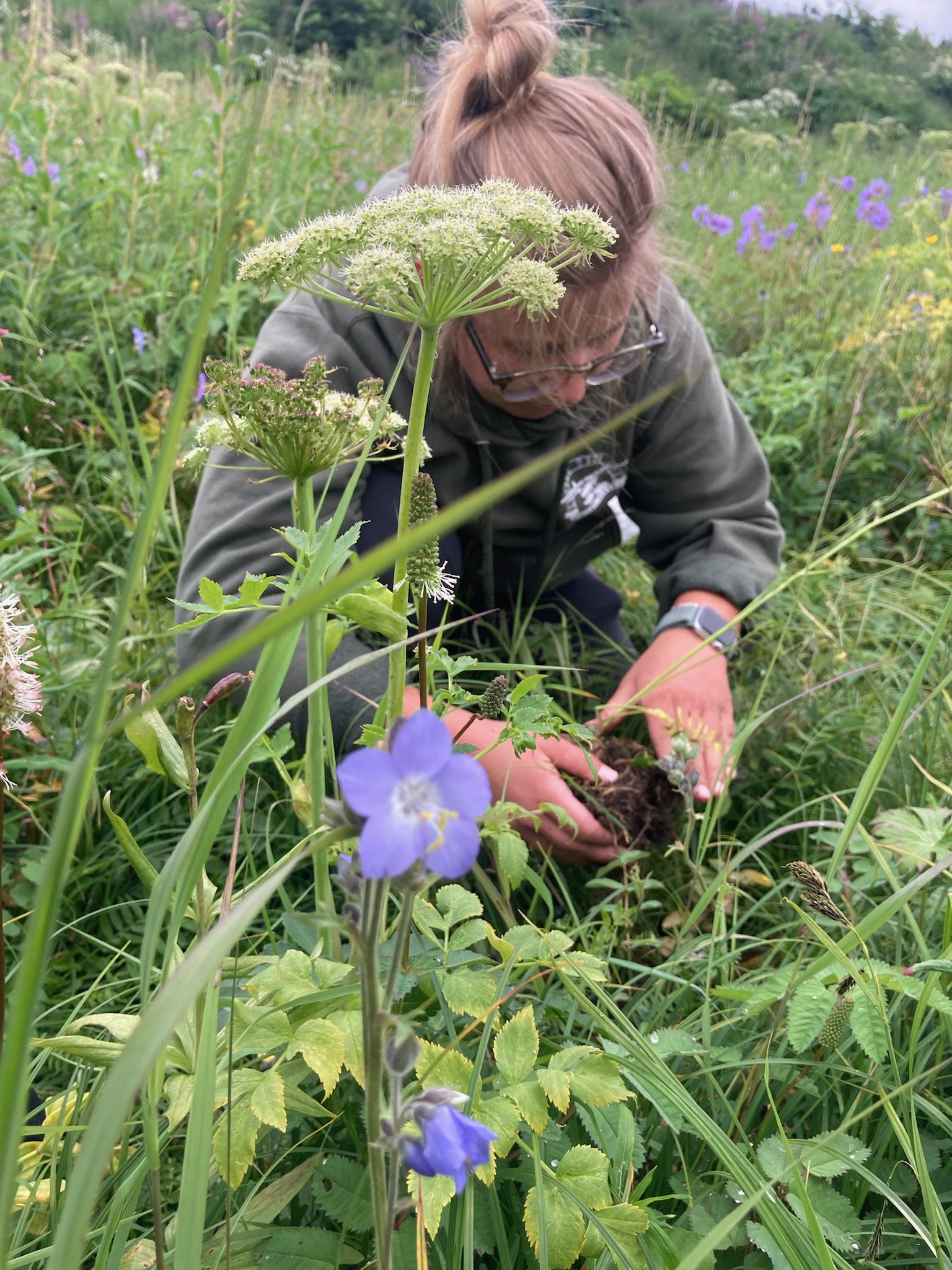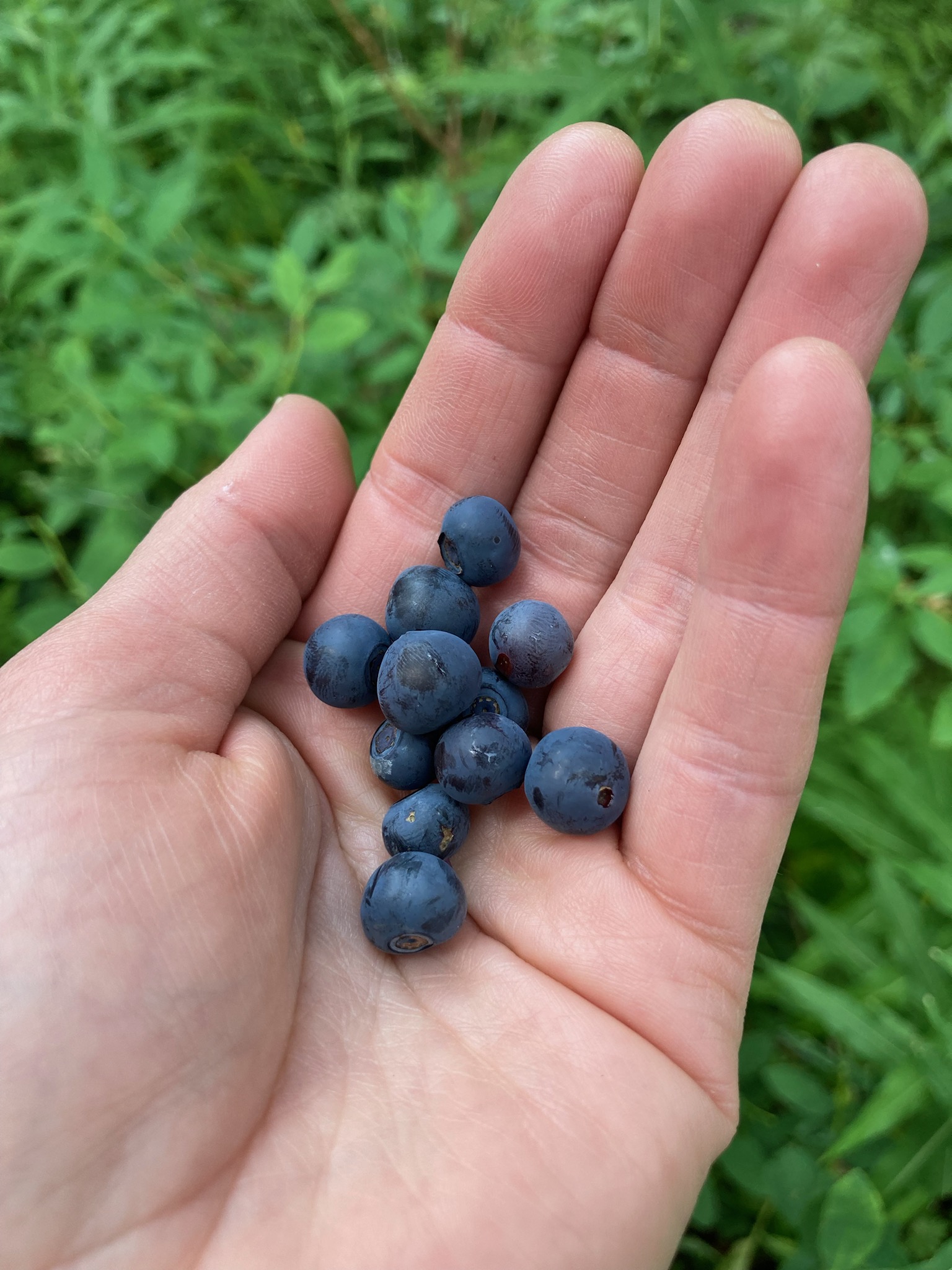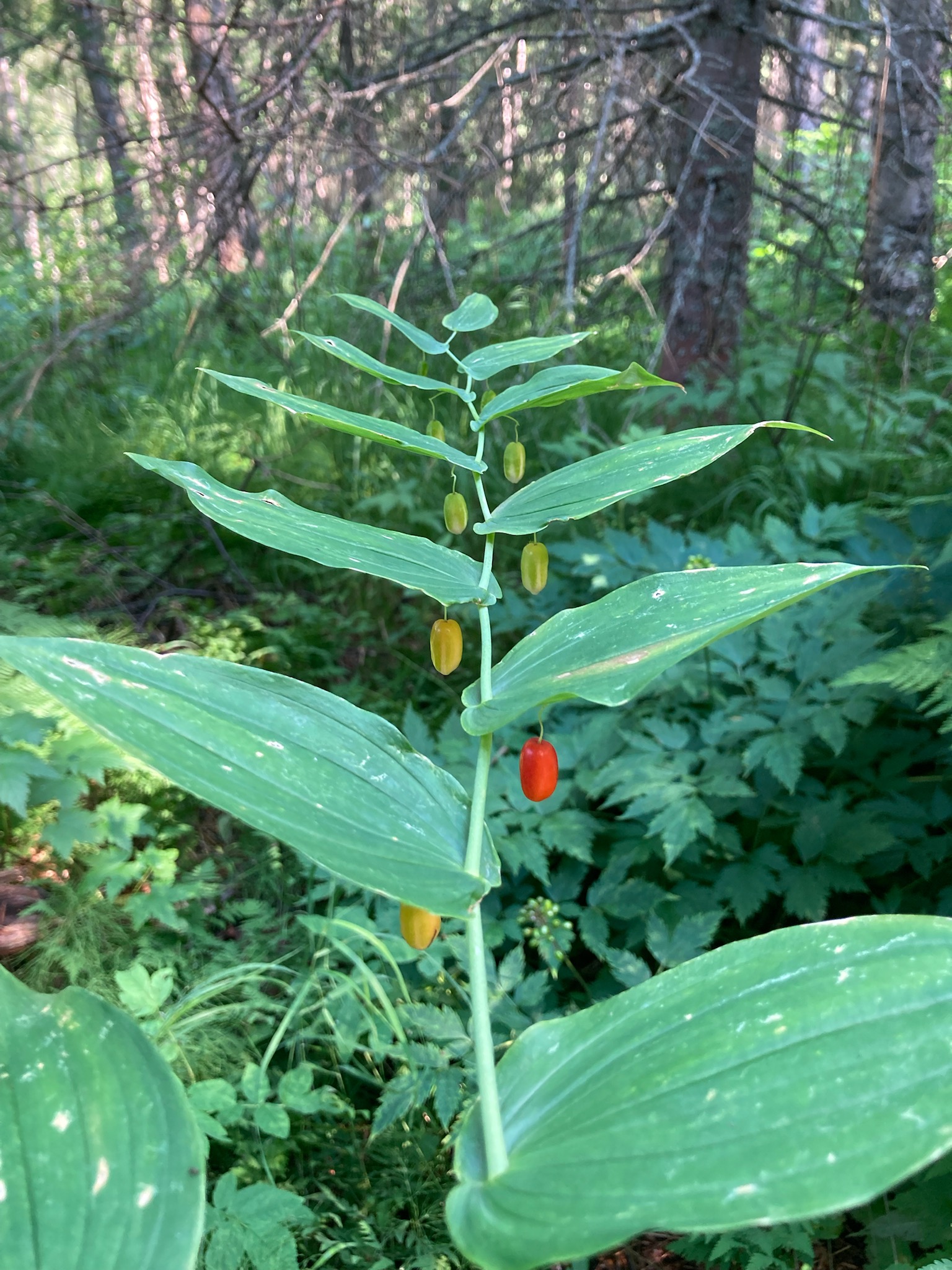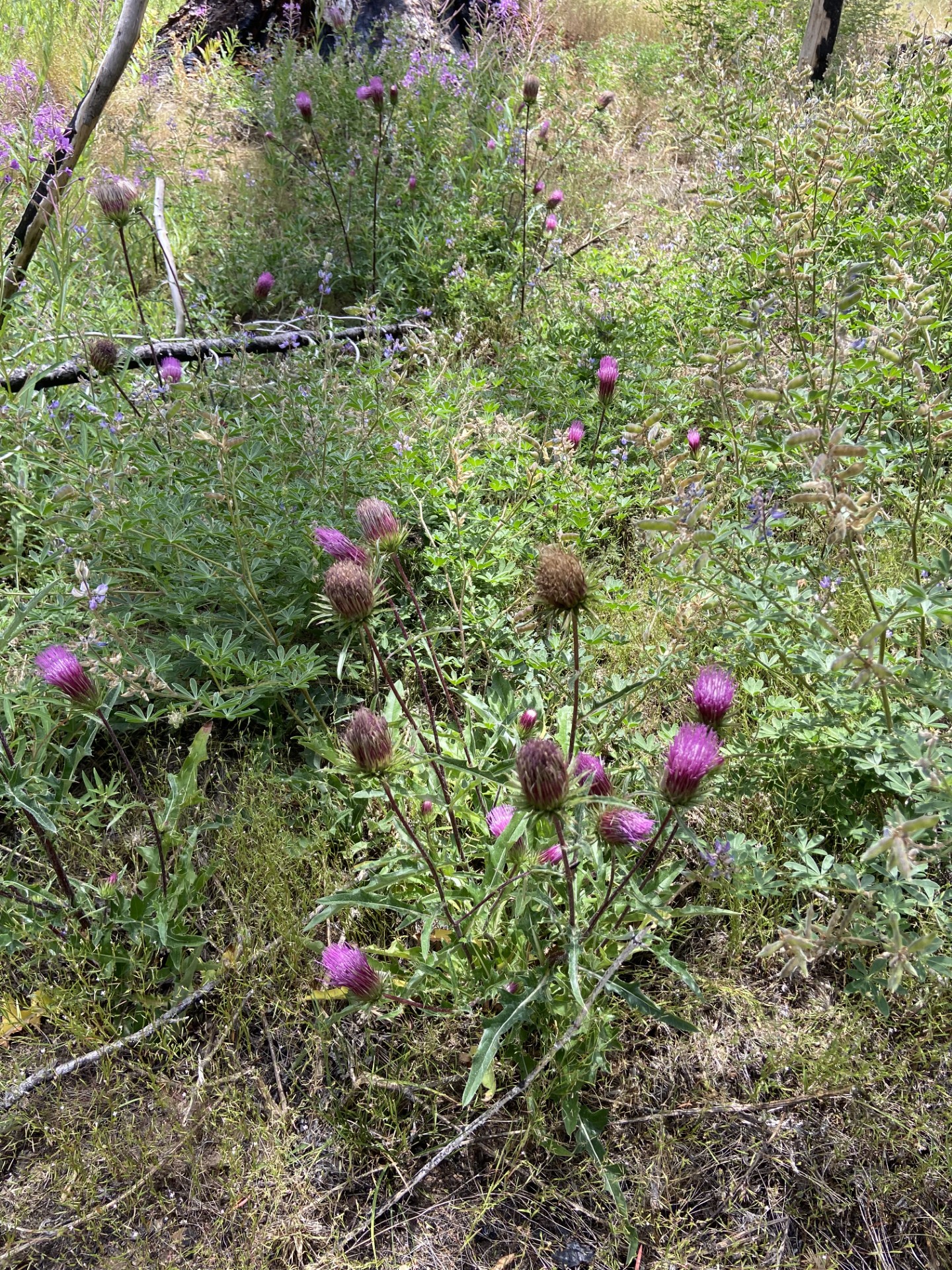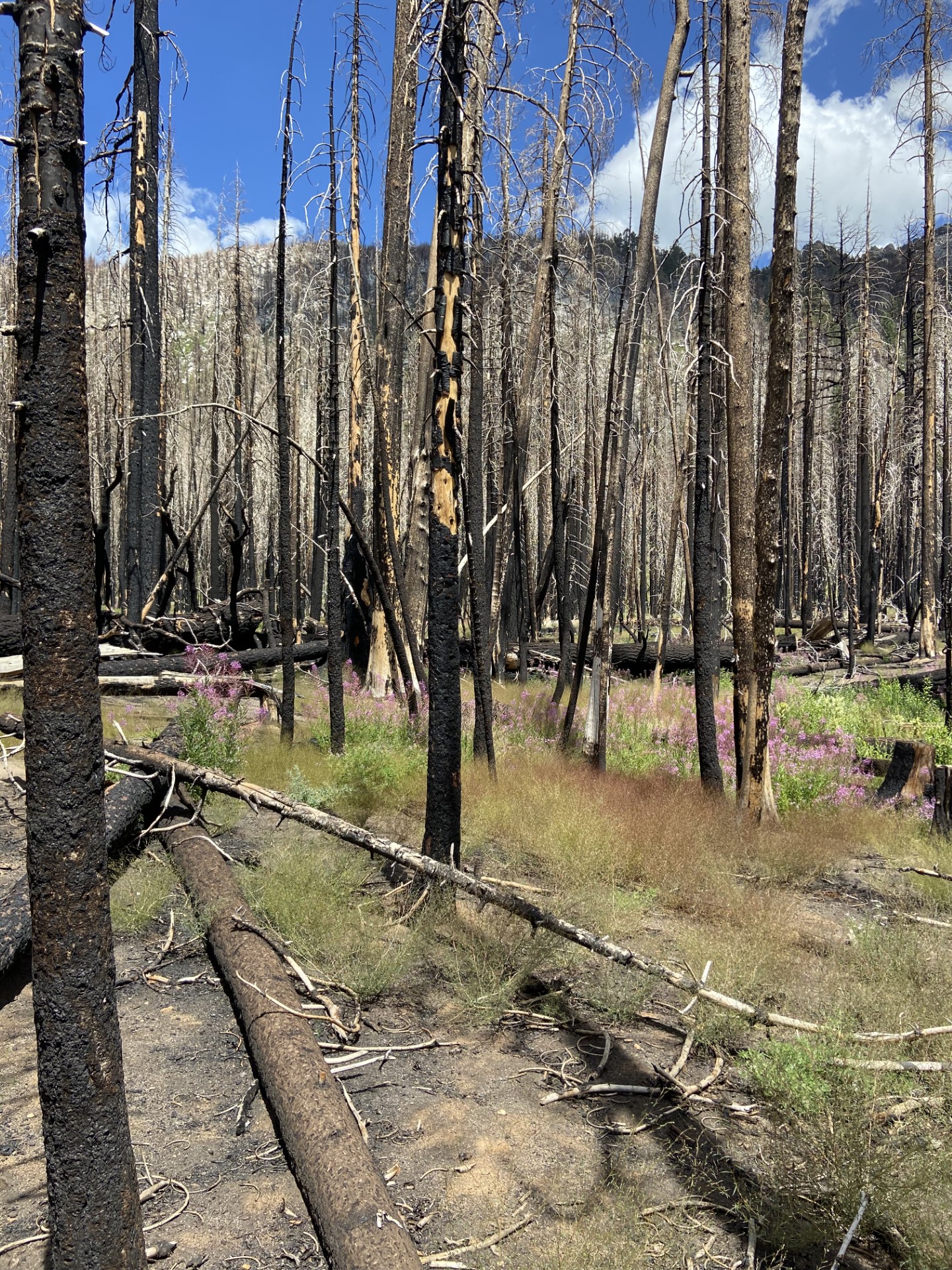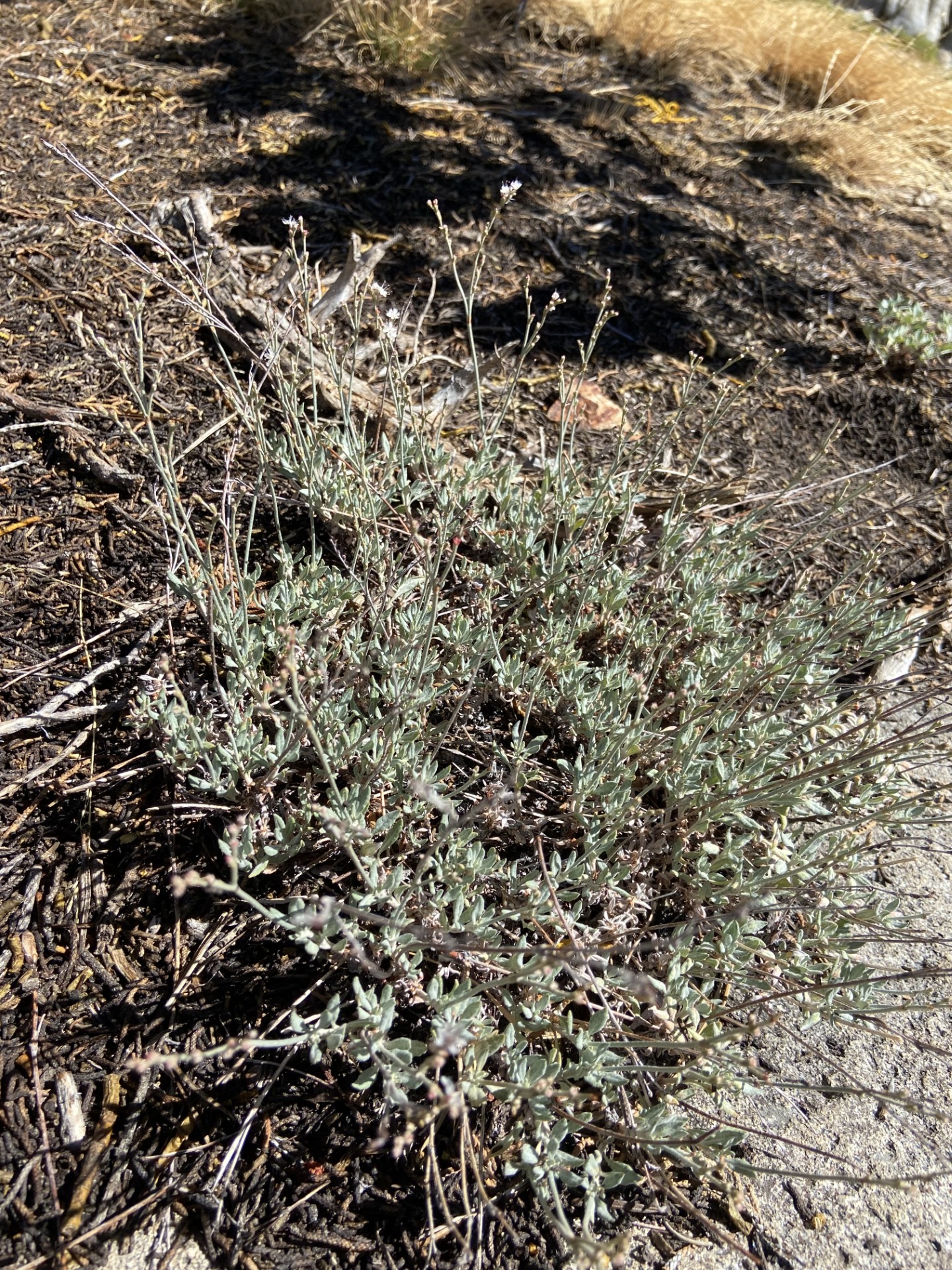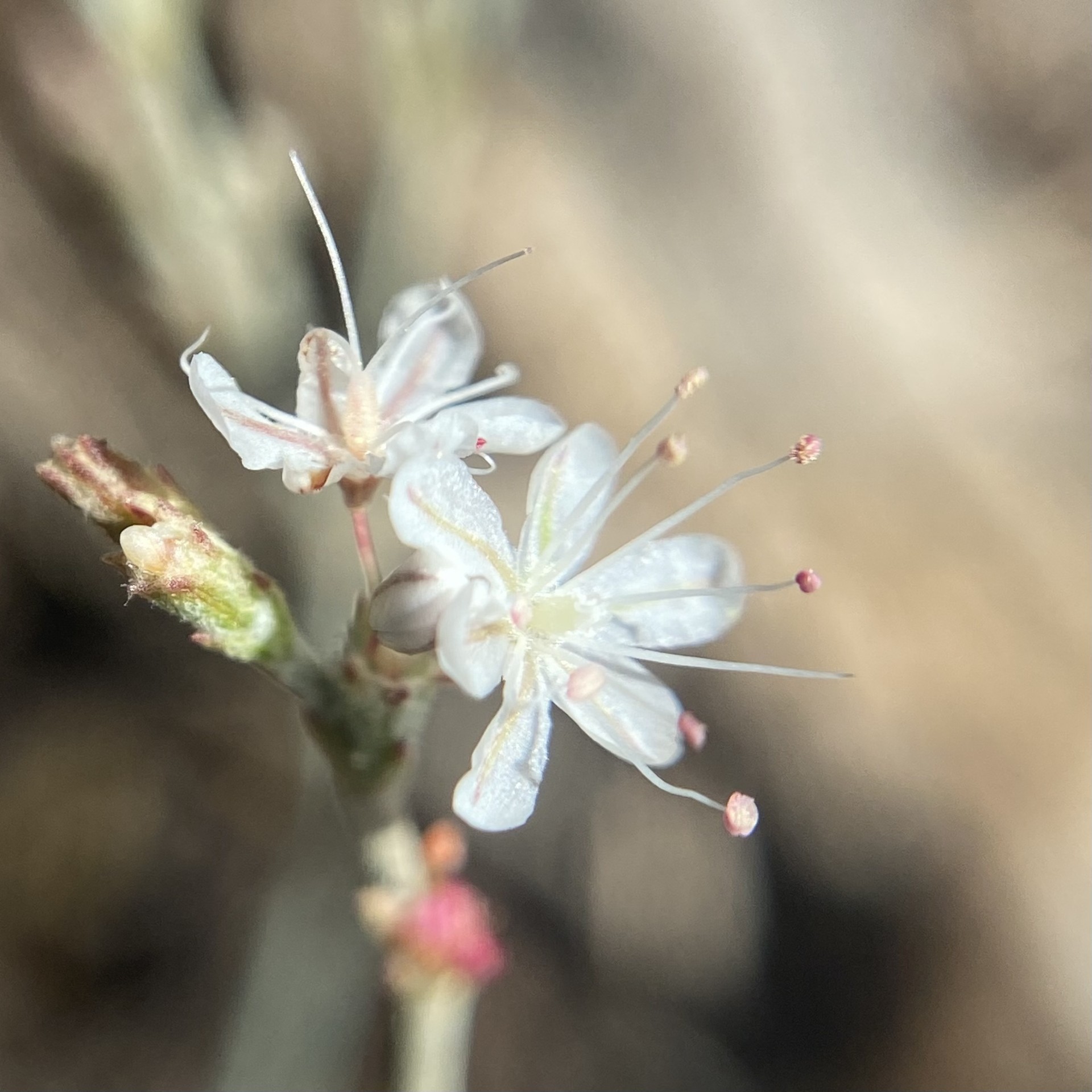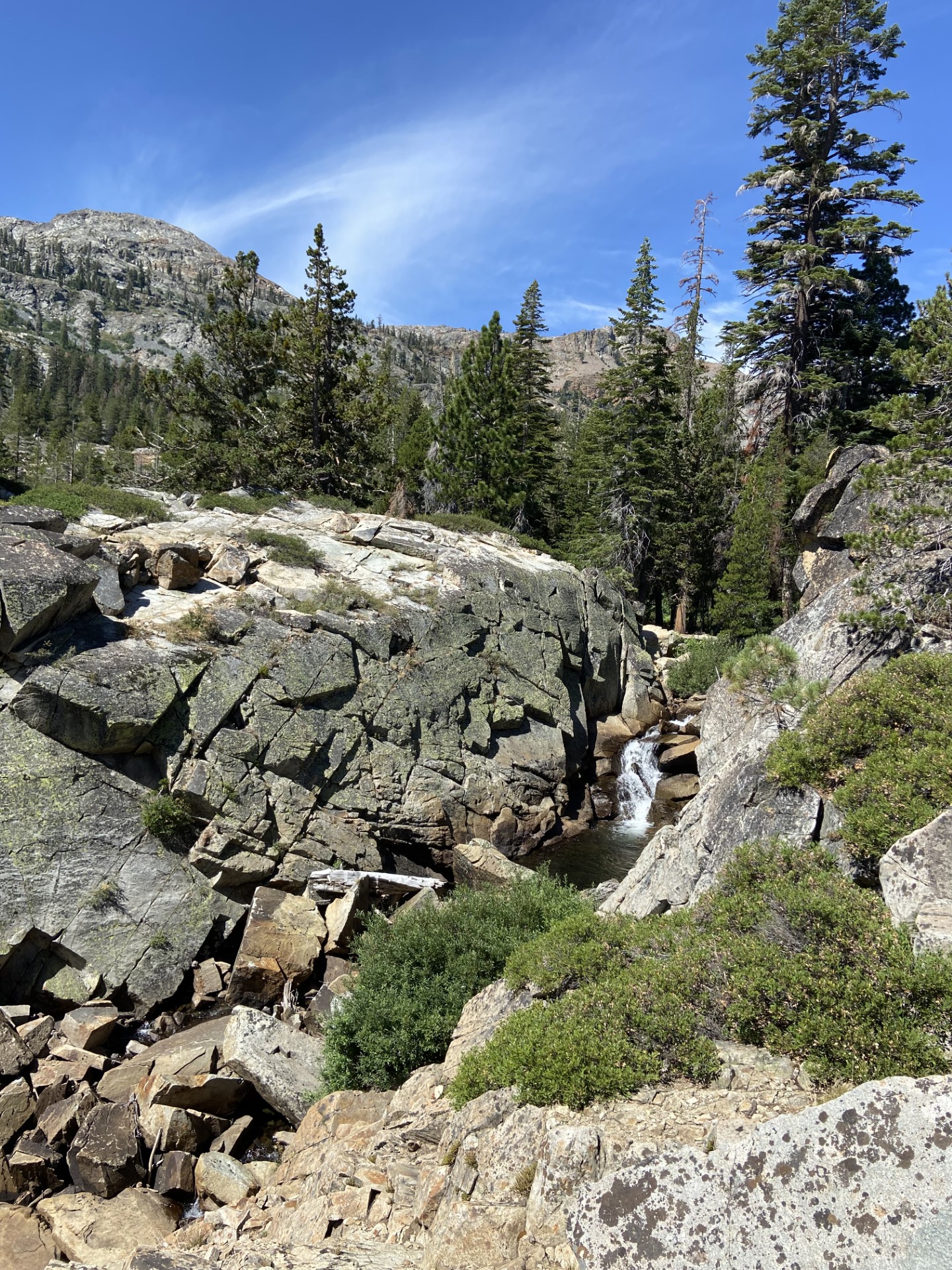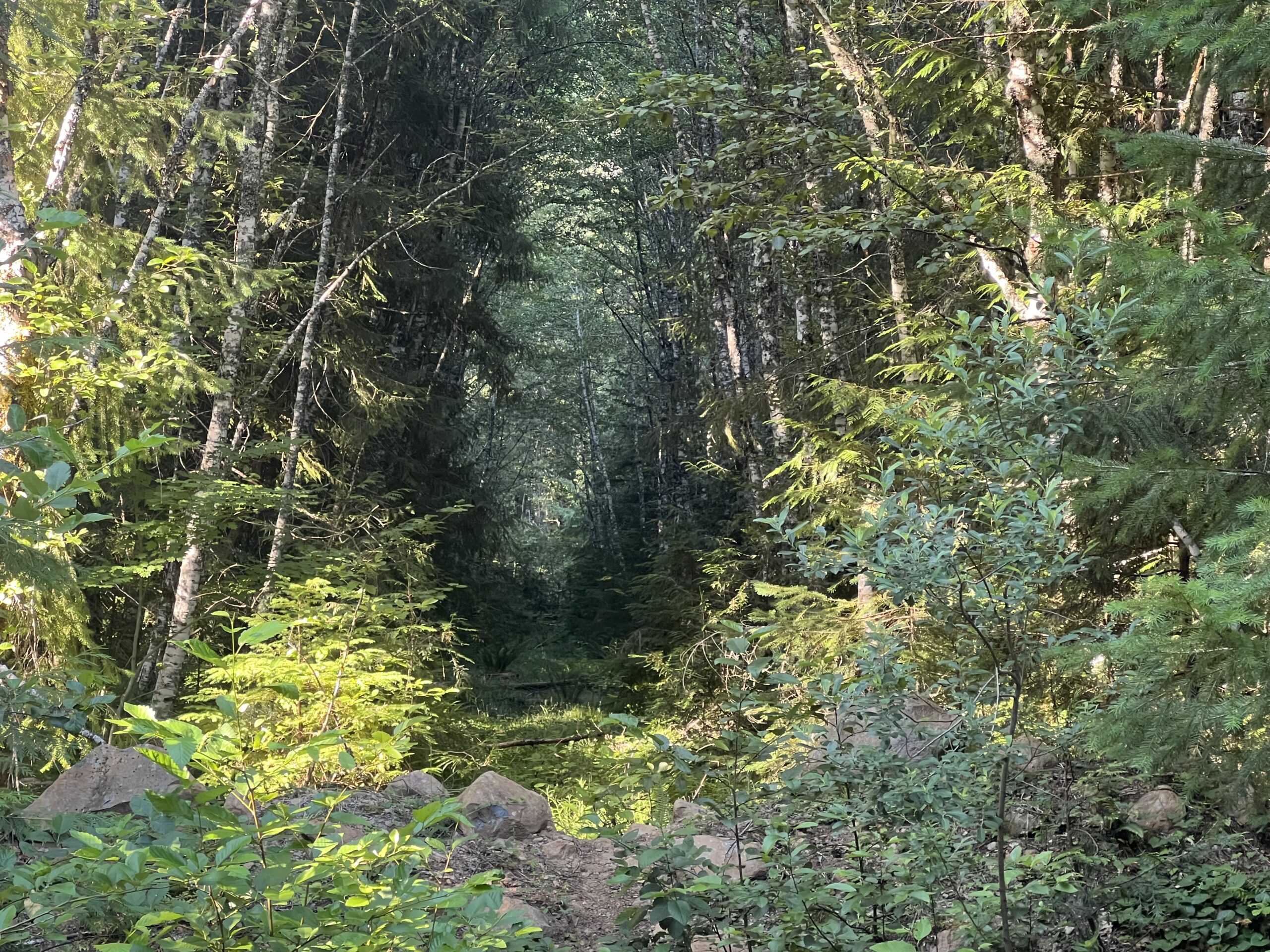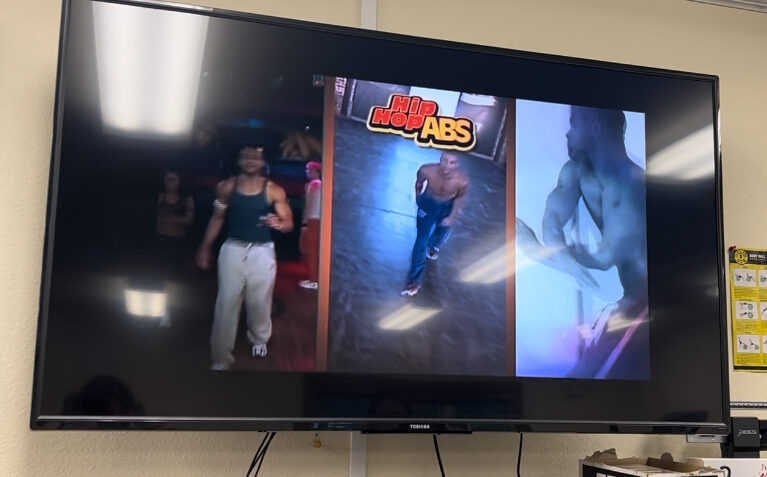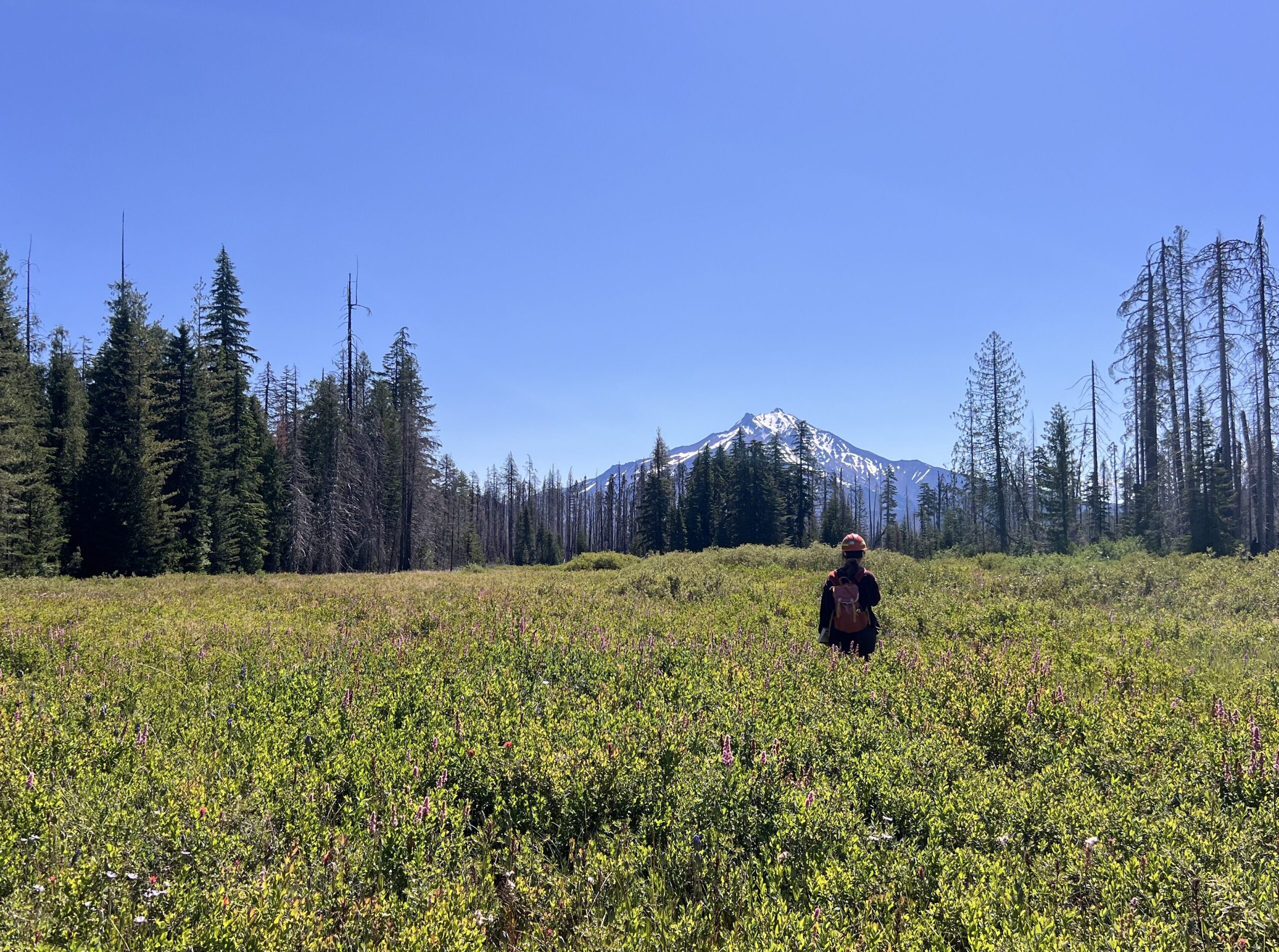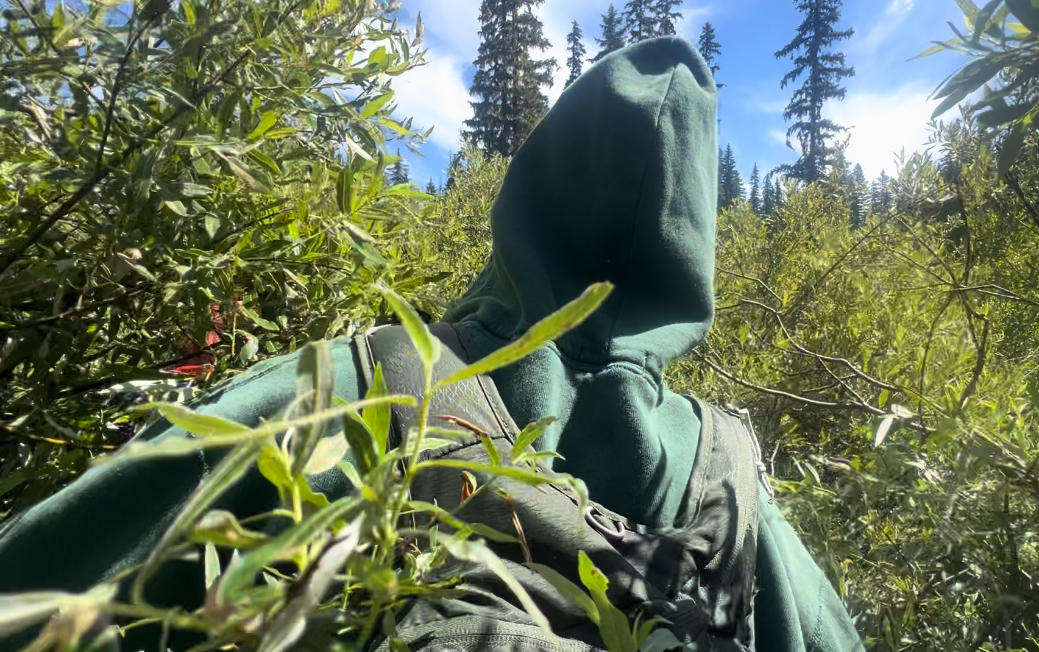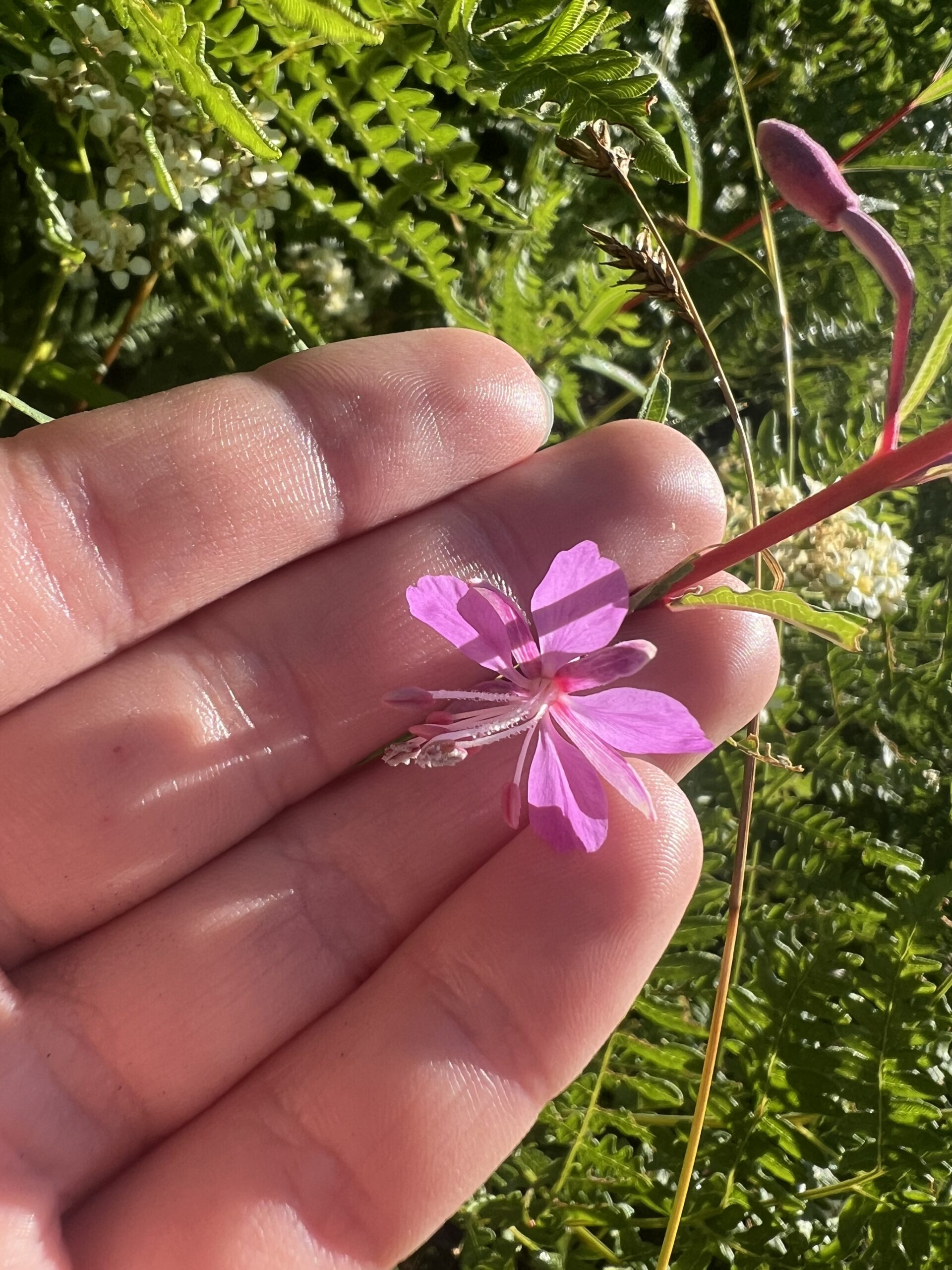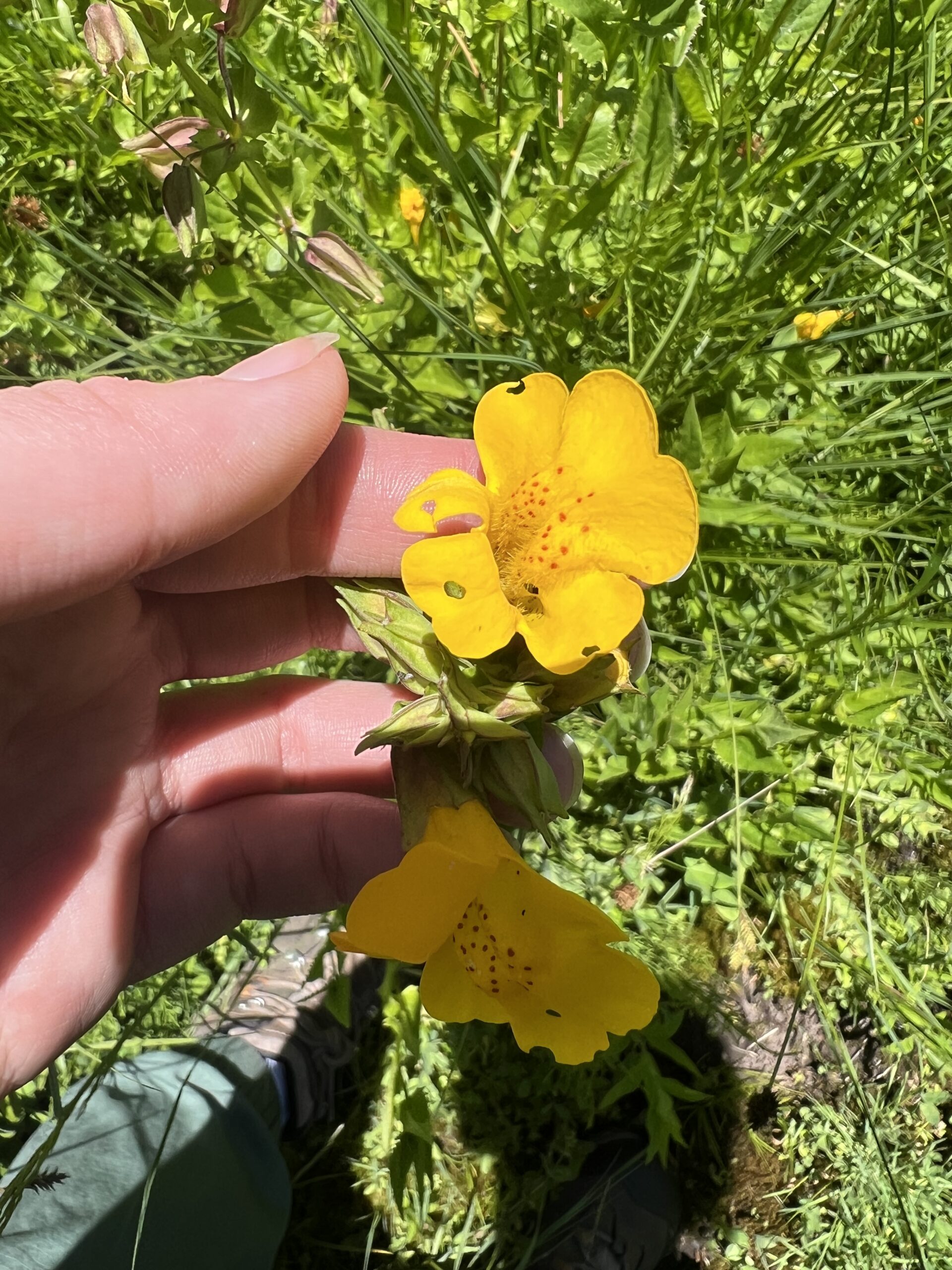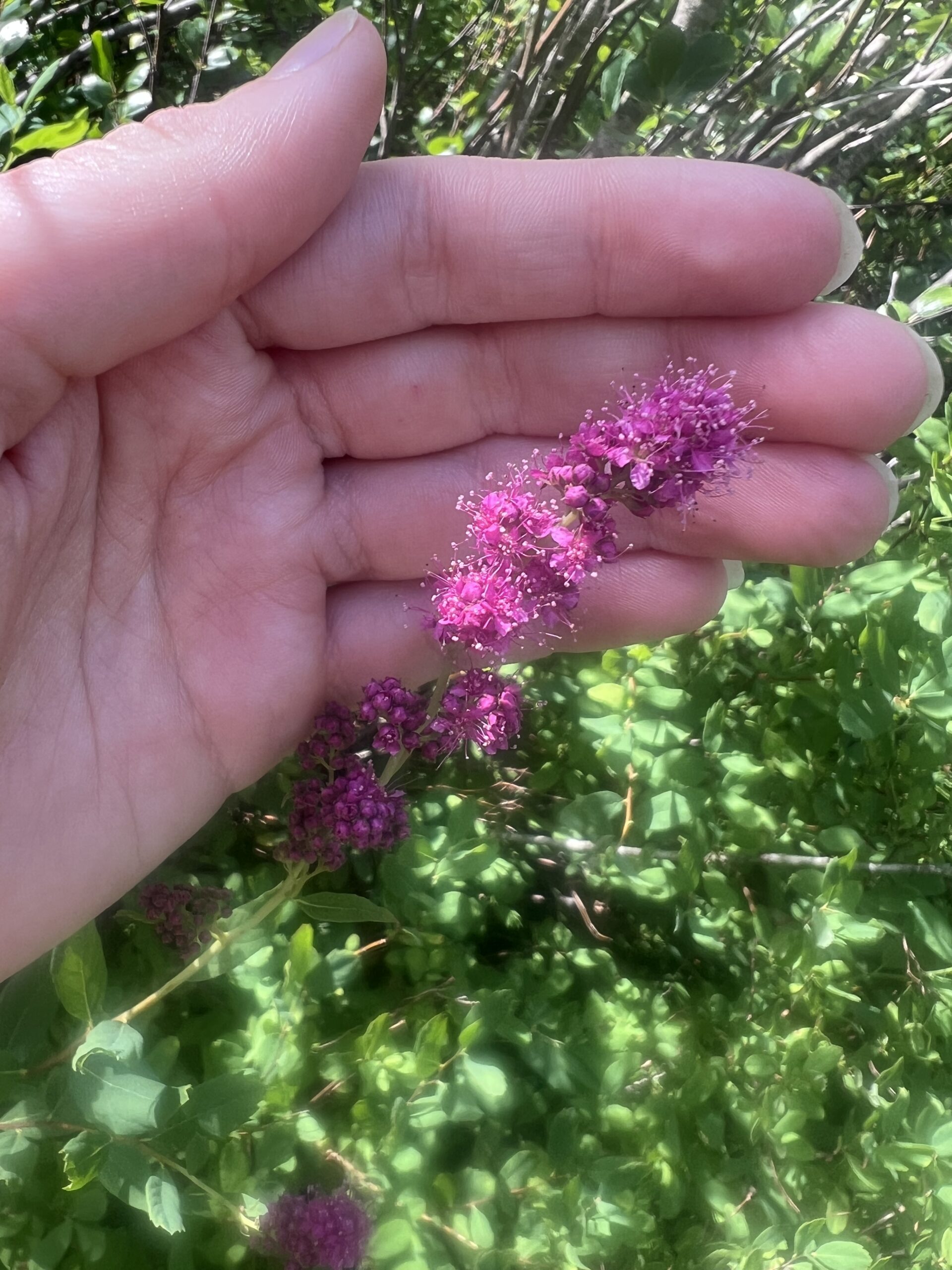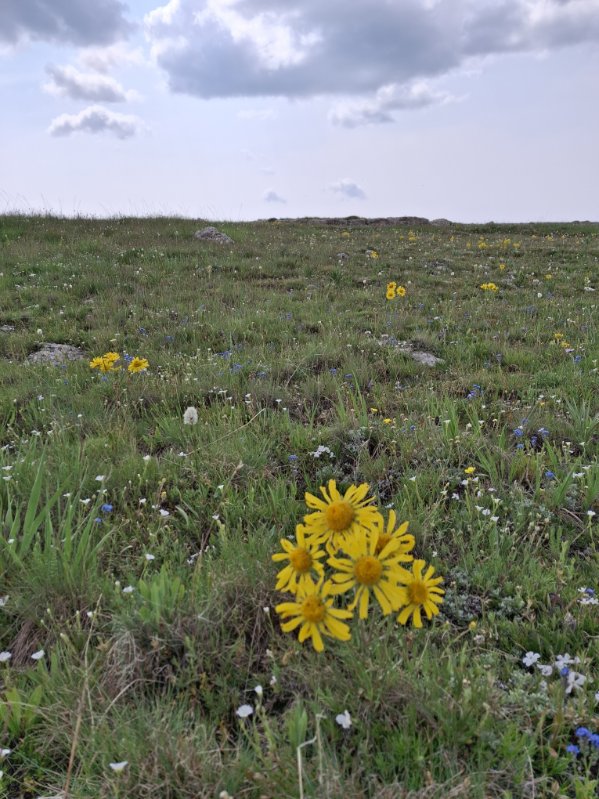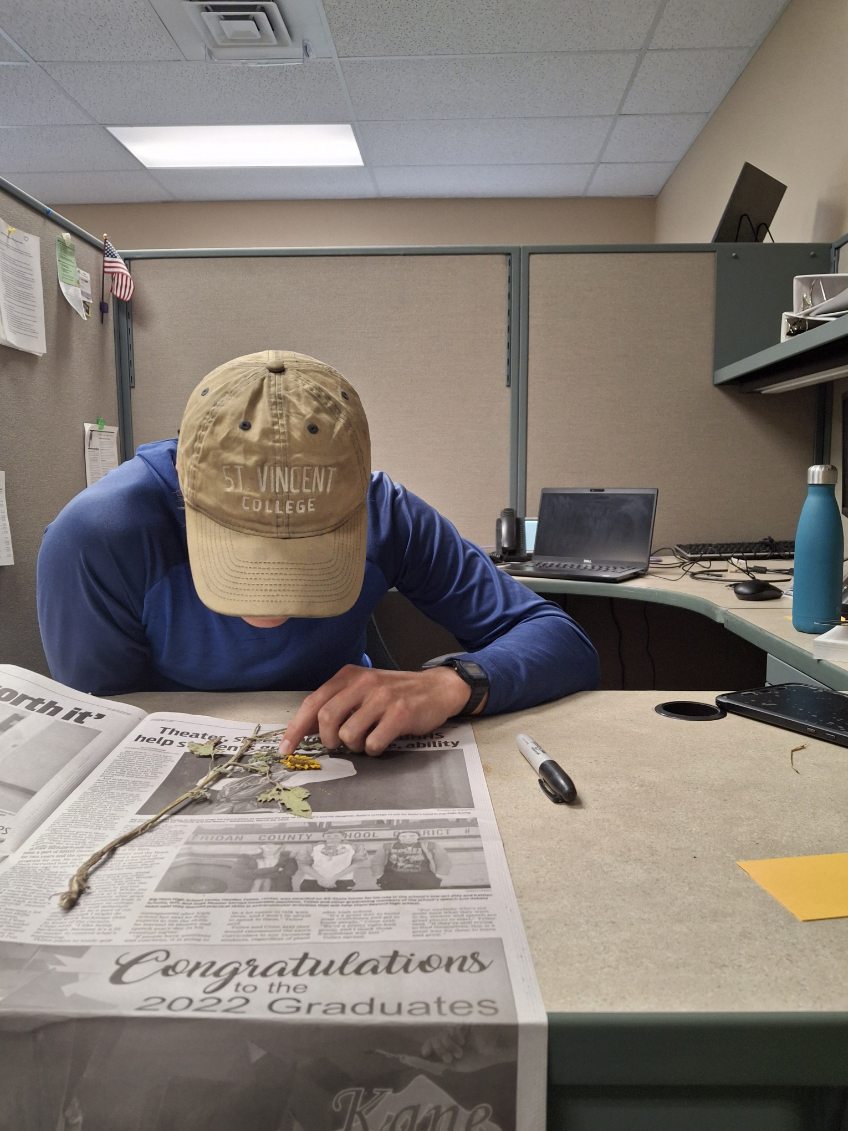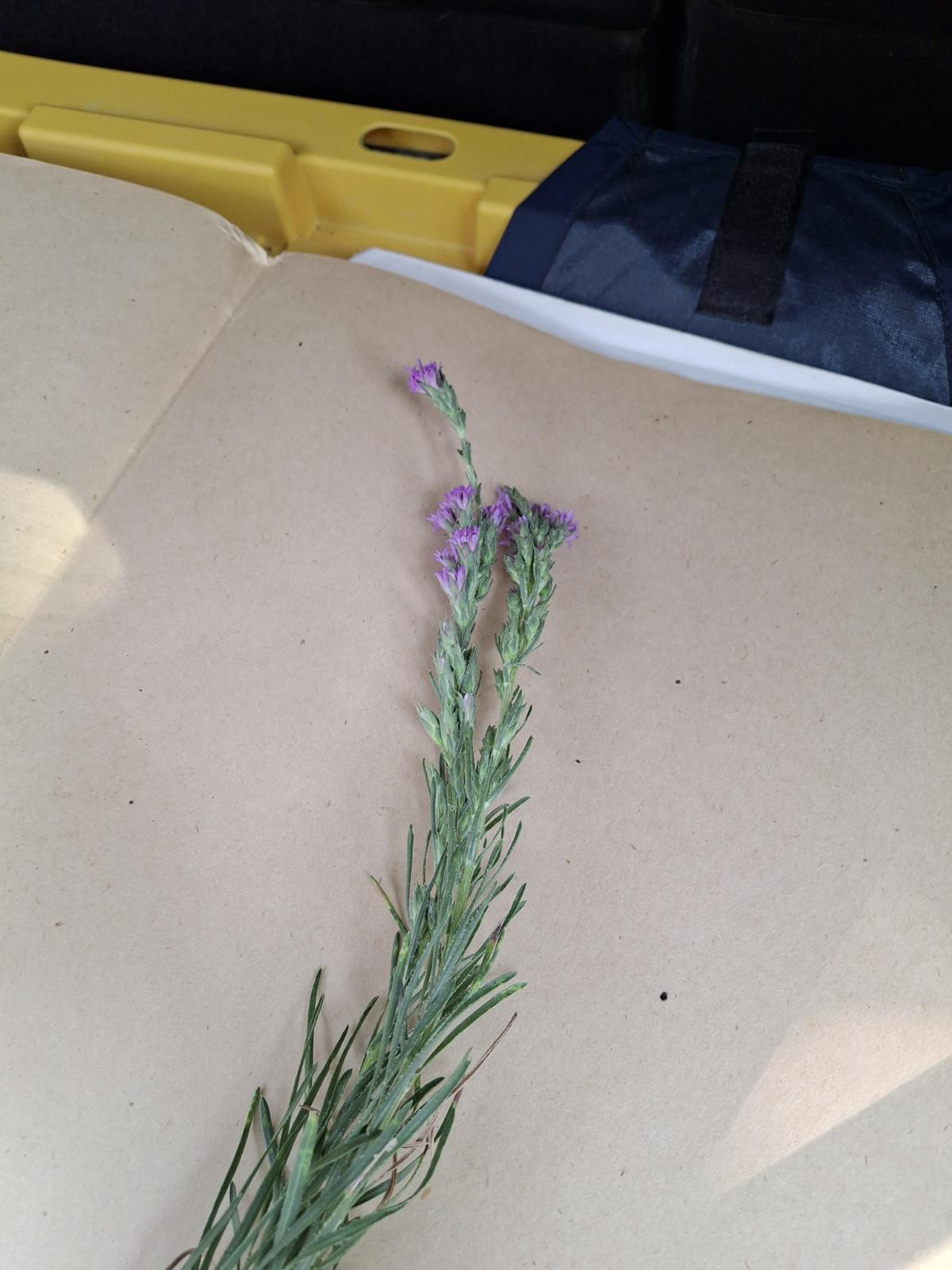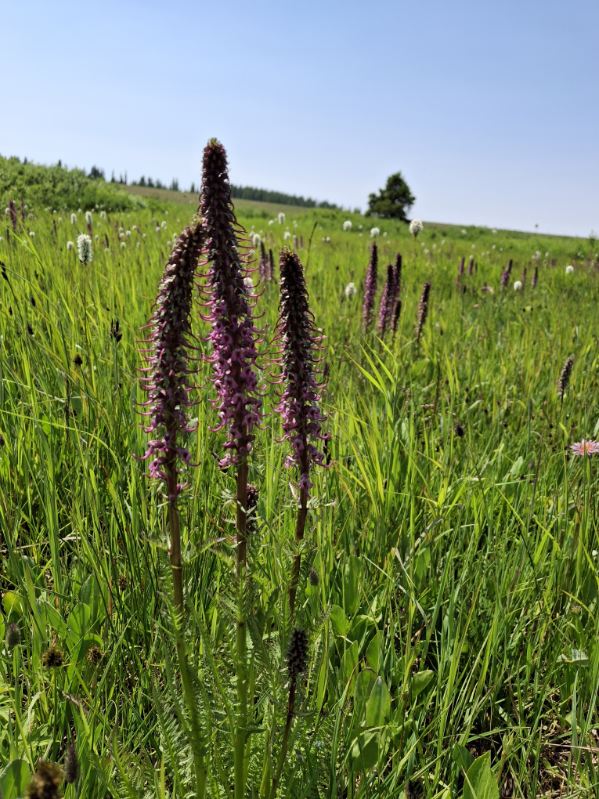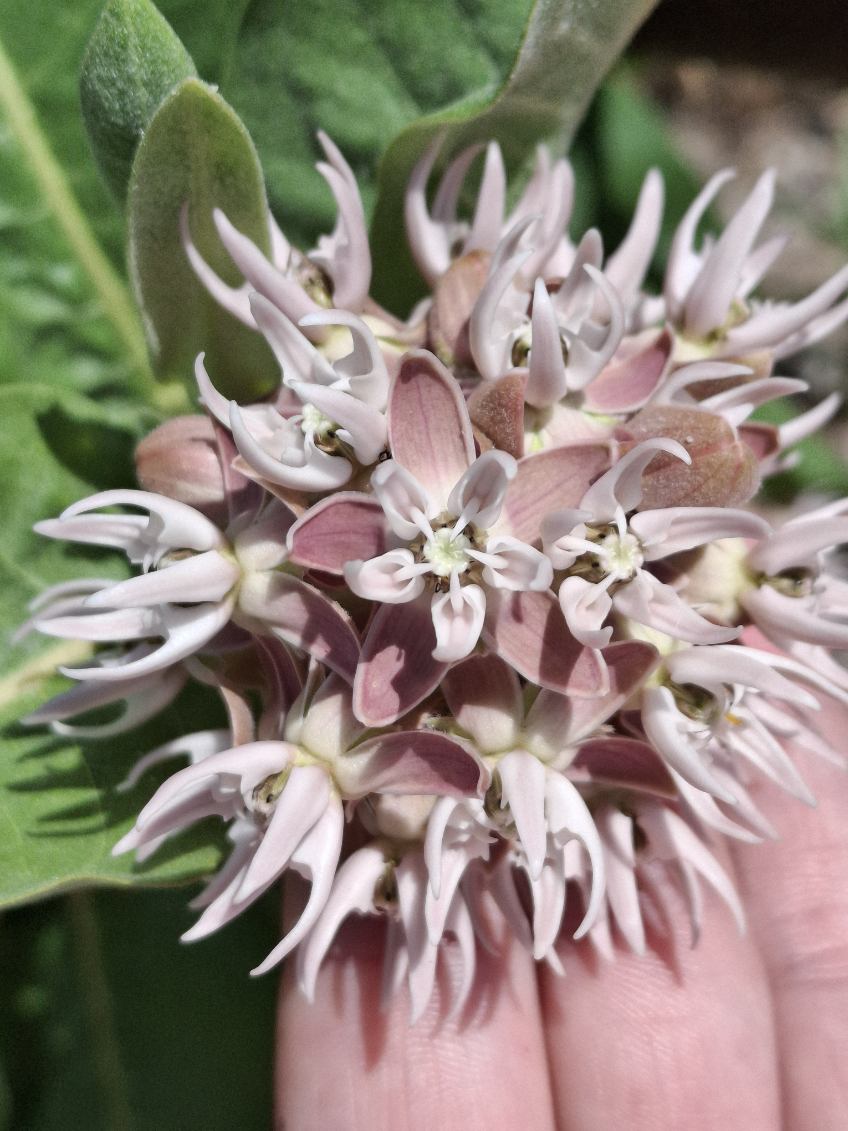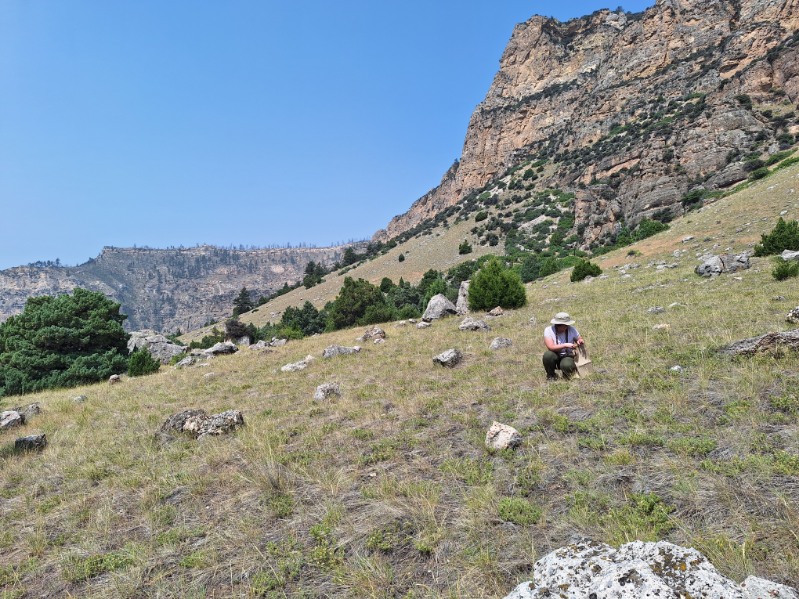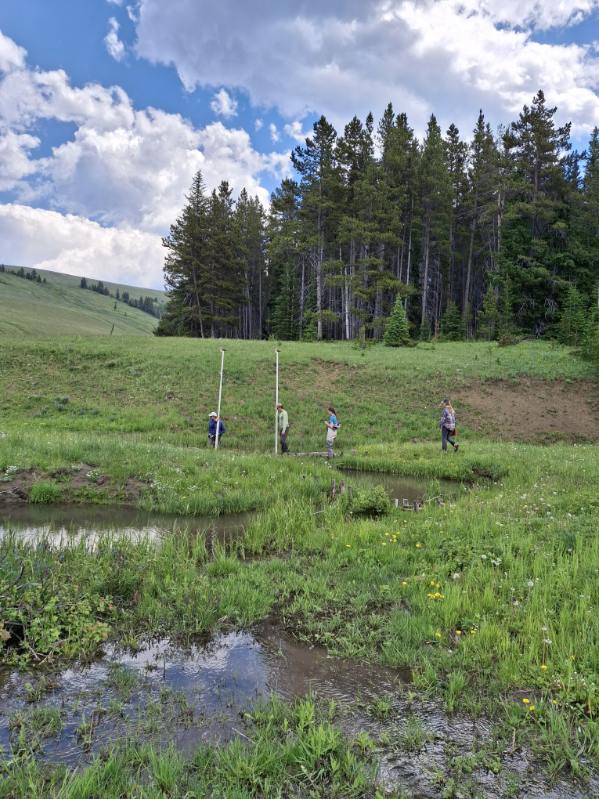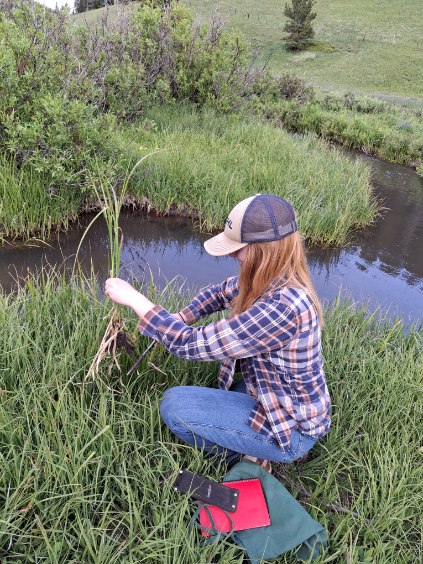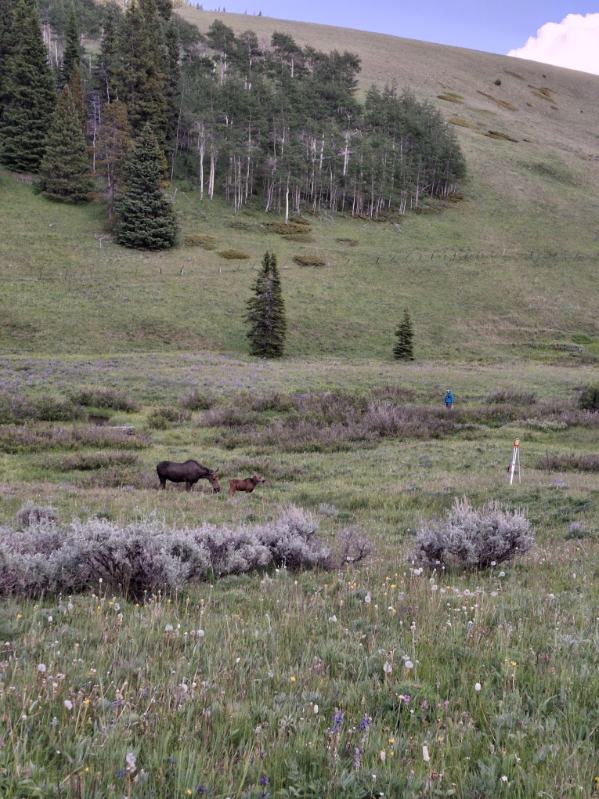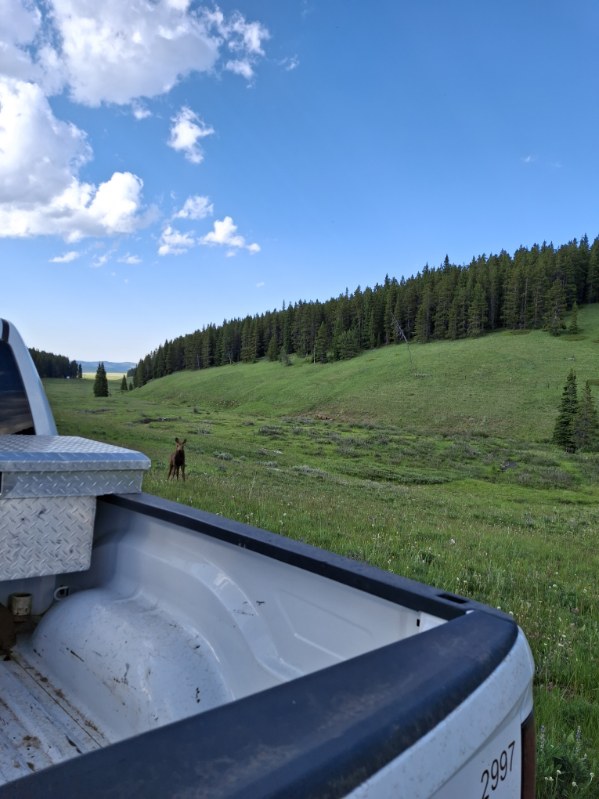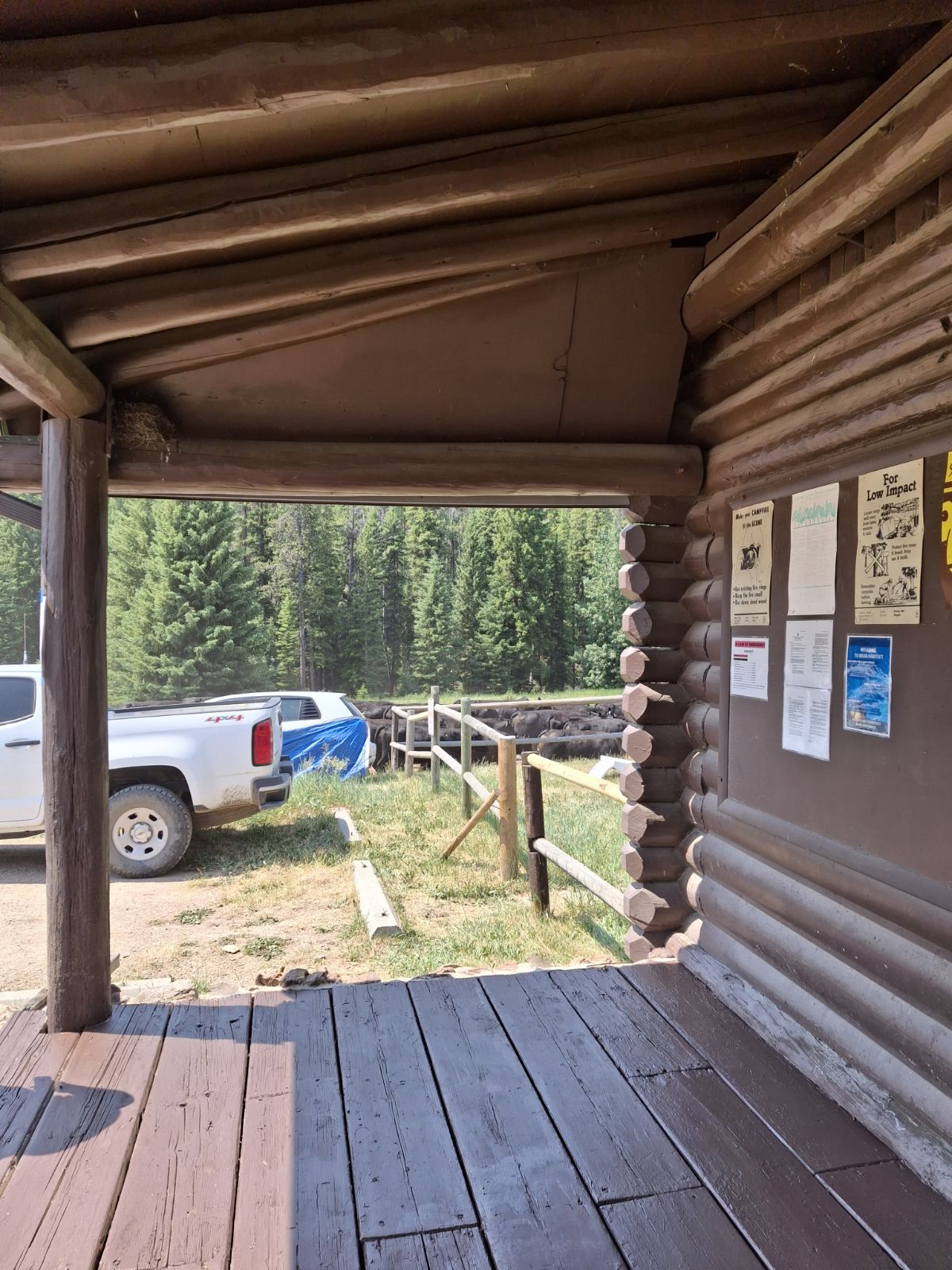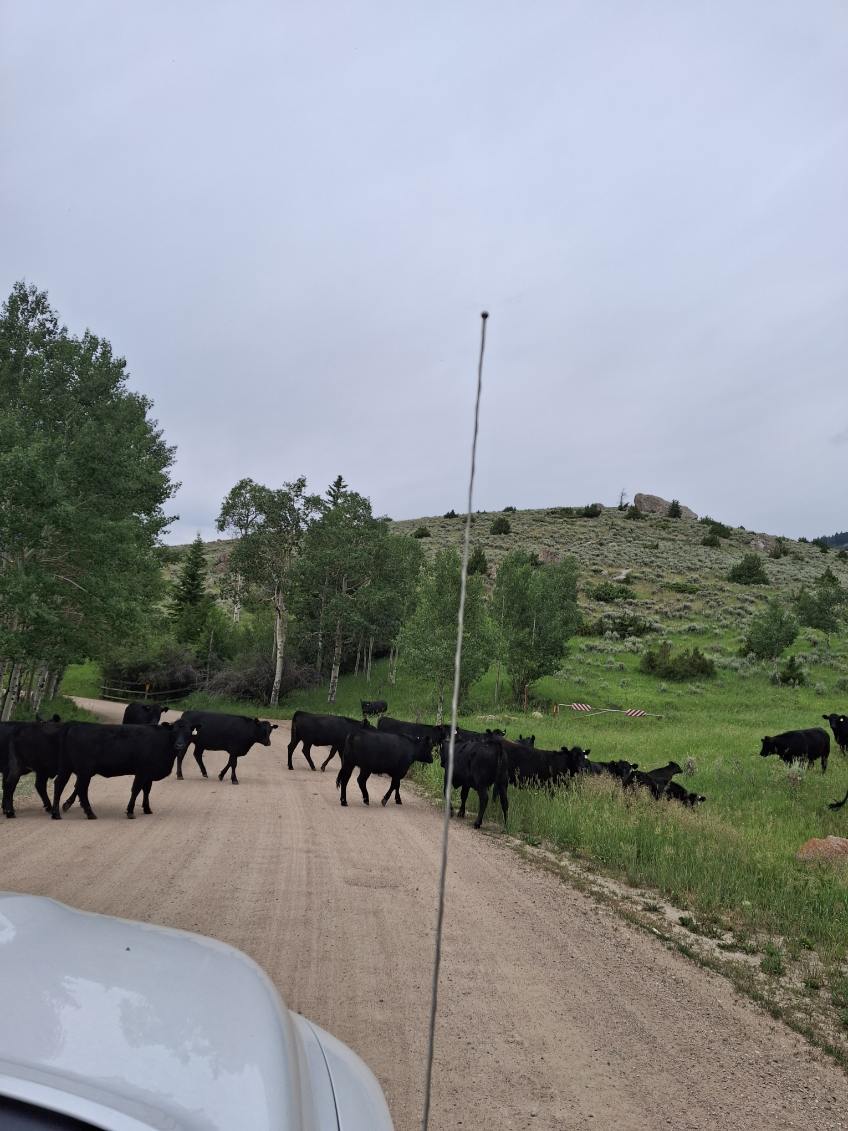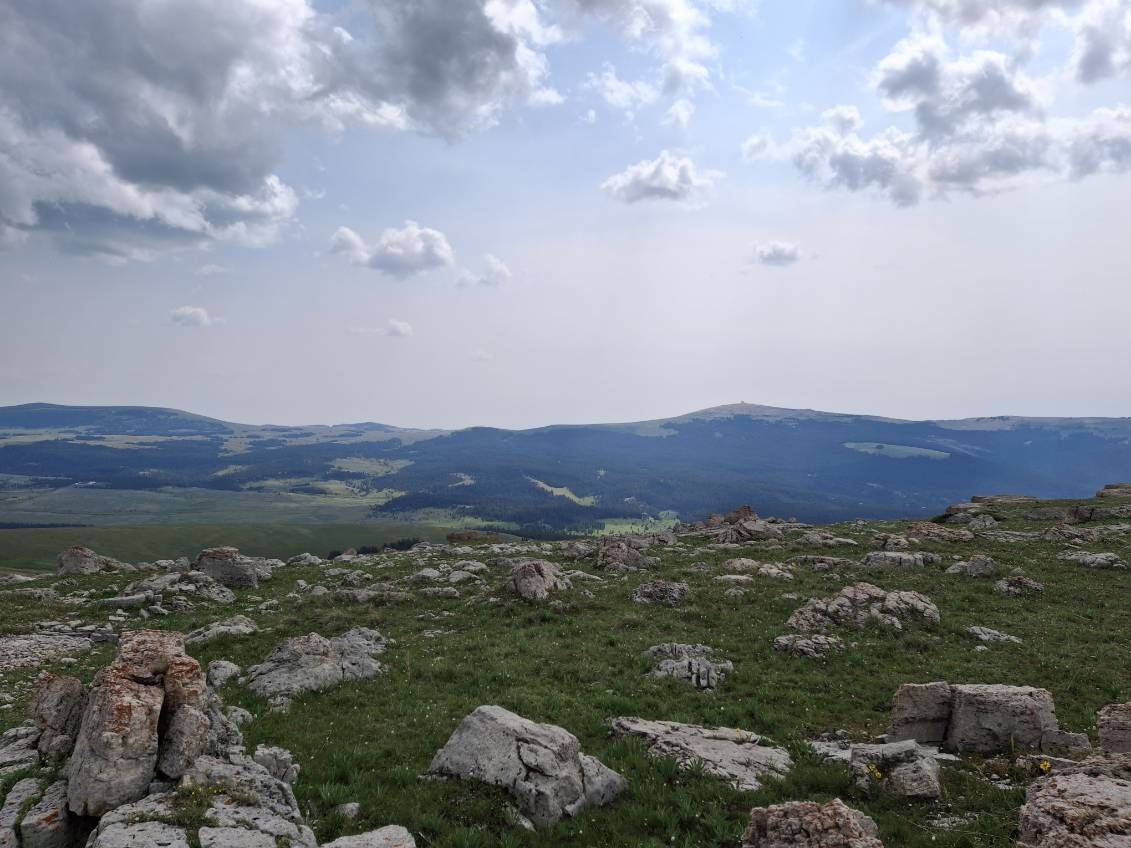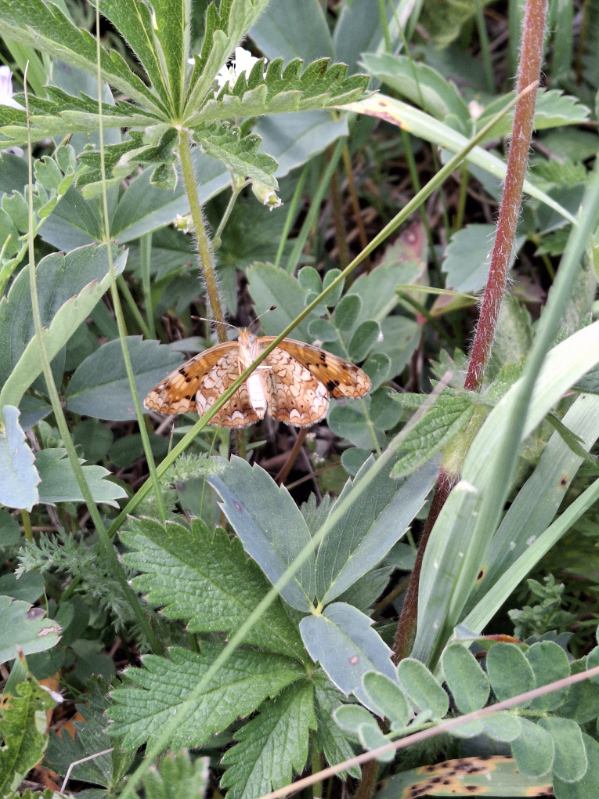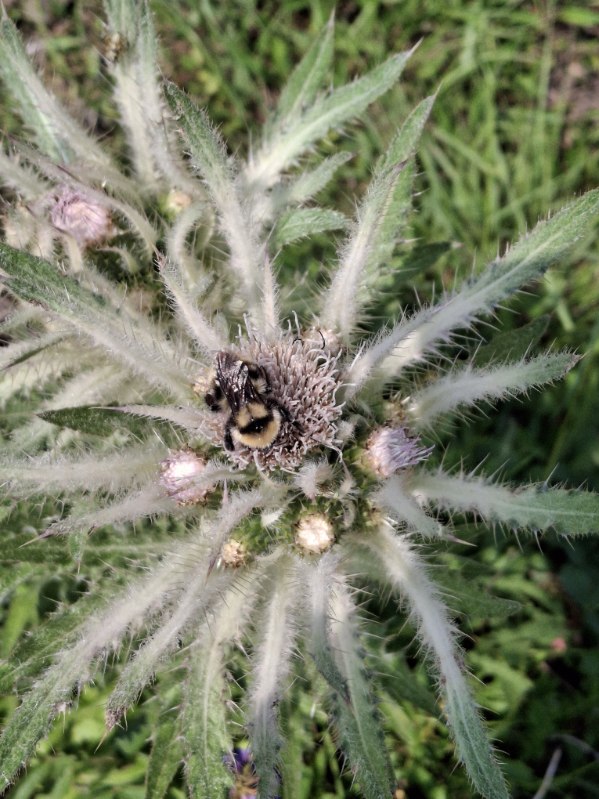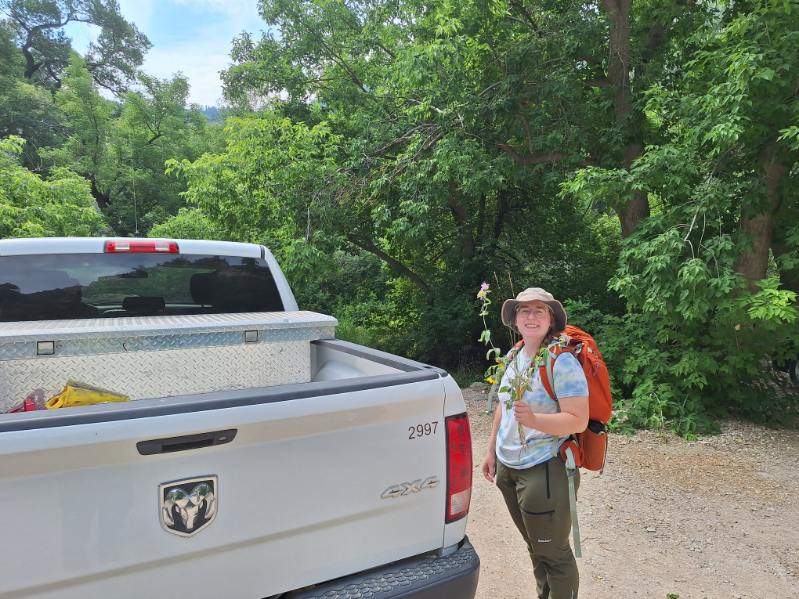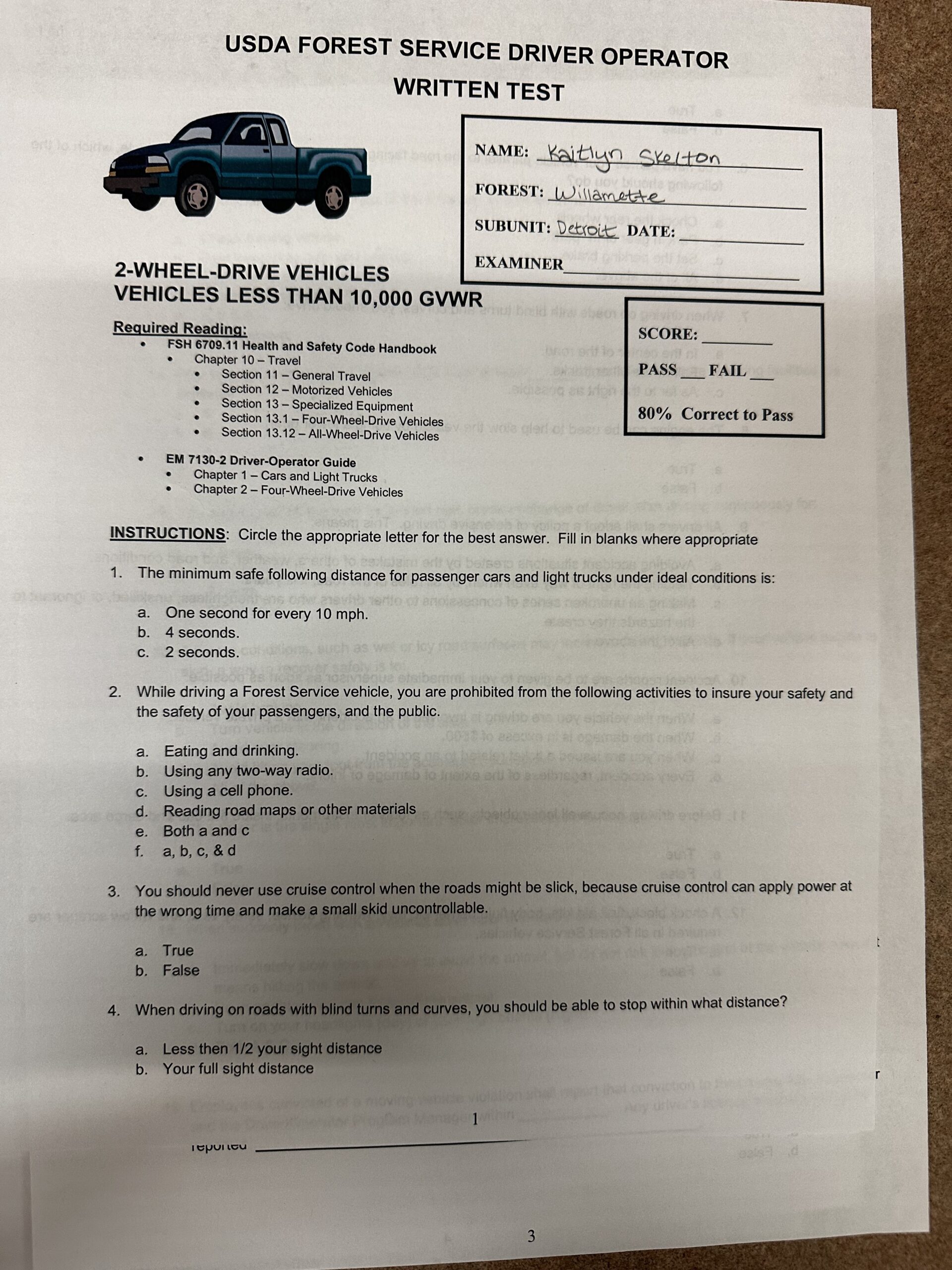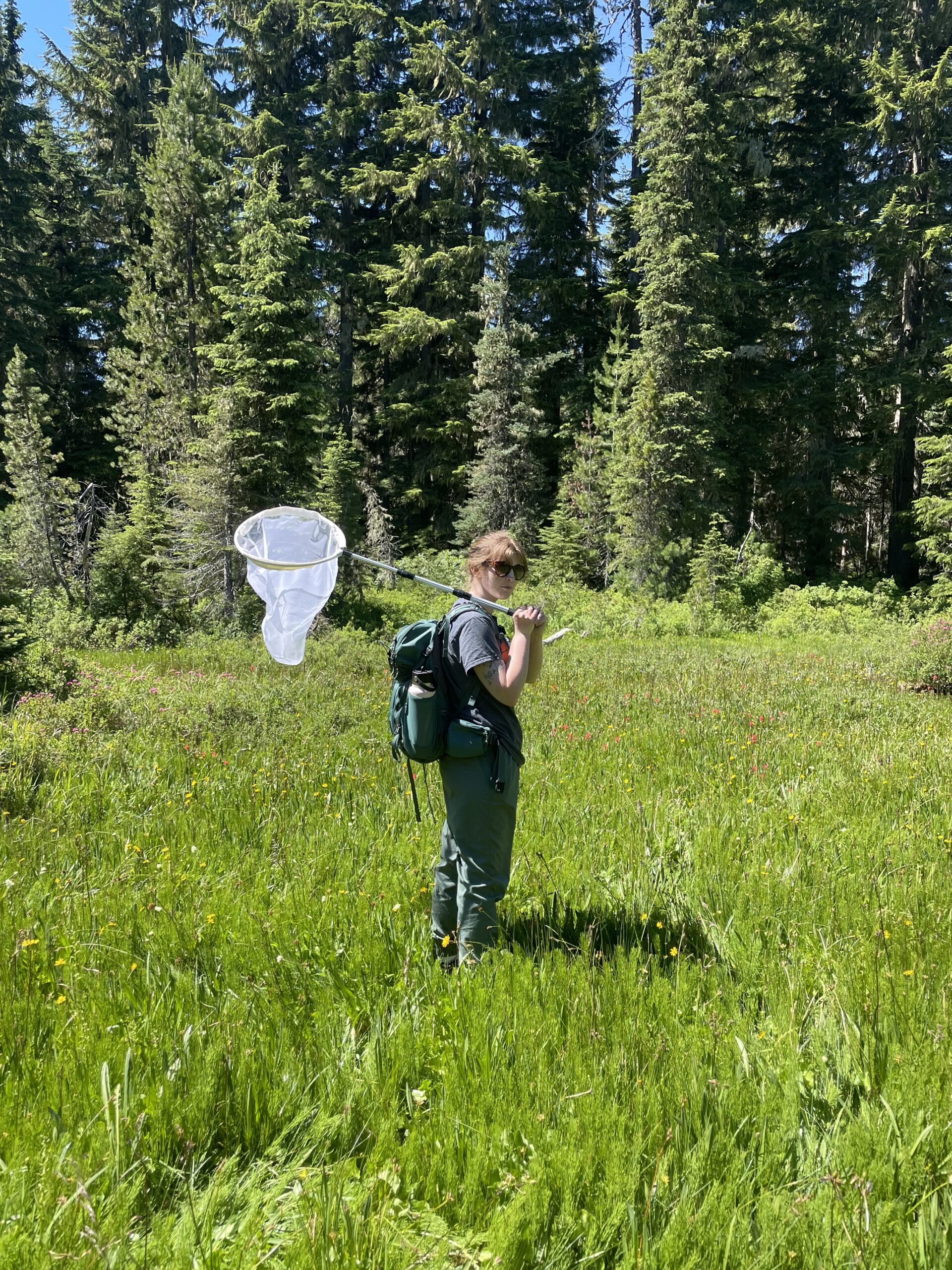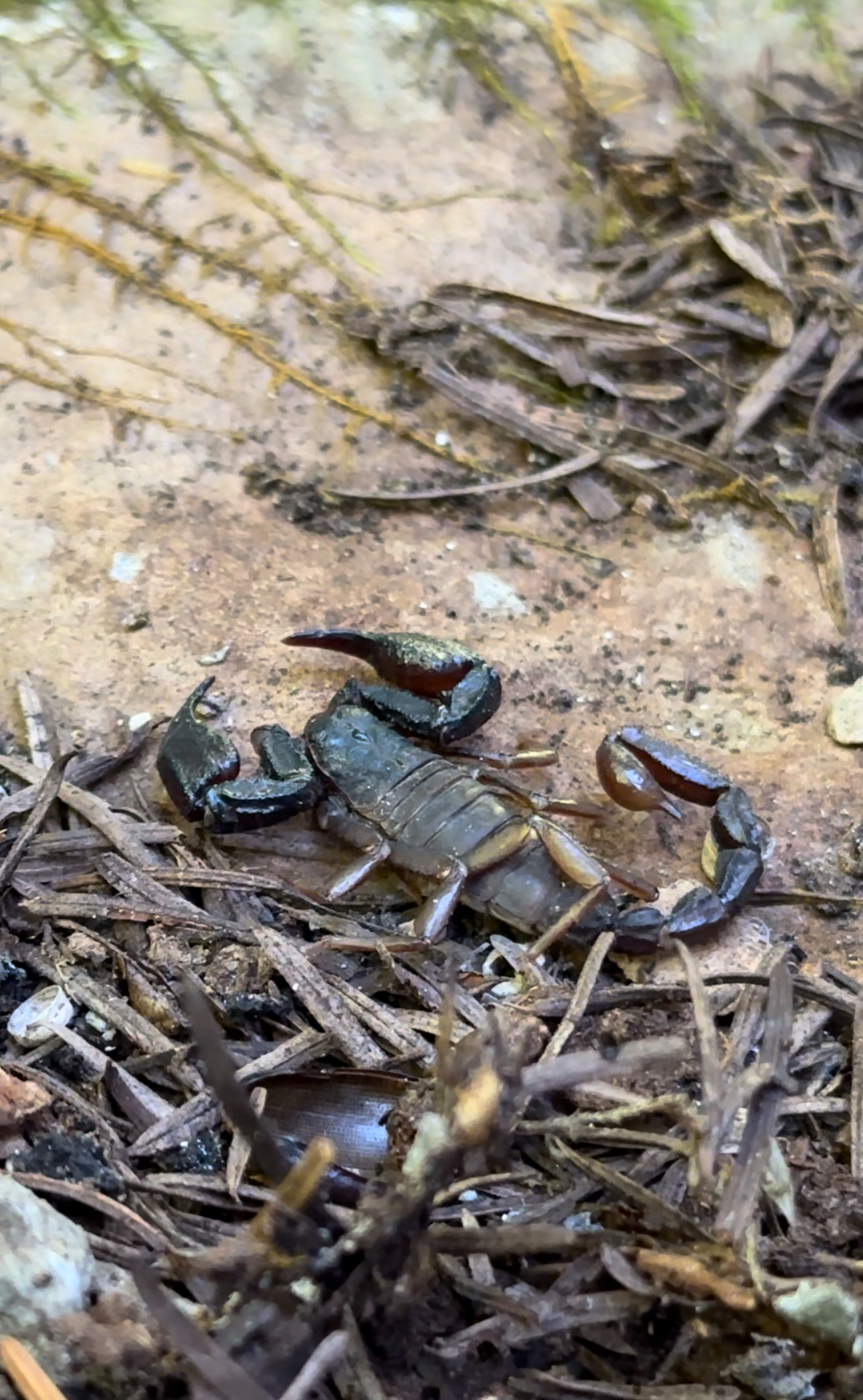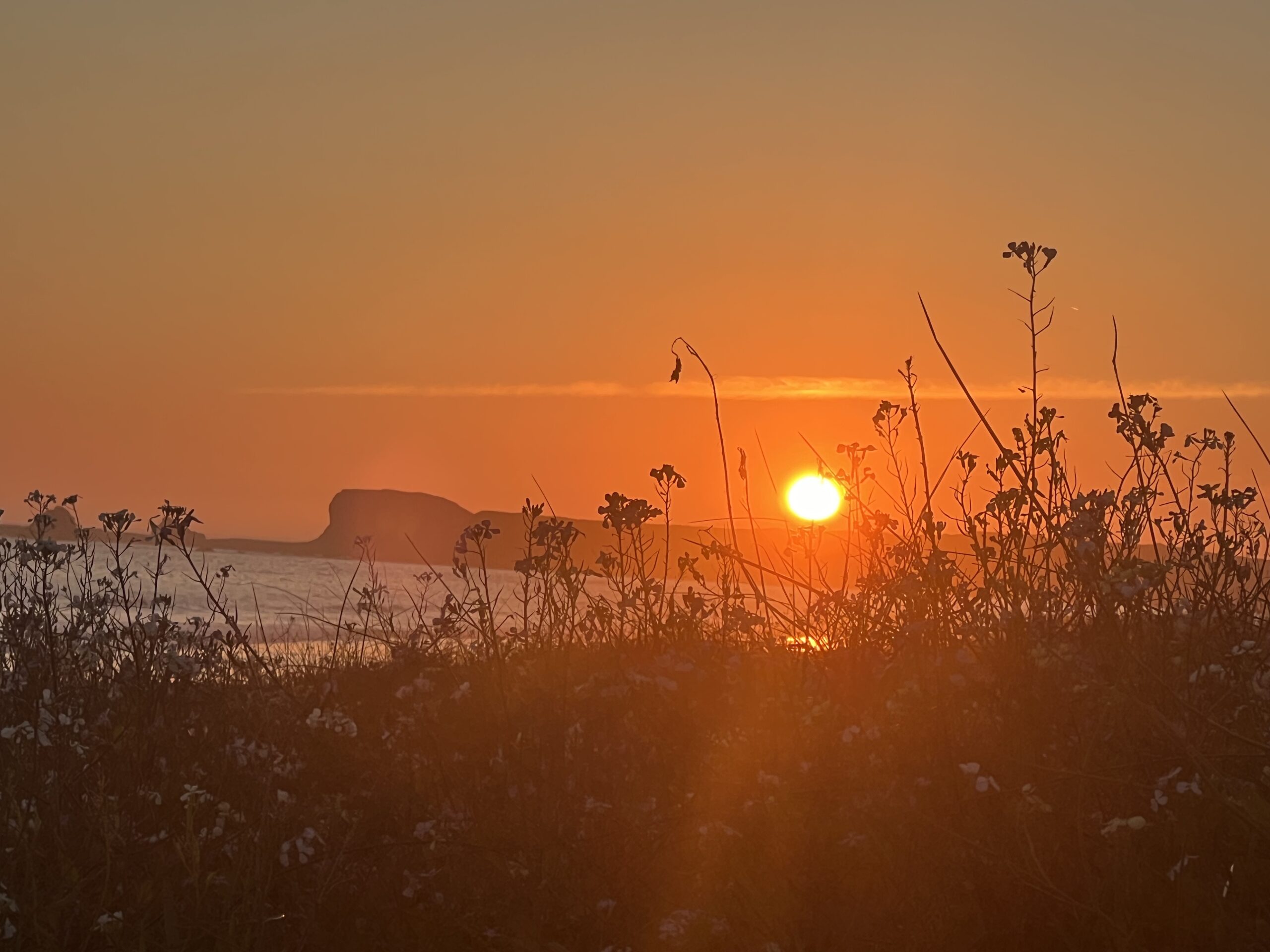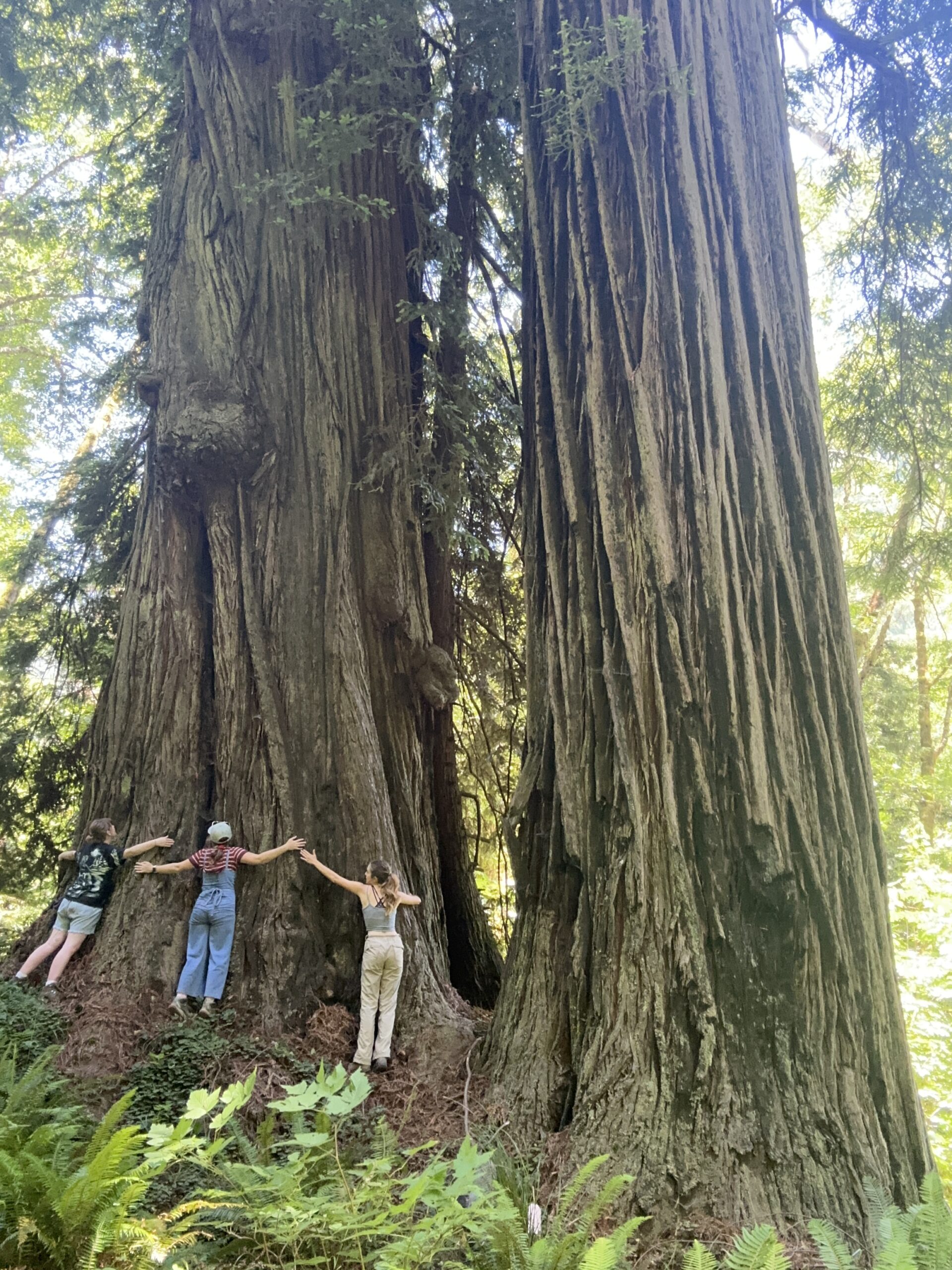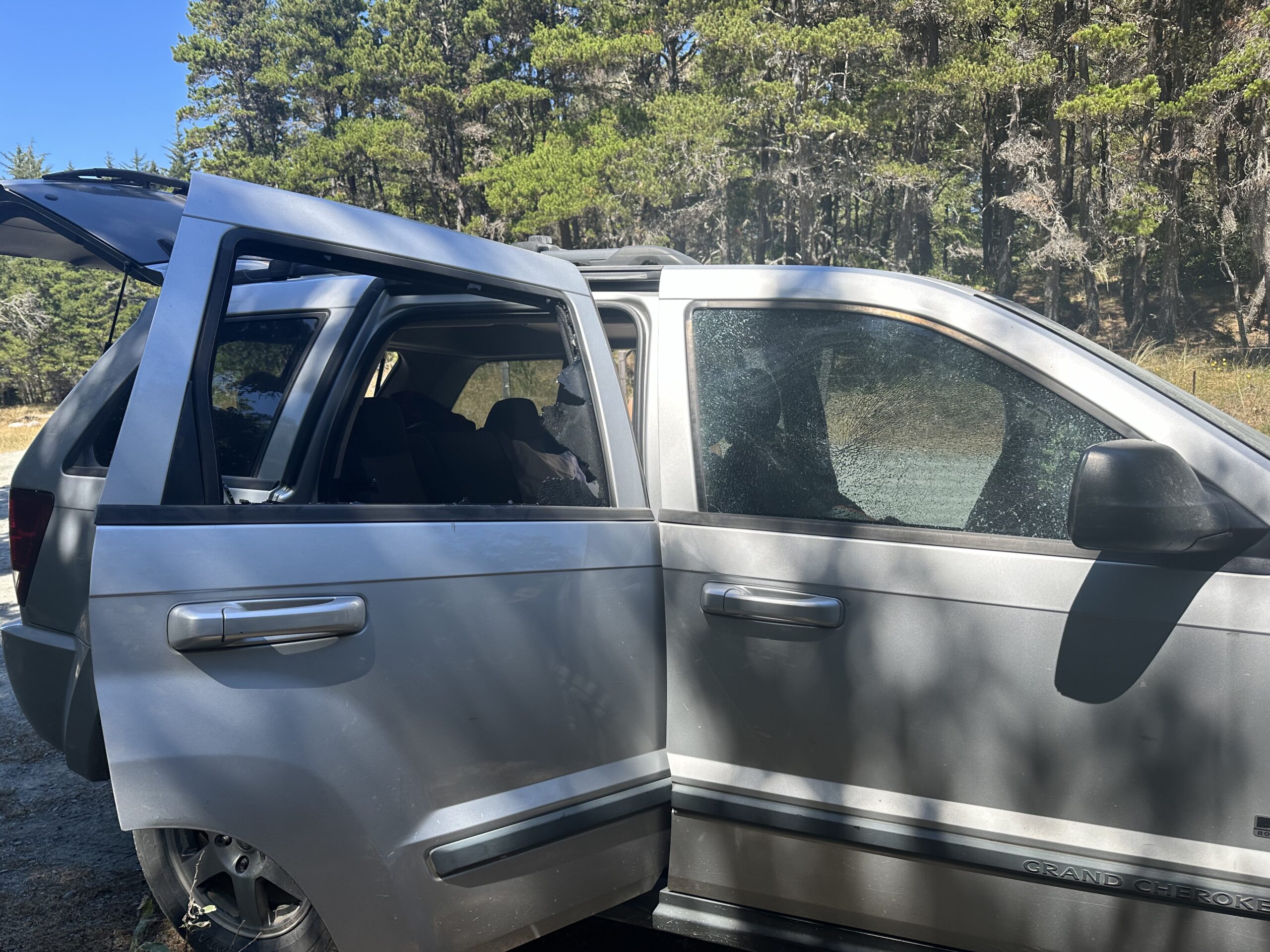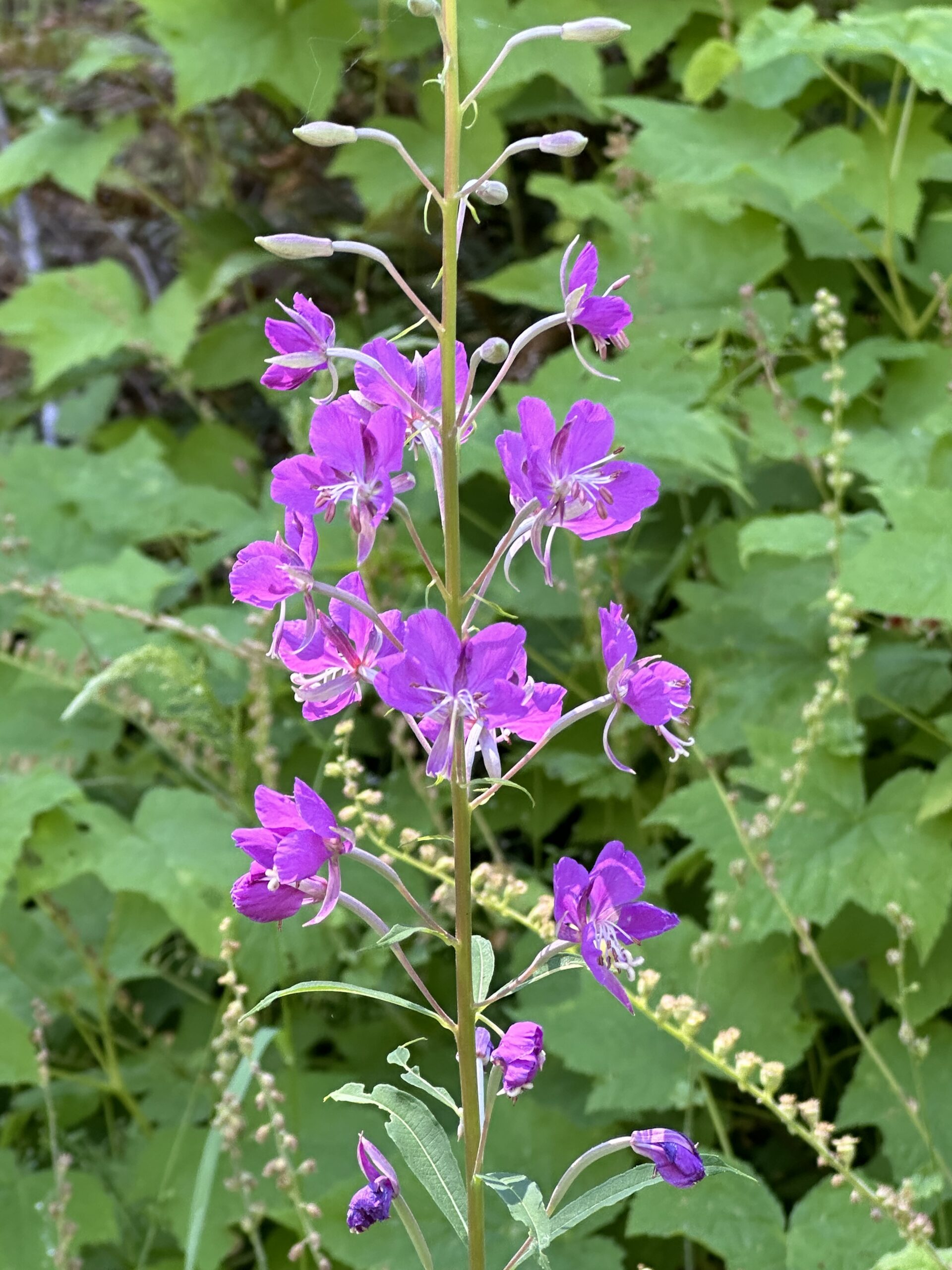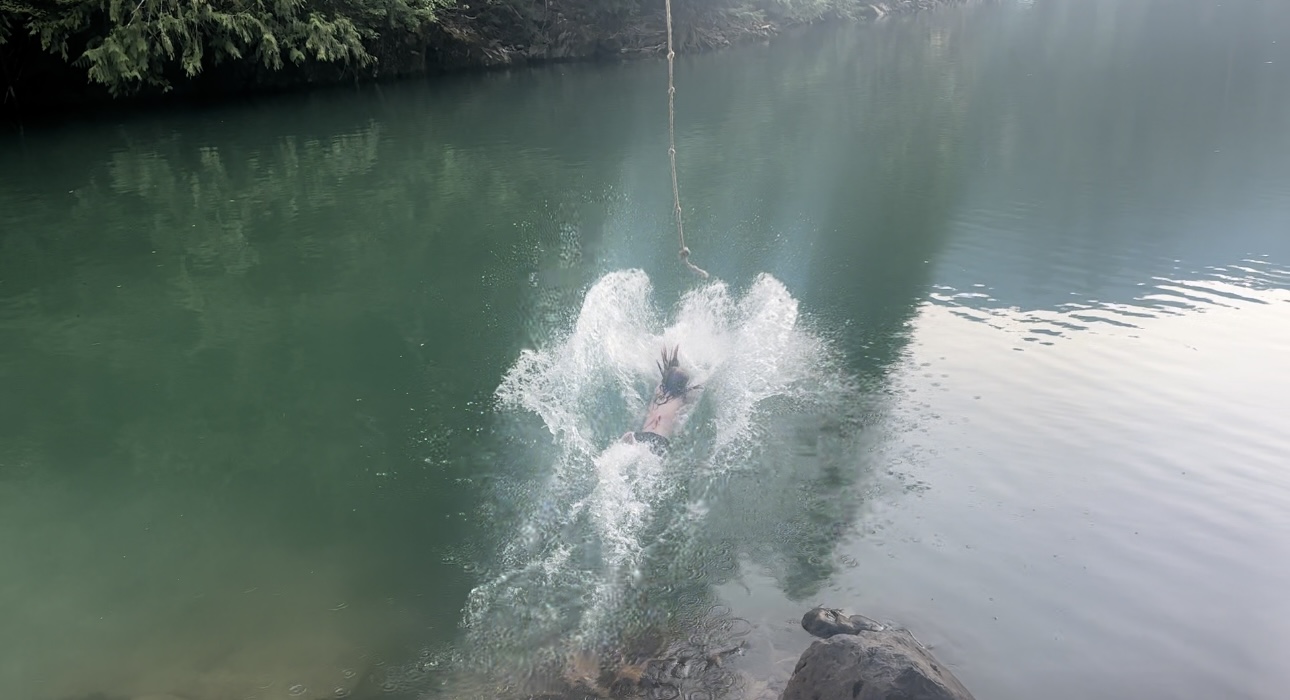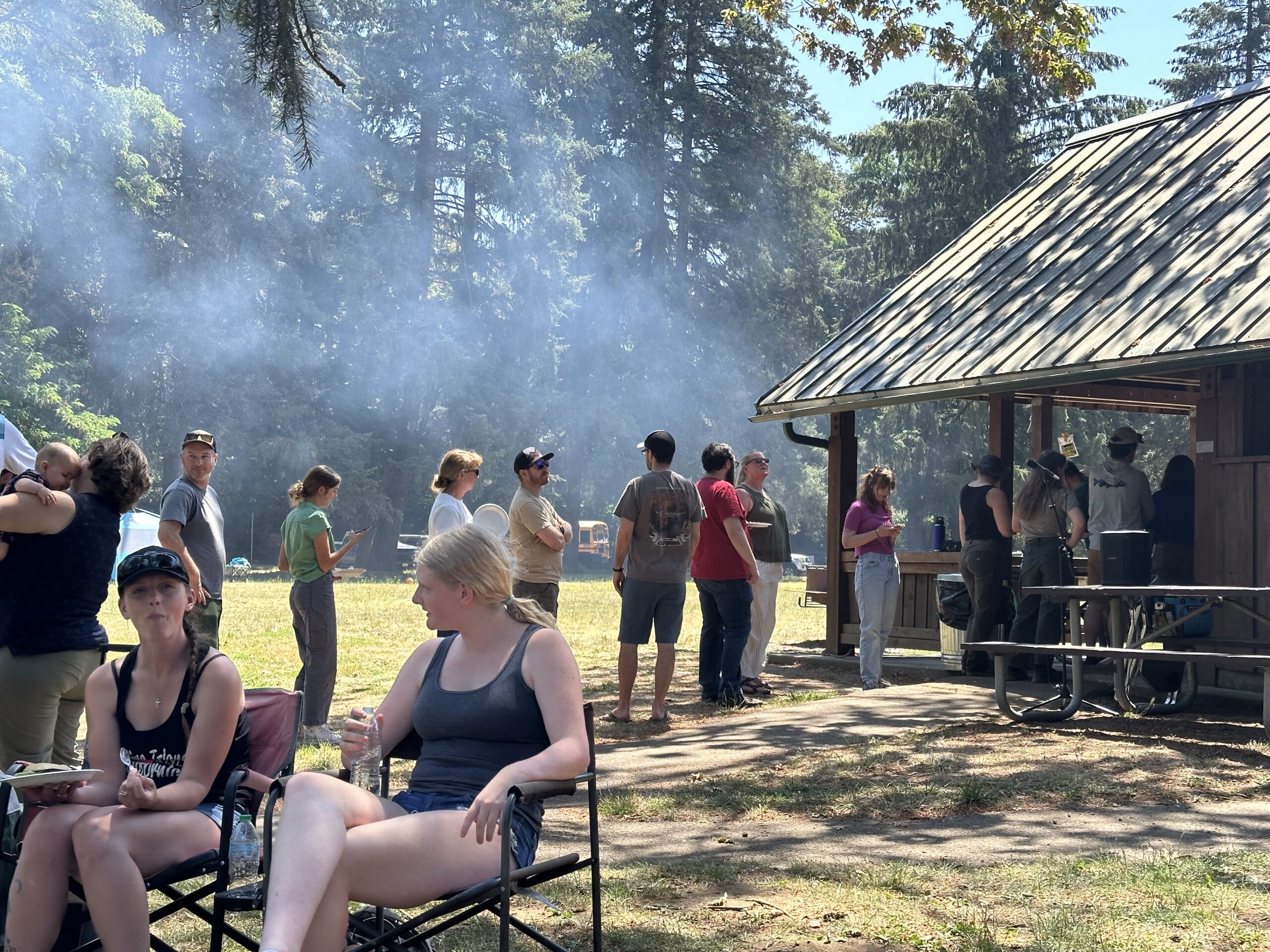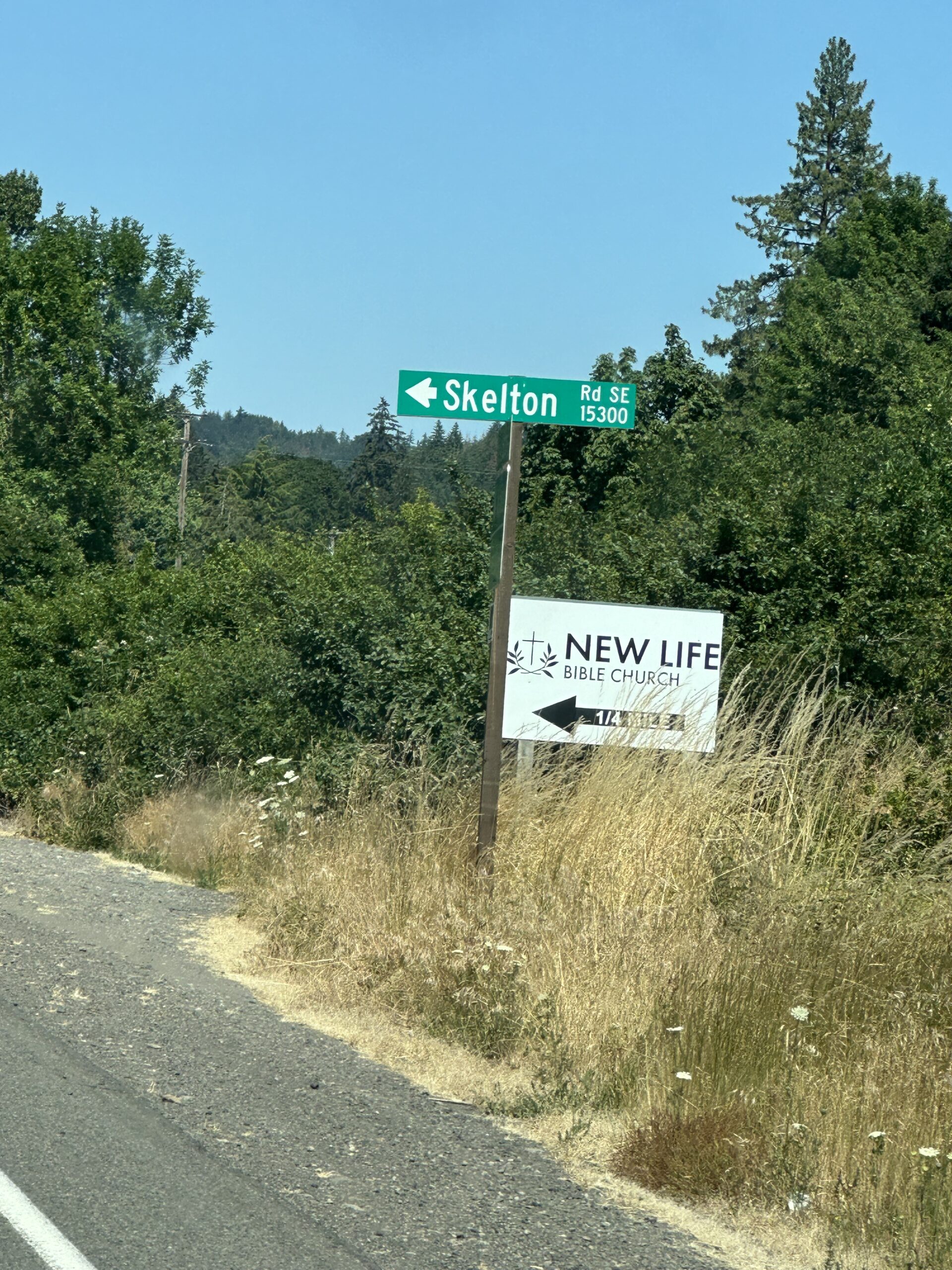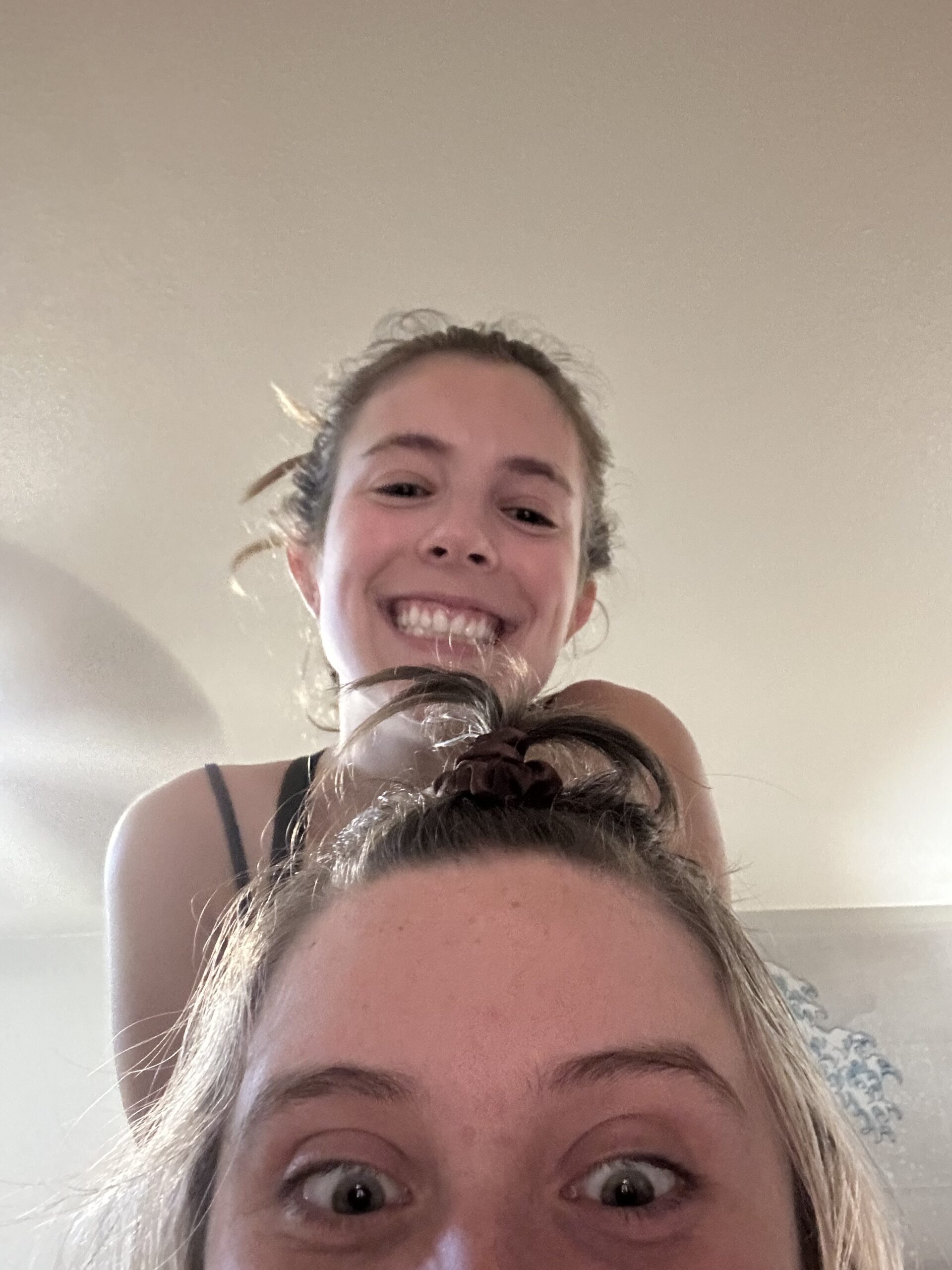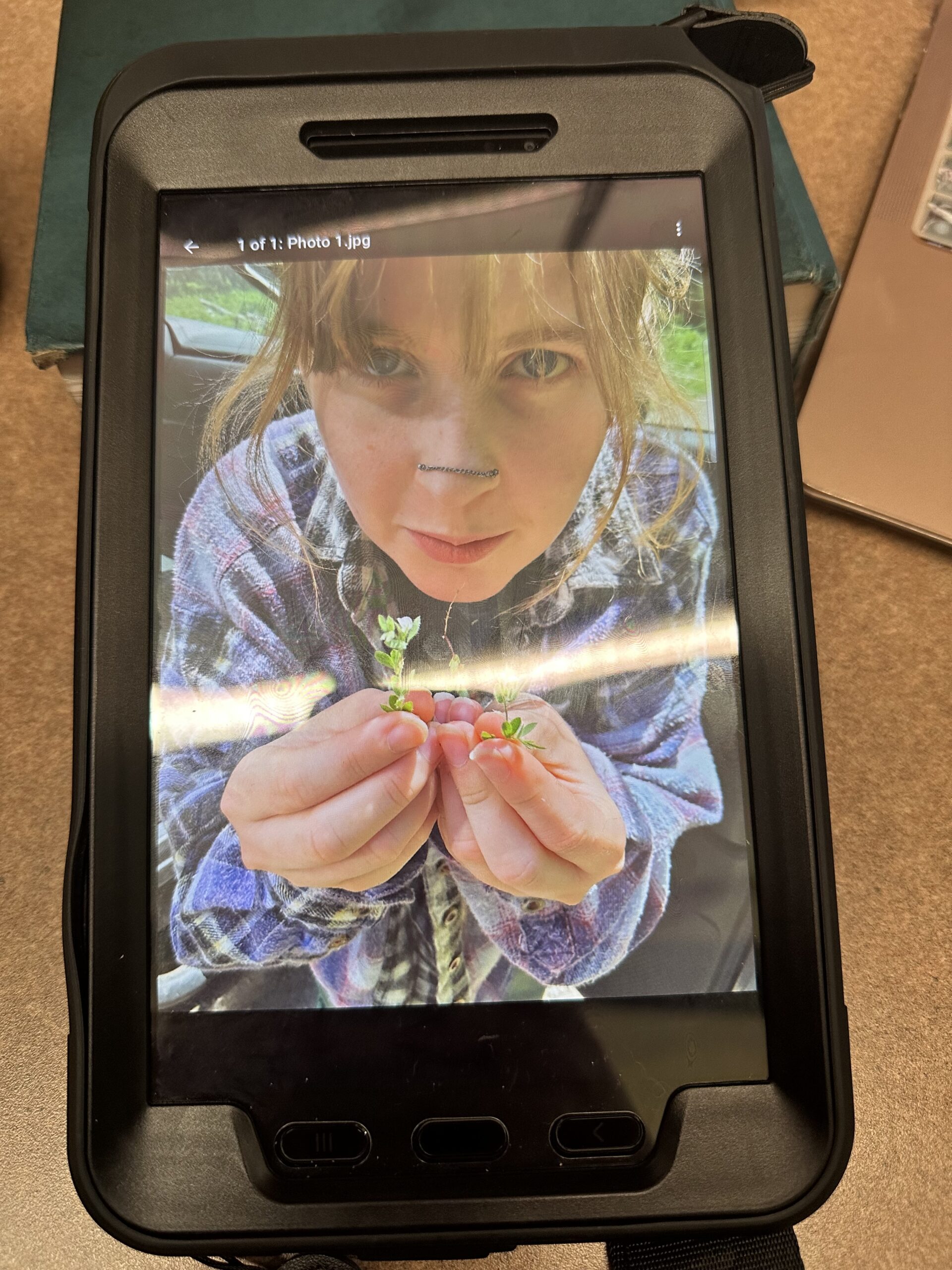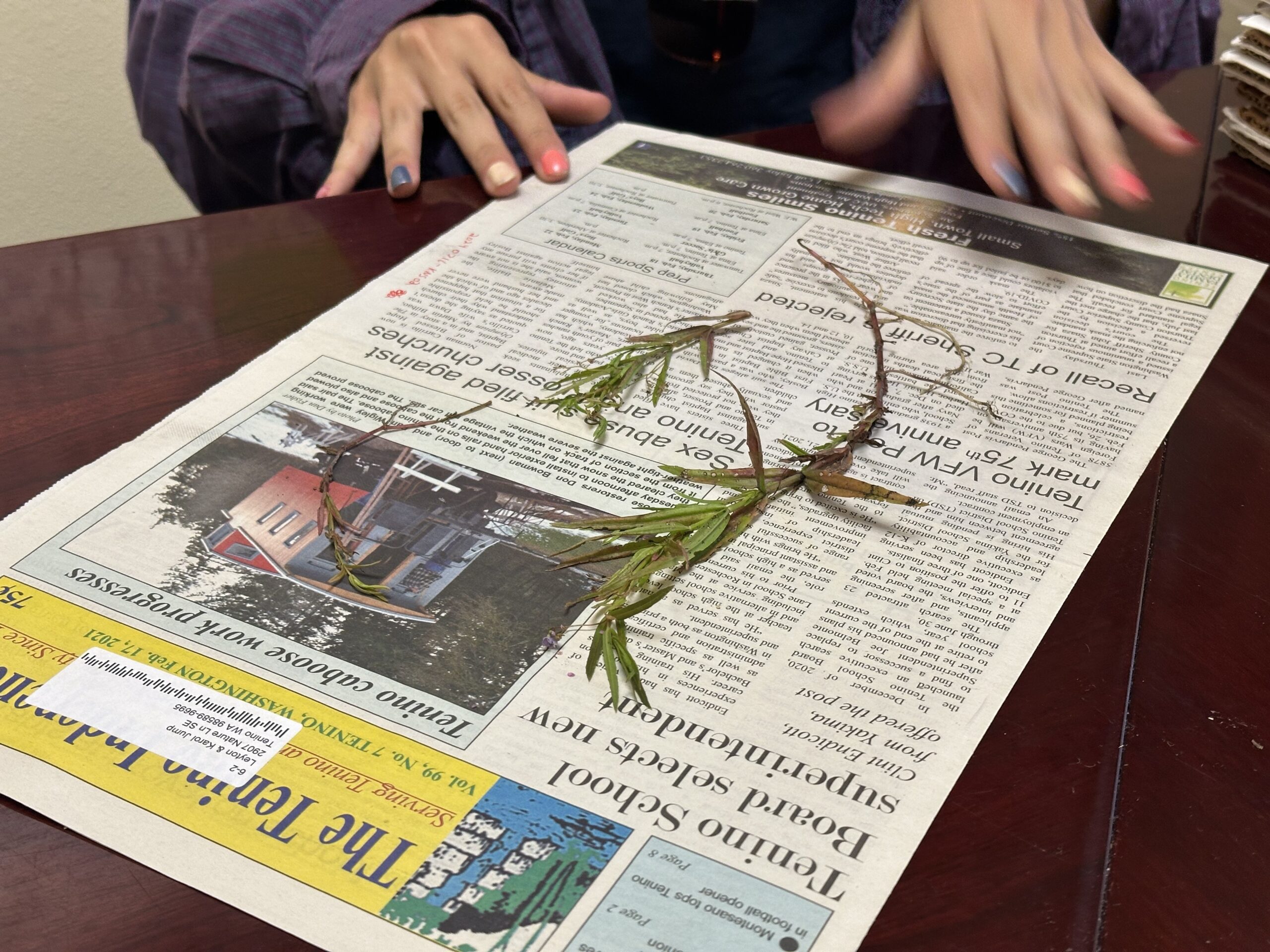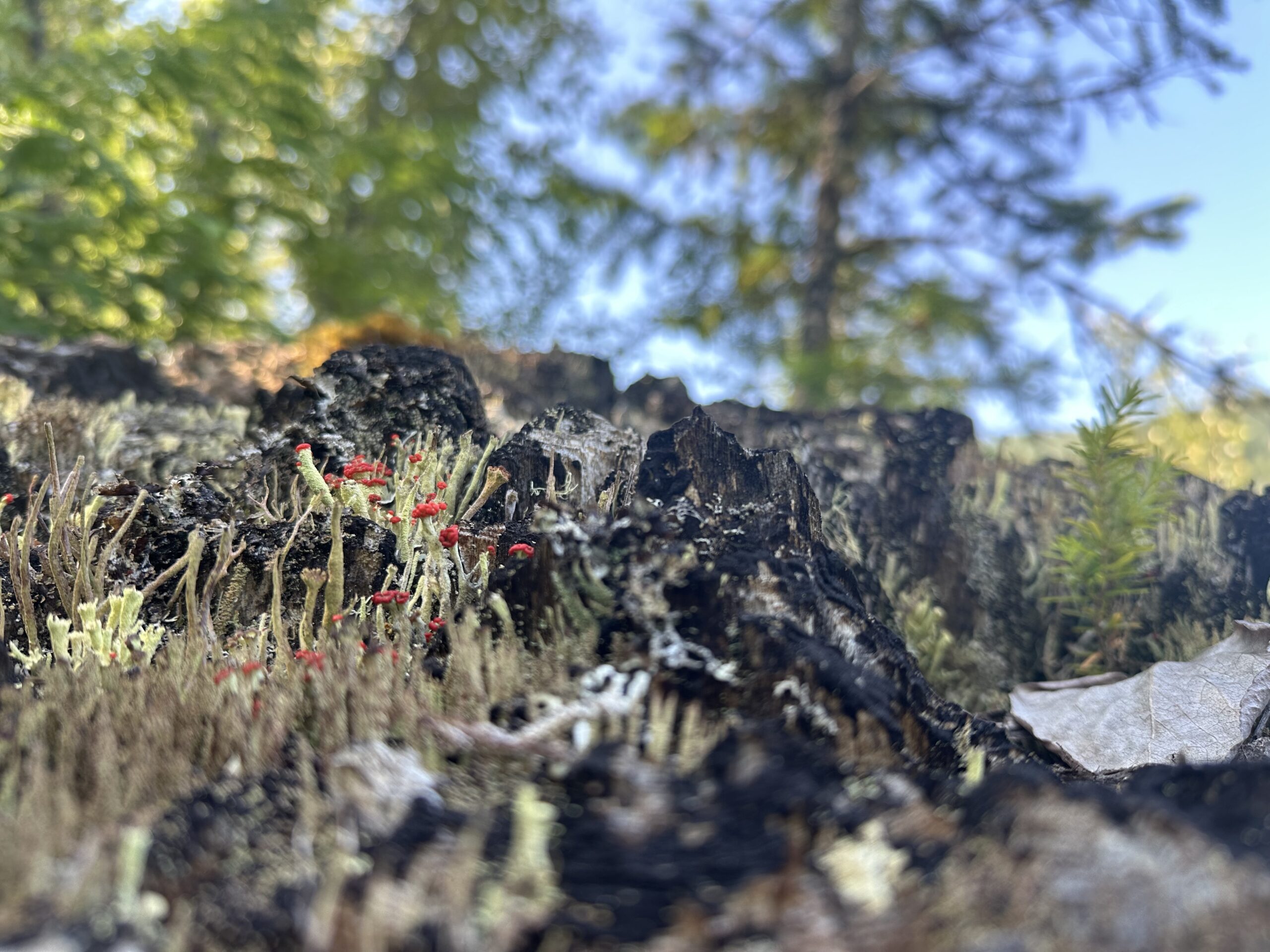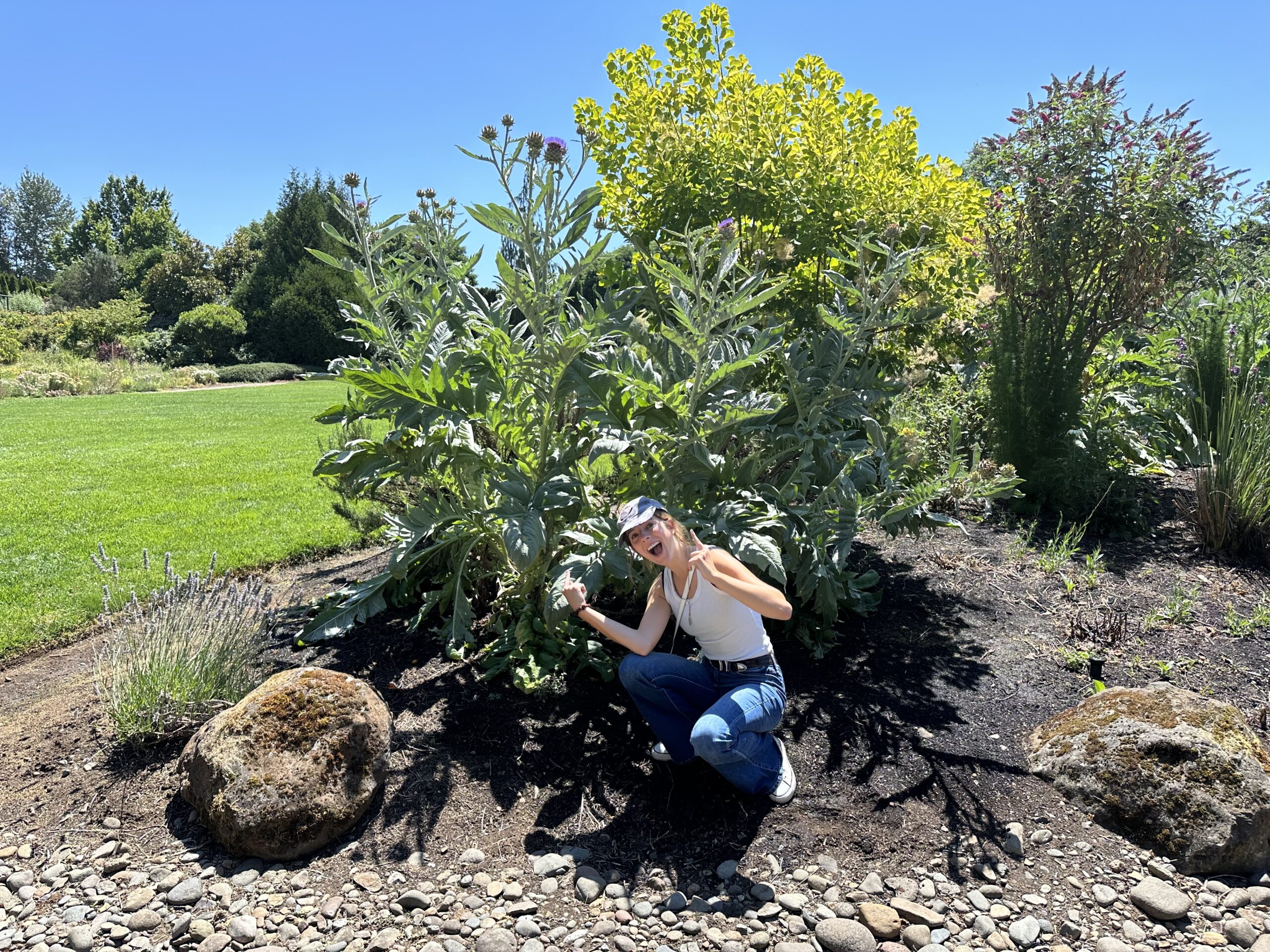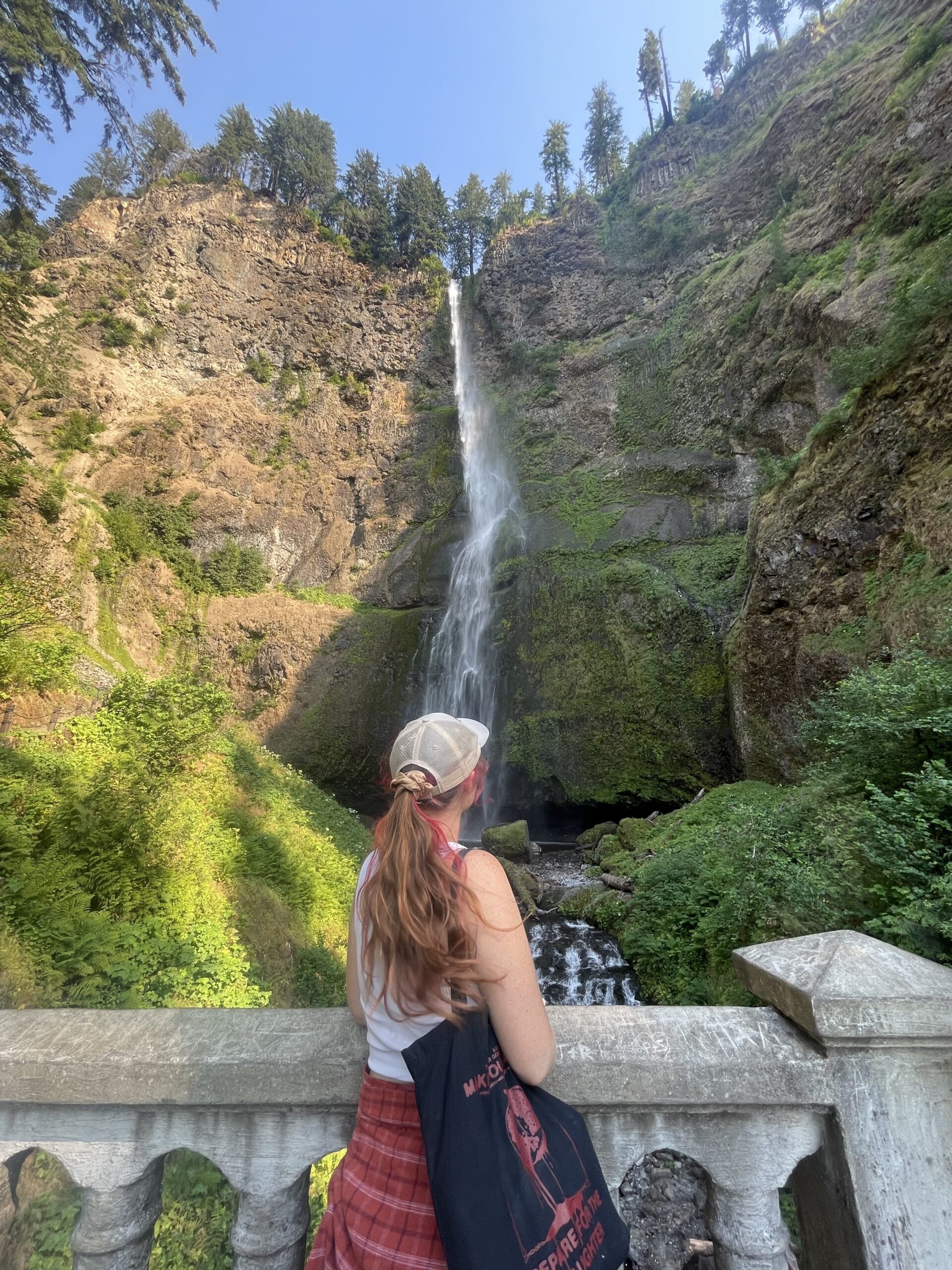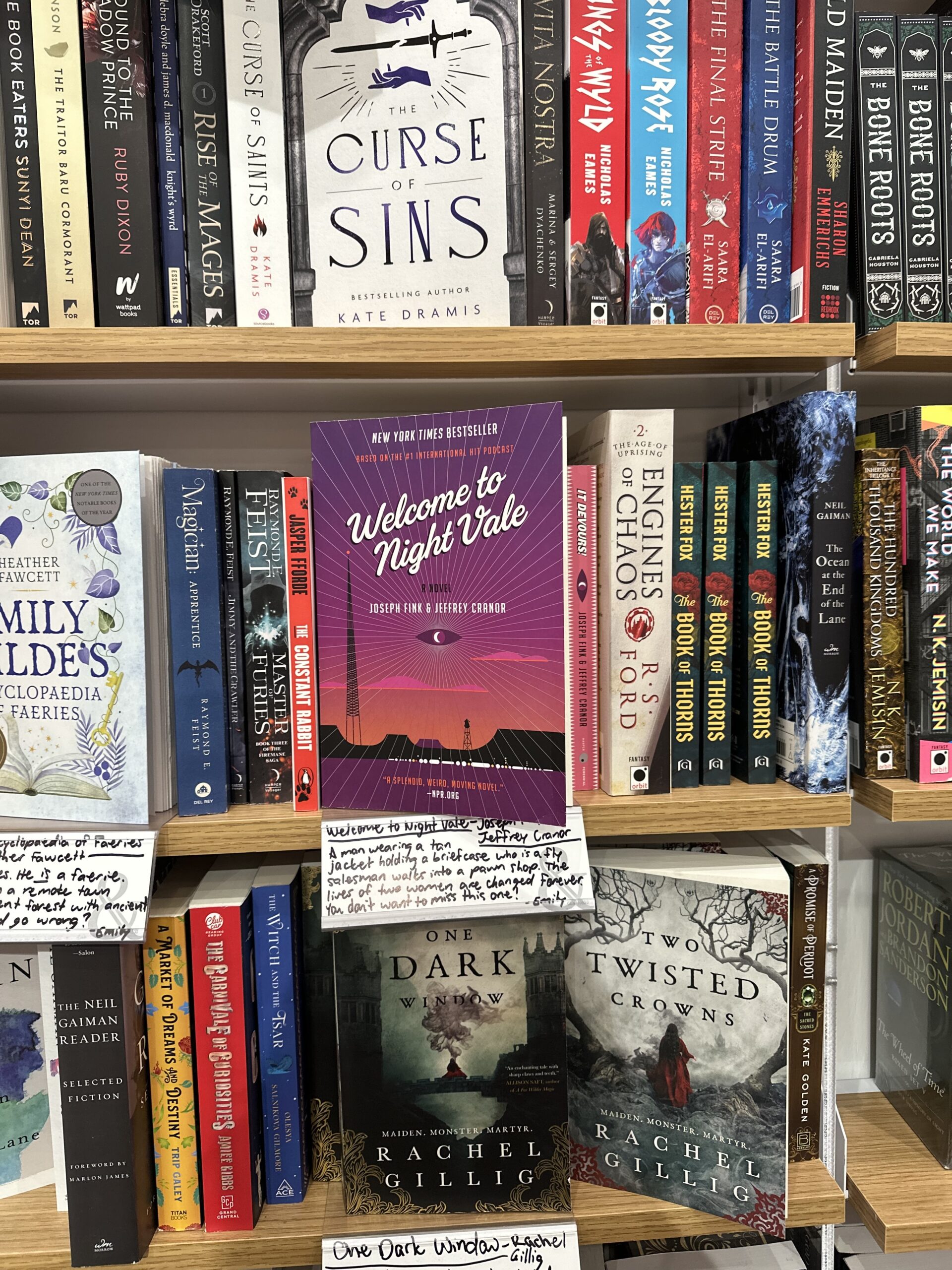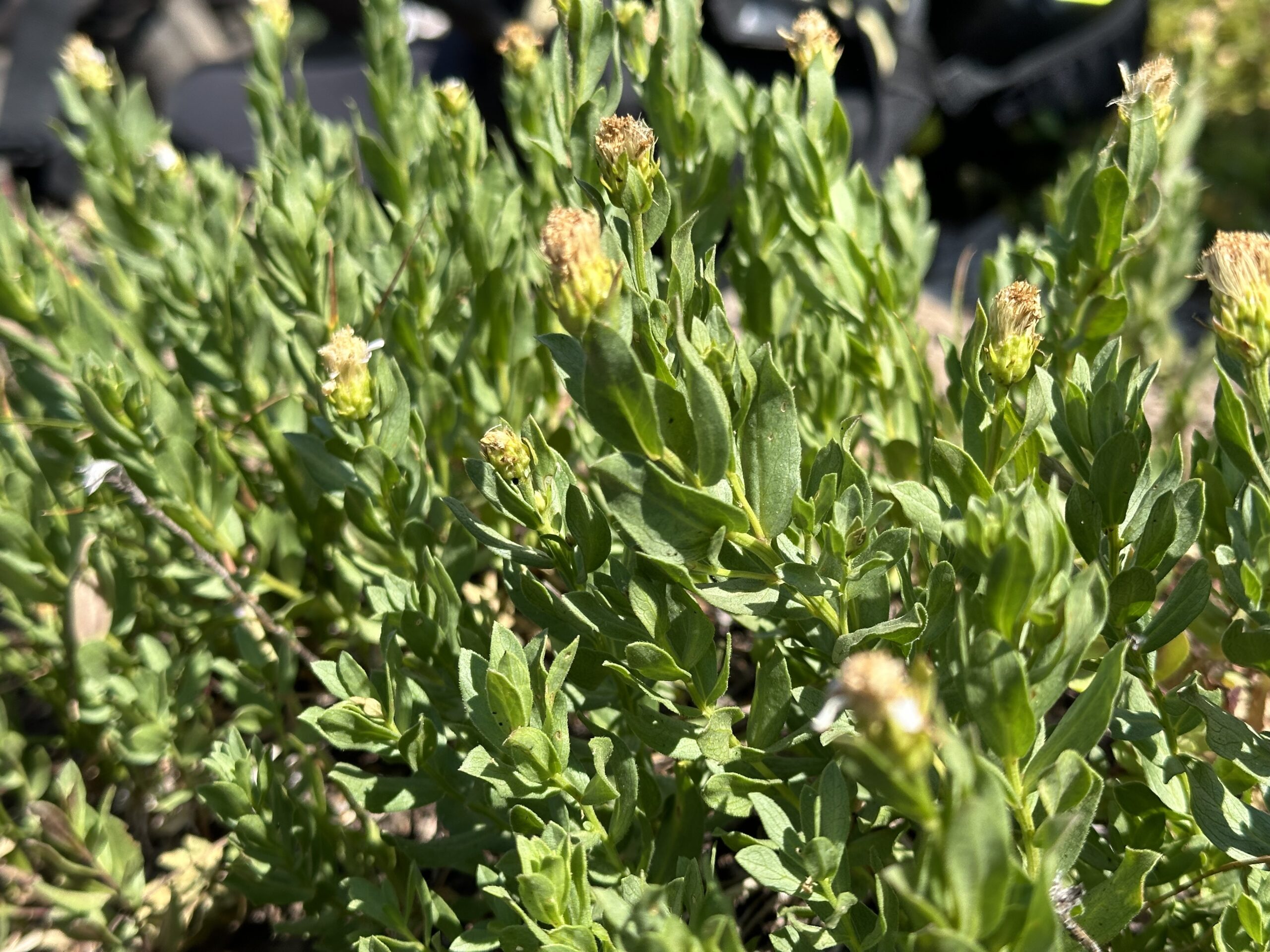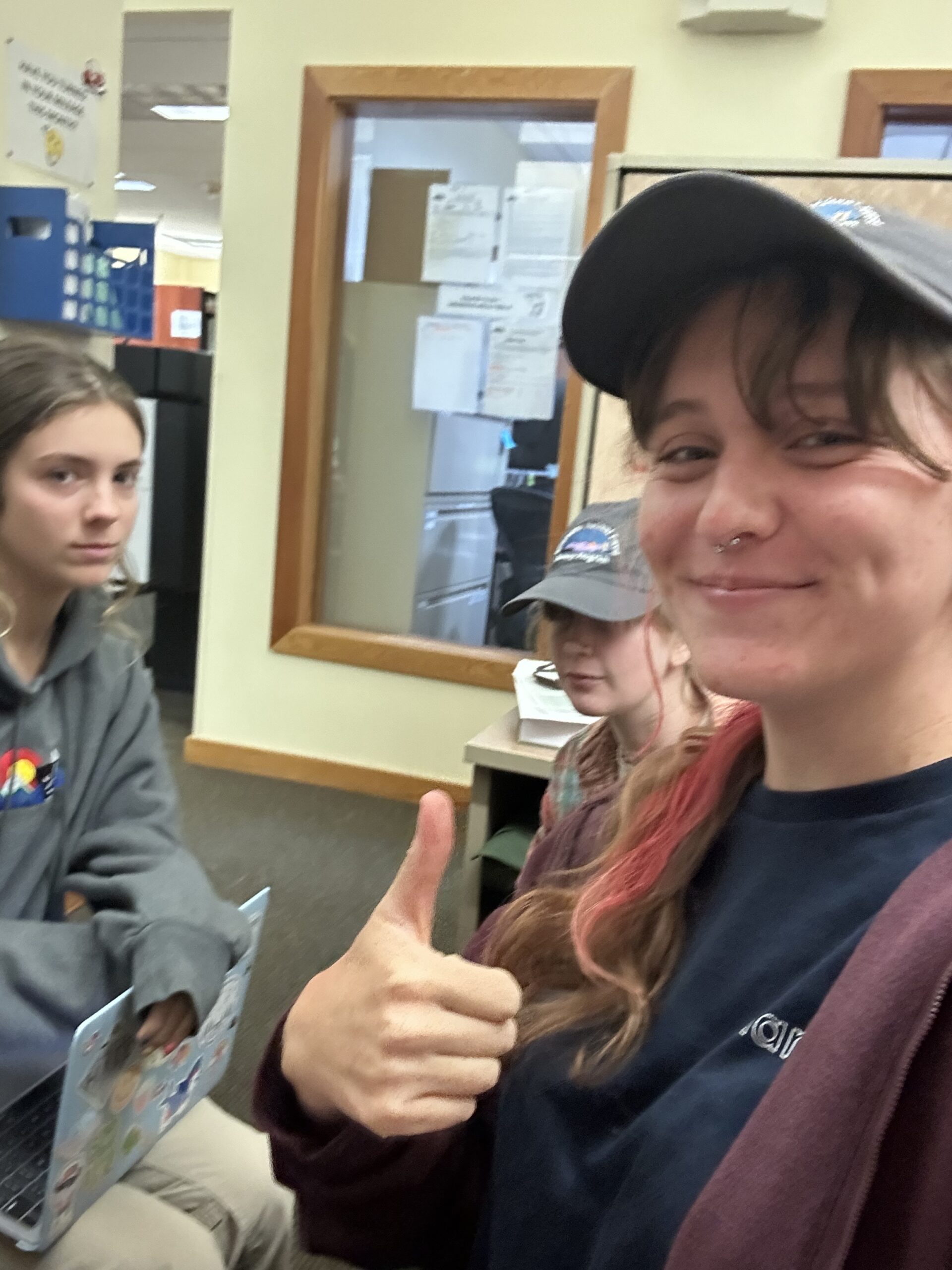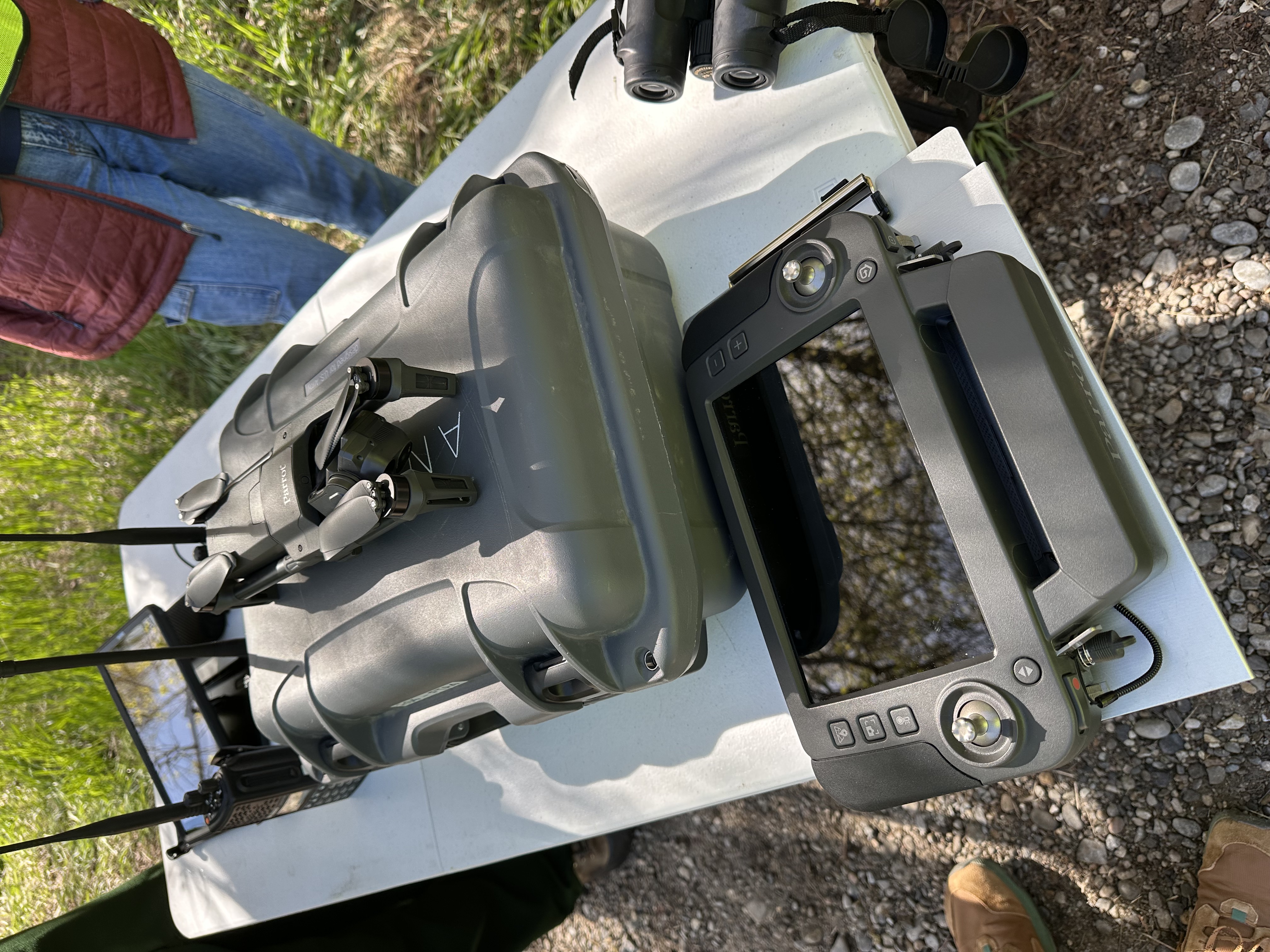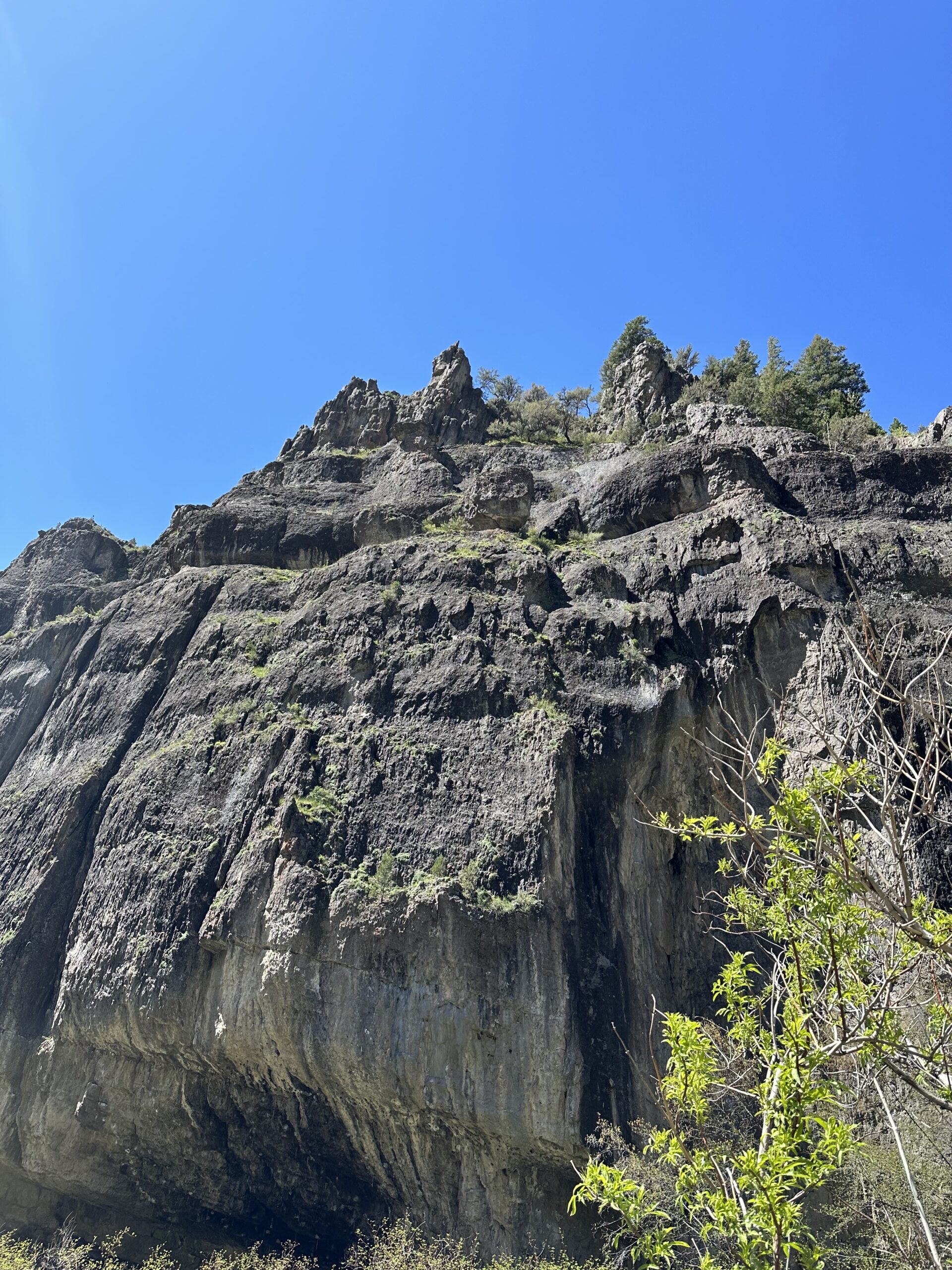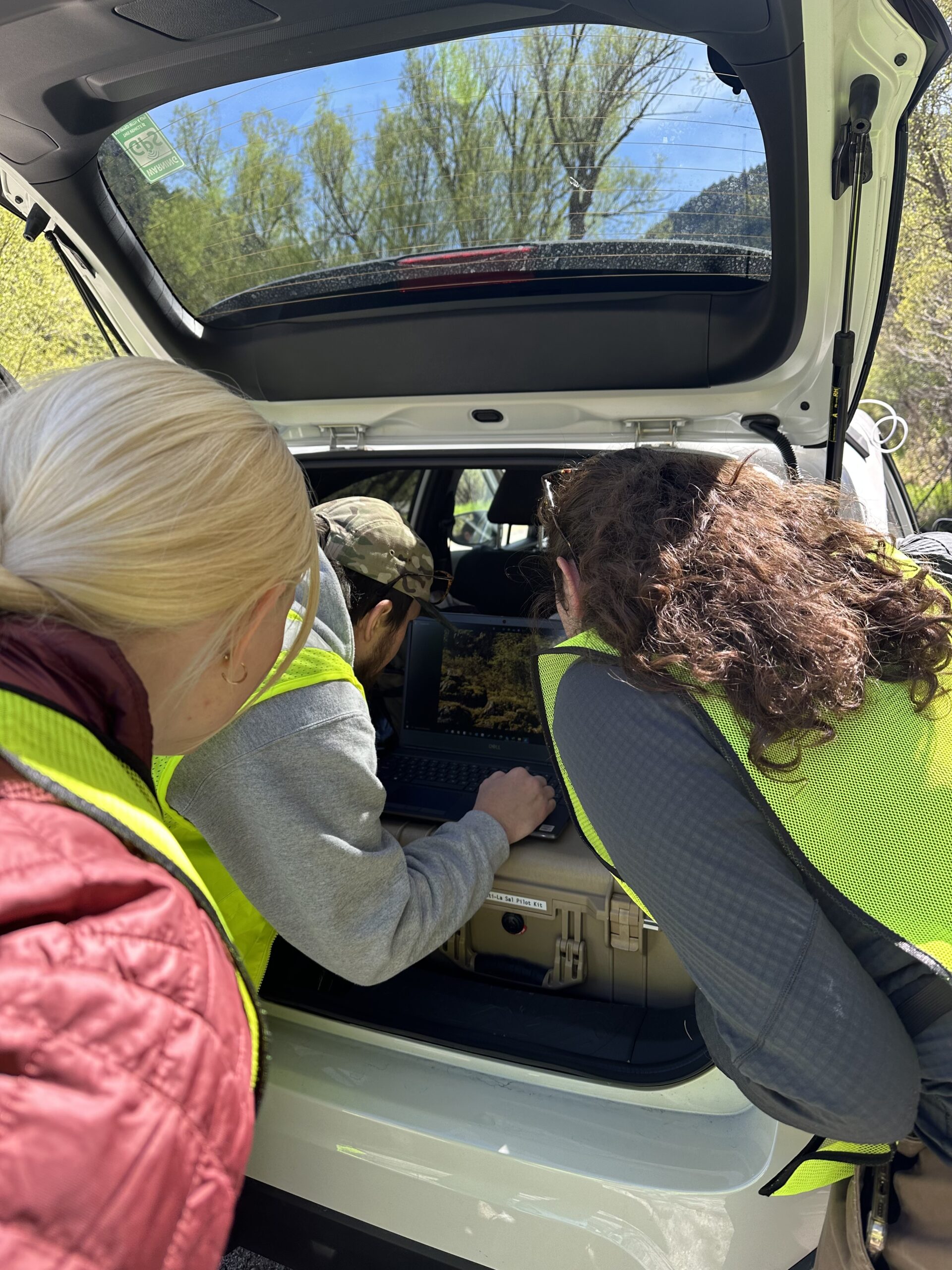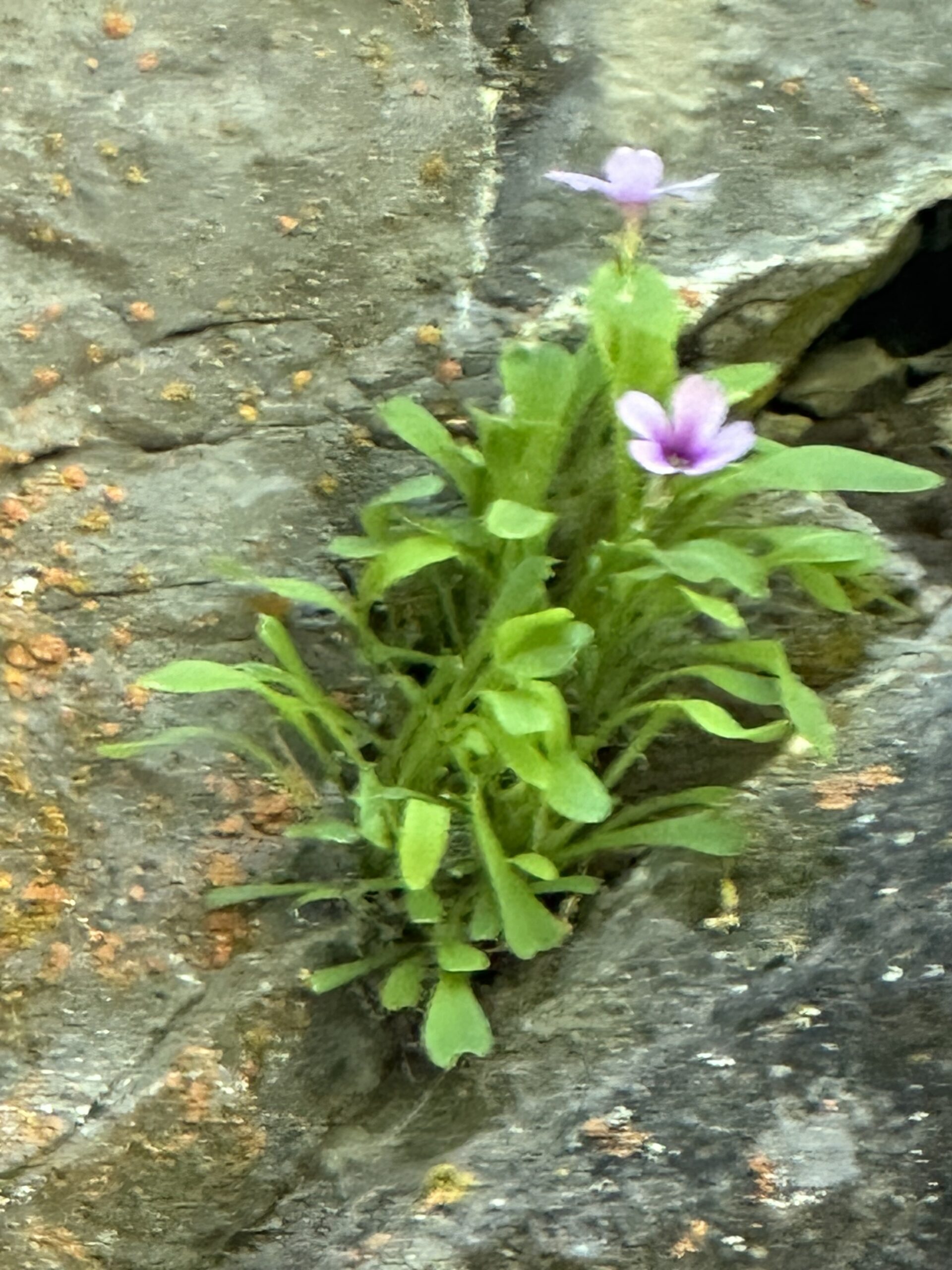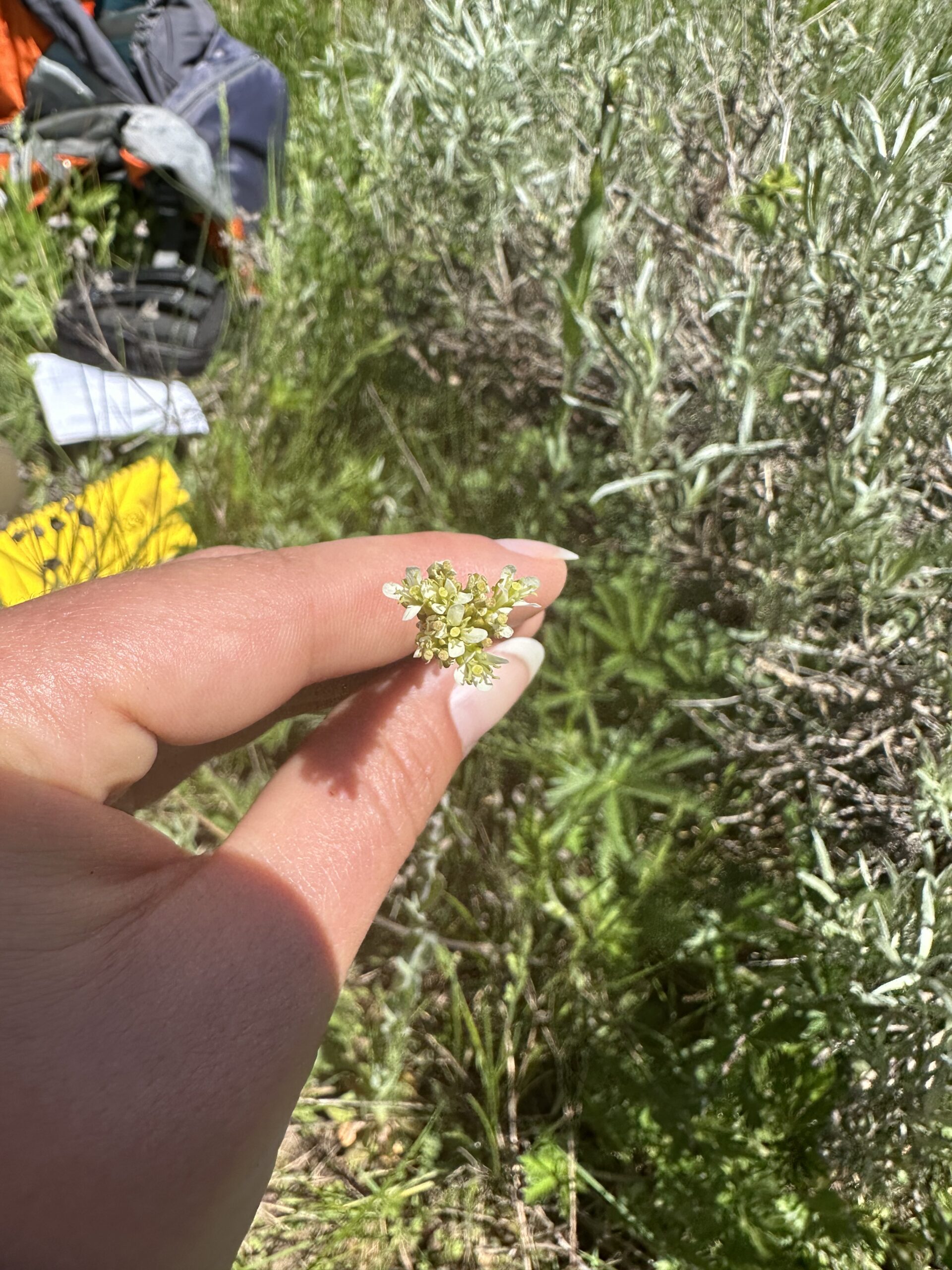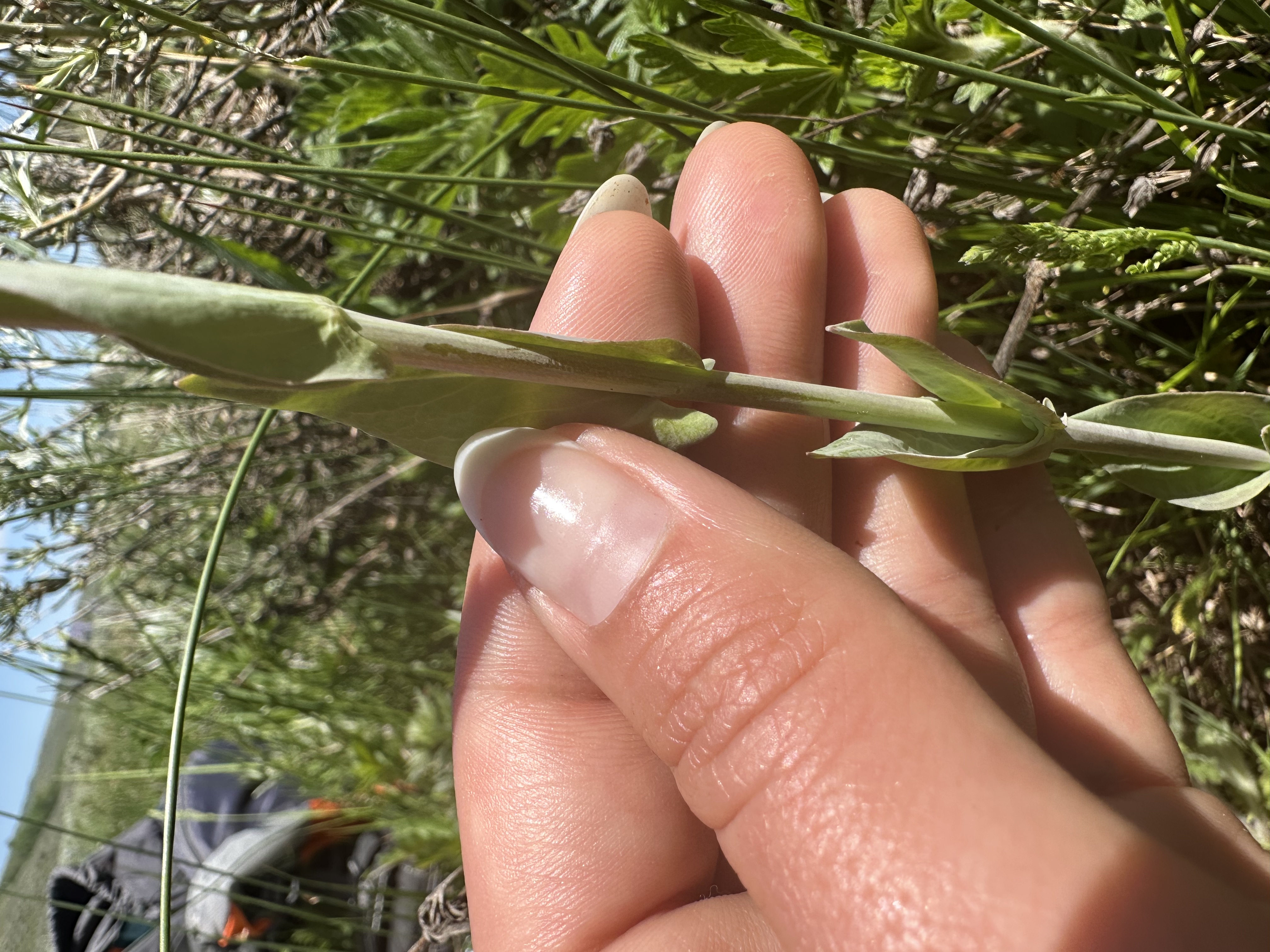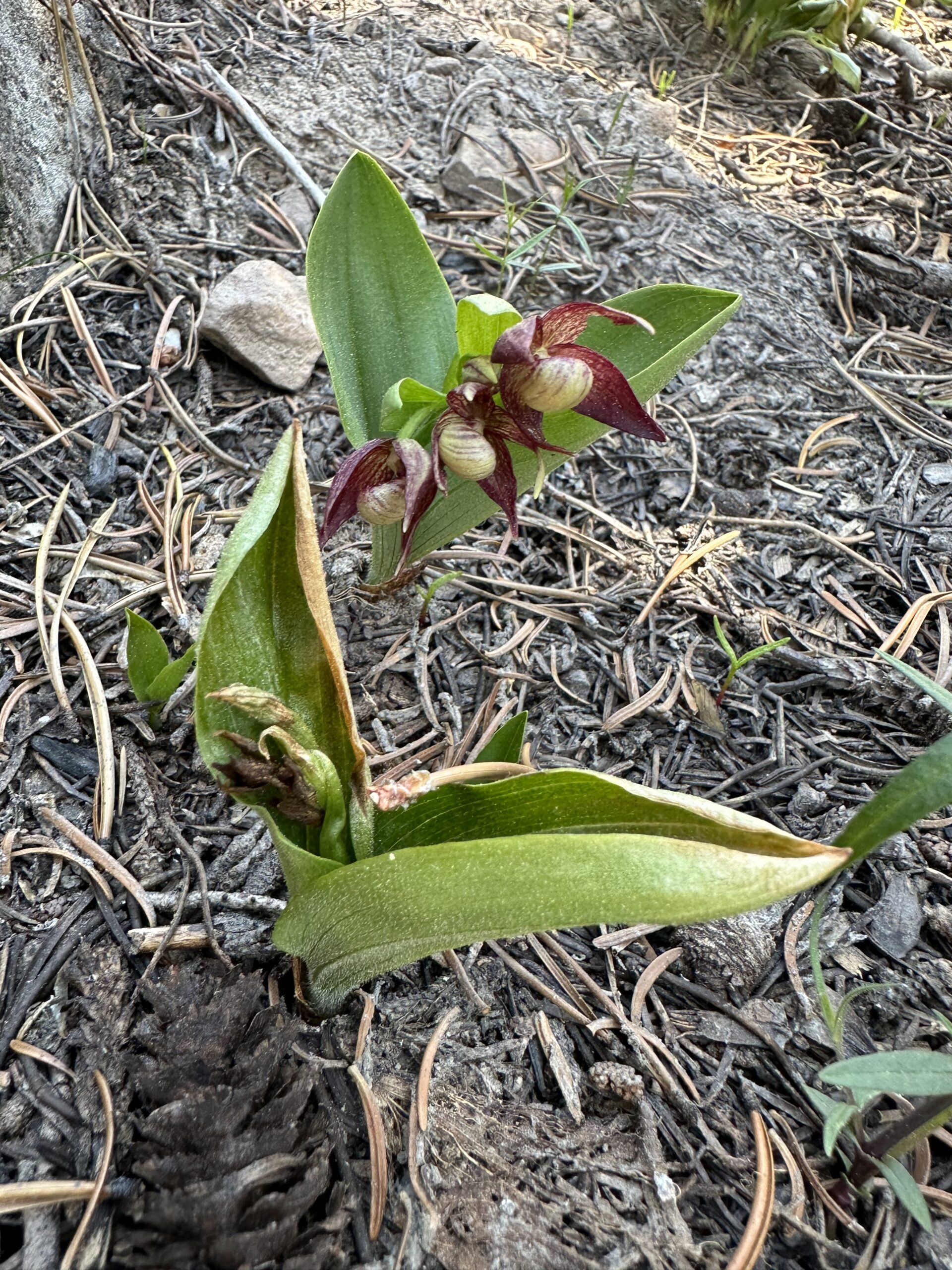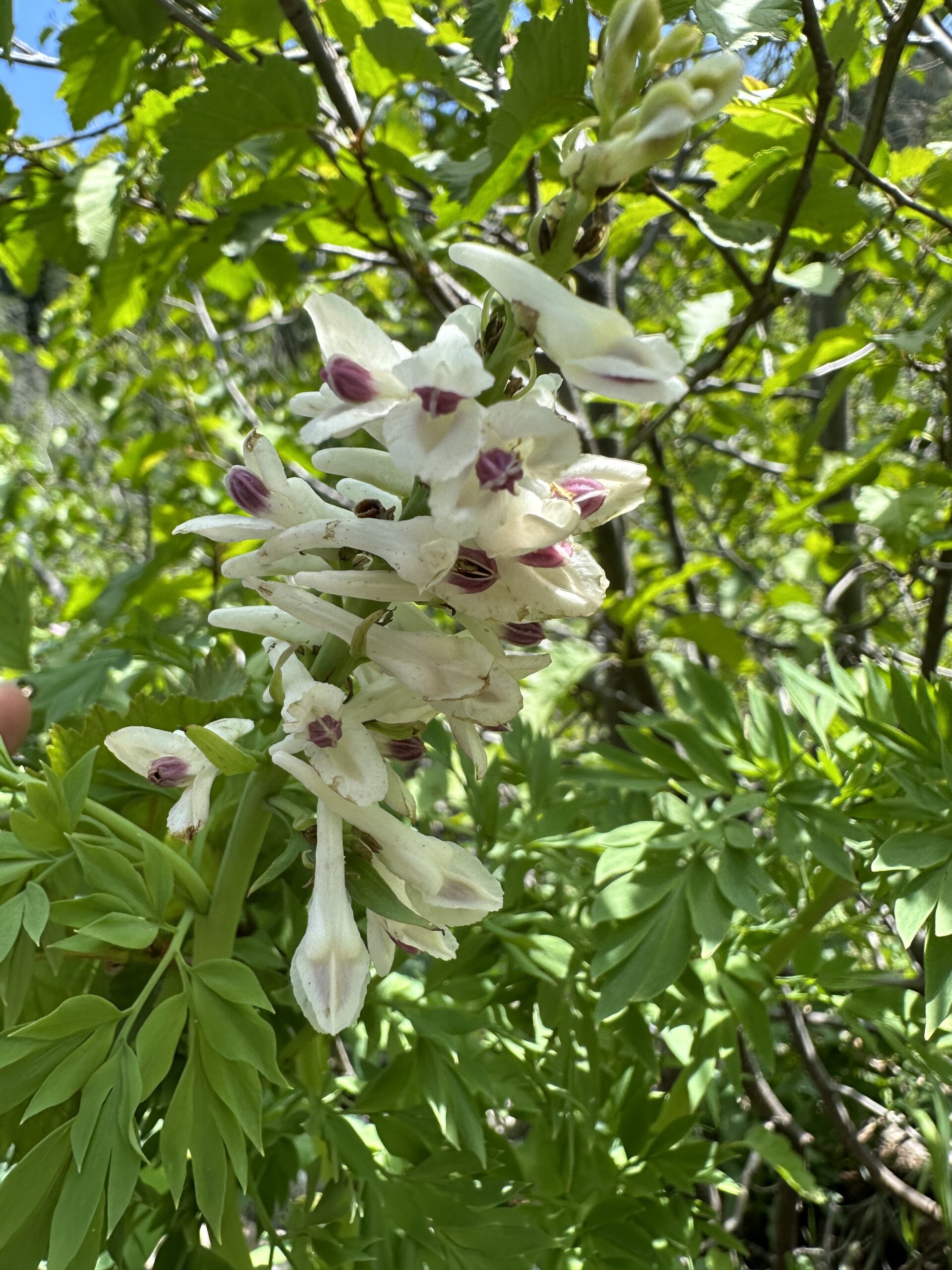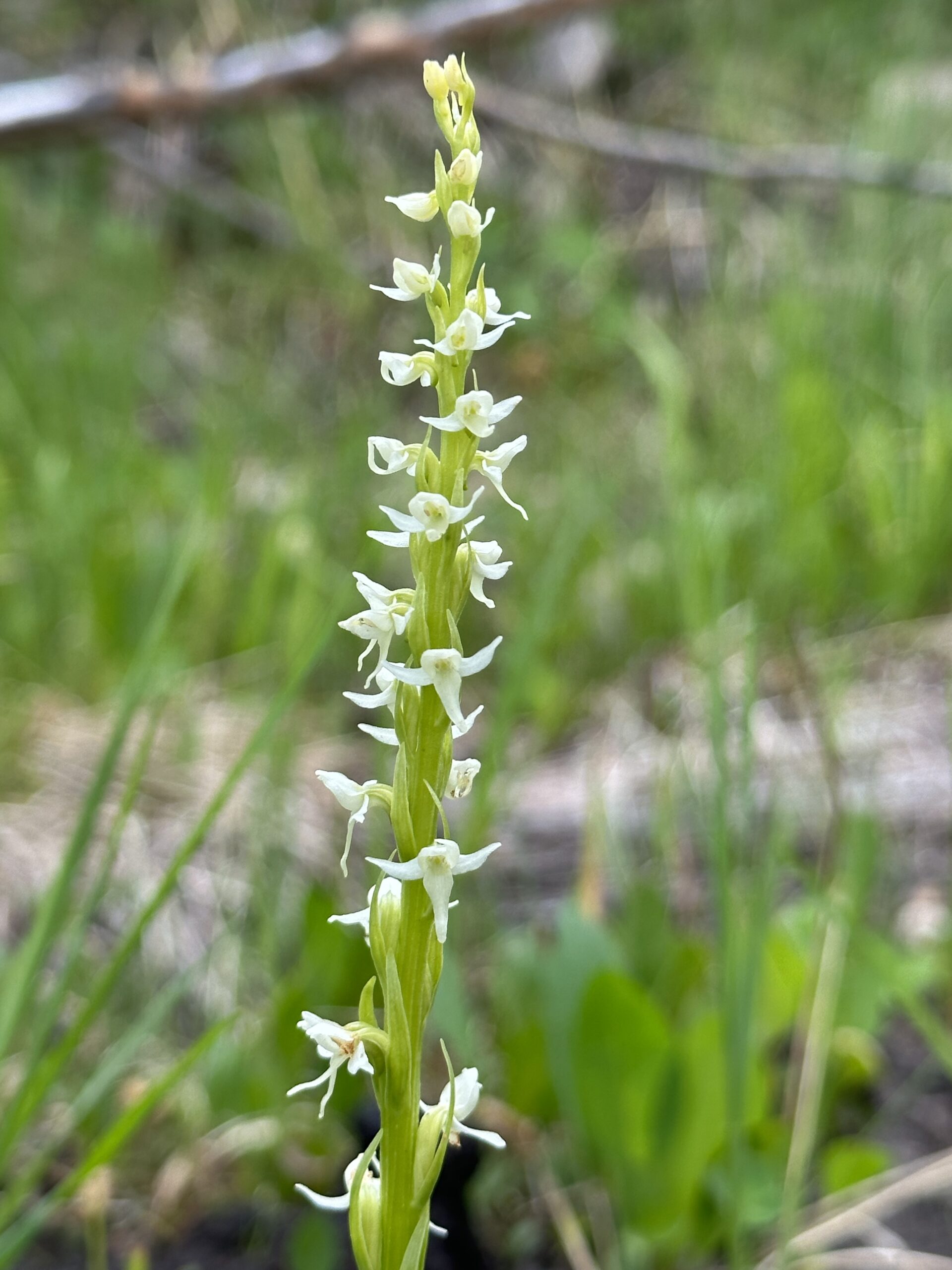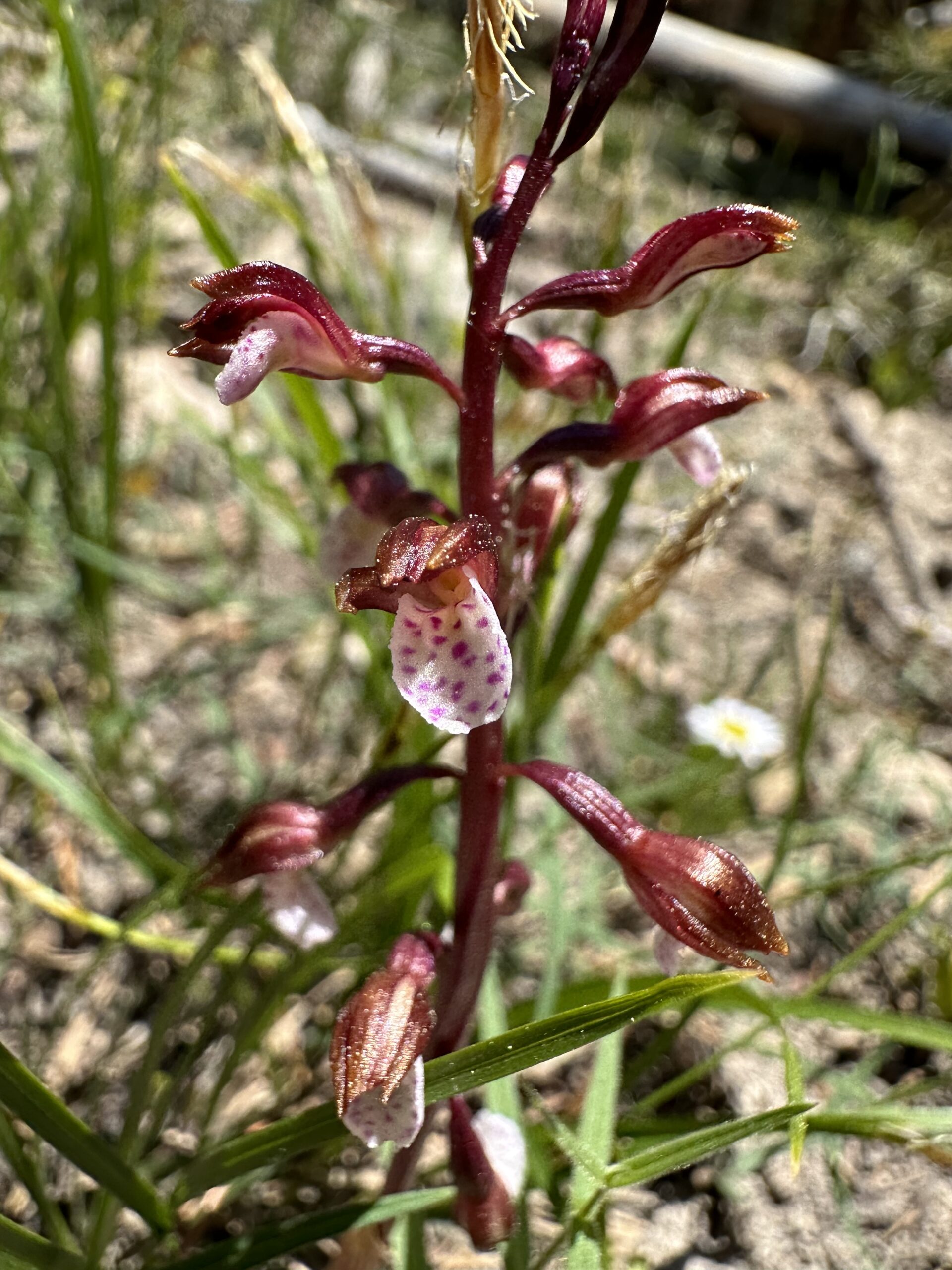– Of Bees and Blooms, 2023
“Bees are crucial for maintaining biodiversity and, by supporting healthy plant communities, a long list of ecosystem functions”
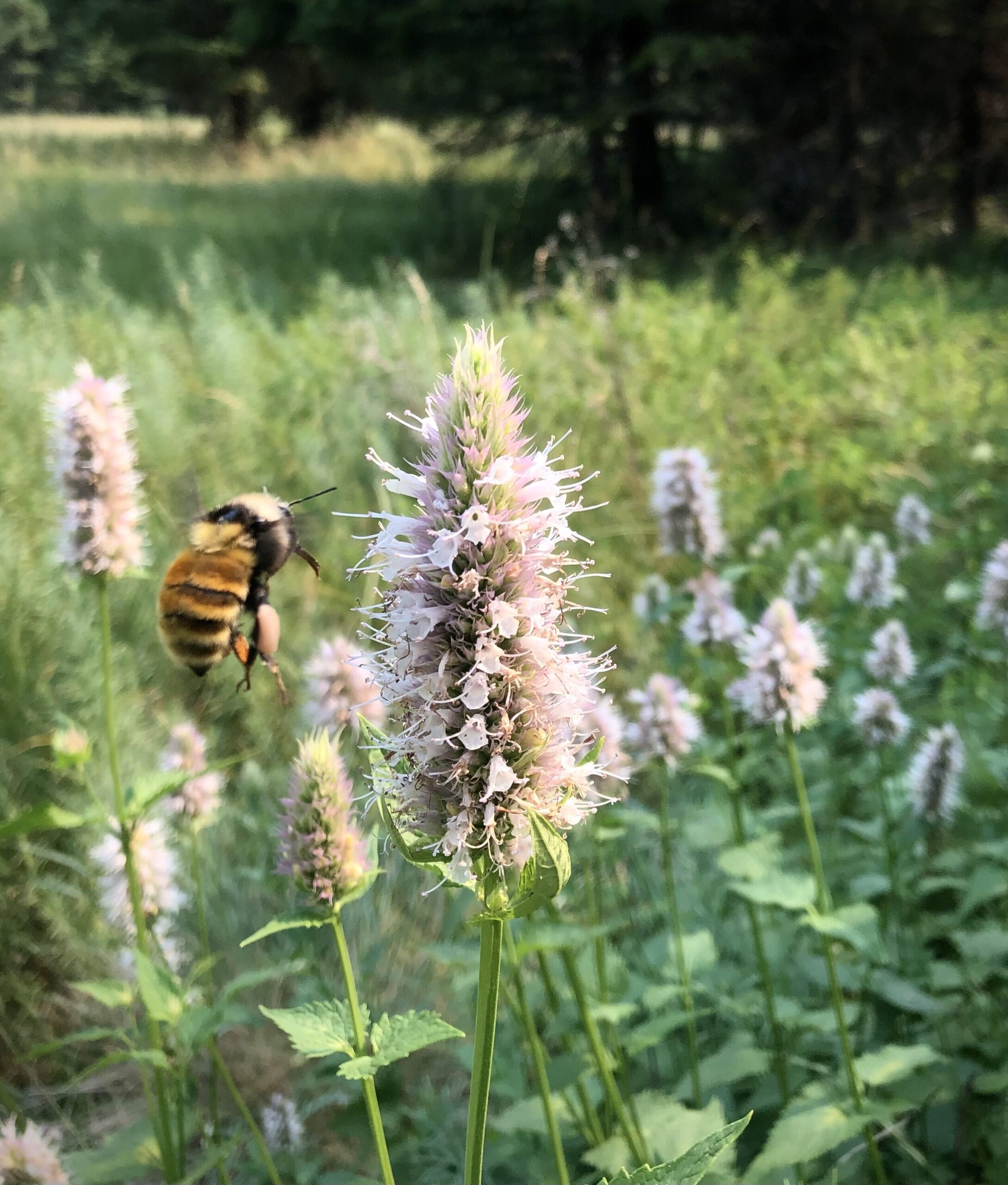
This field season (May through October) I was hired as a Seed Collection Intern by the Chicago Botanical Garden for the U.S Forest Service. I am stationed far North in the Flathead National Forest of Montana, and as late summer approaches for most of the continental United States, the species that we will be collecting seed from have just begun to flower.
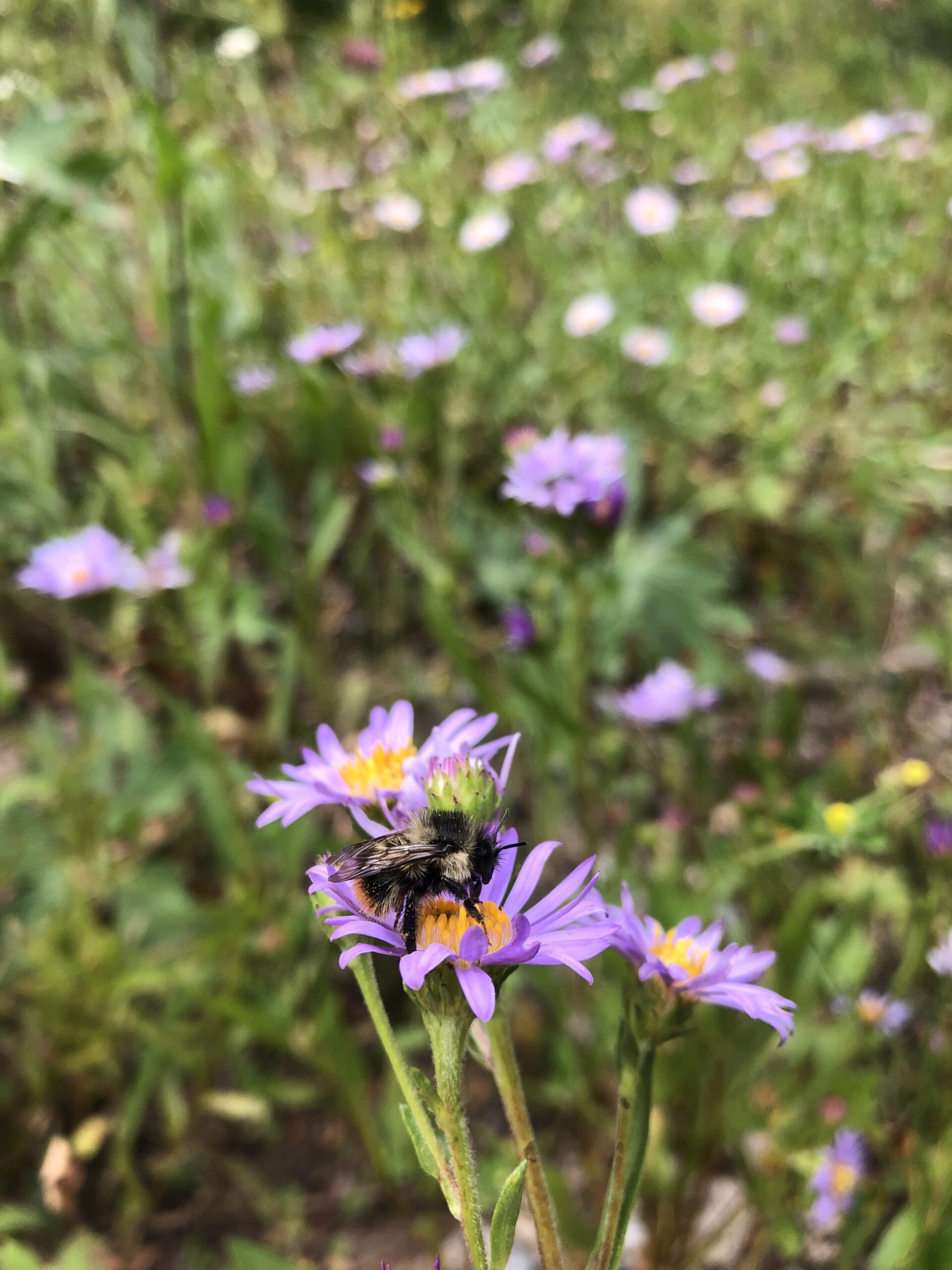
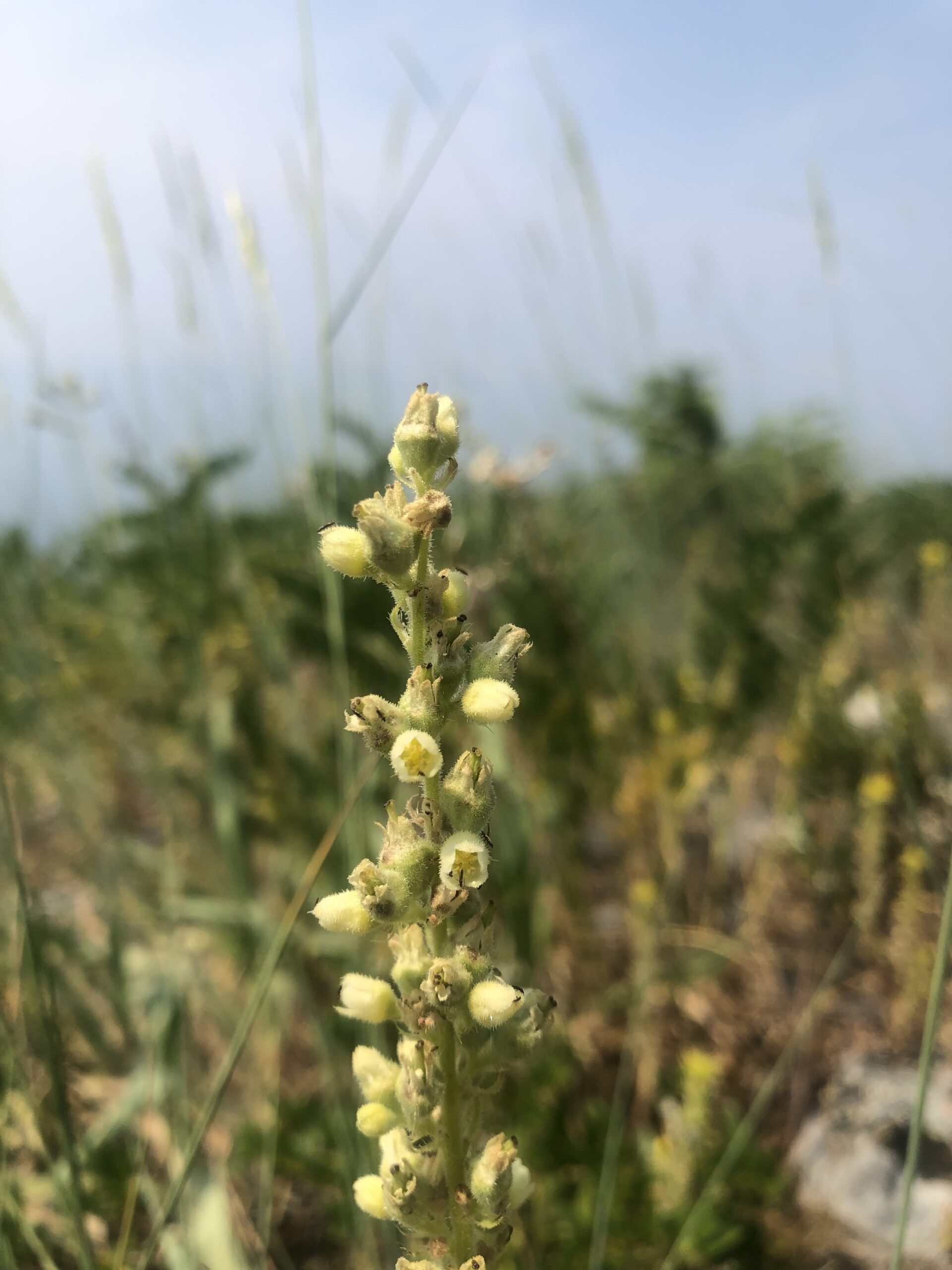
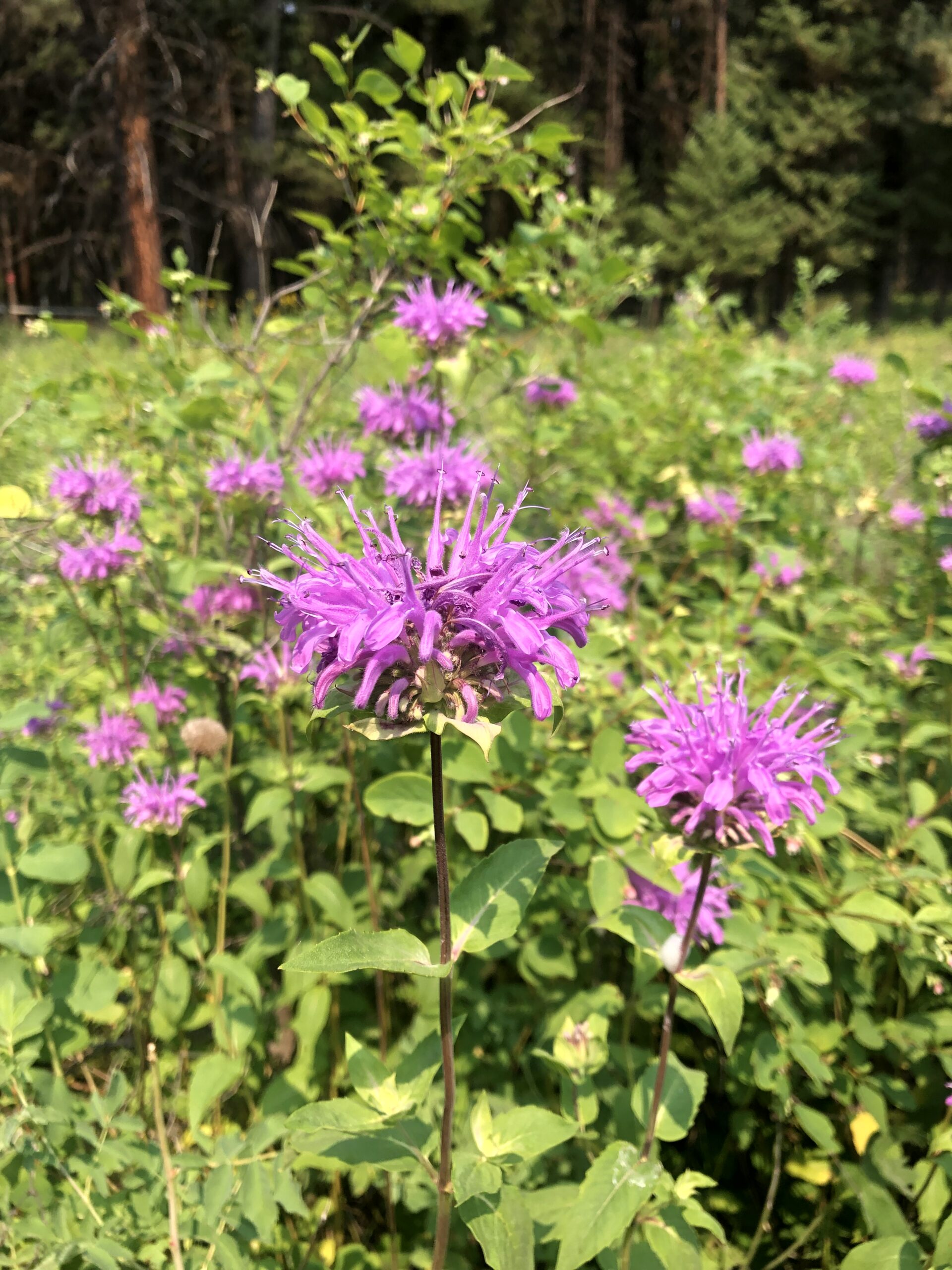
While waiting for our target species to bloom (and seed) we assisted with many other projects. Mostly, we helped out on Timber Unit Vegetation Surveys. This is where botanists go into a section of the National Forest known as a Timber Unit, a section of the forest that will be logged in the next few years, and conduct a vegetation survey. This vegetation survey involves recording every plant species in the unit and GPS marking areas of water (water=high biodiversity) and flagging rare and endangered species that we come across so that the area around them doesn’t get logged and they don’t get ran over/disturbed.
For us interns (Grace and myself) this mostly served as a way for us to familiarize ourselves with the plant species and habitats of Flathead National Forest so that we could properly identify our target species we are collecting seed from and be able to scout out the habitats they are found in. Two months later we are confident in our plant and habitat identification skills, and are now able to scout of populations of our seed collection species ourselves.
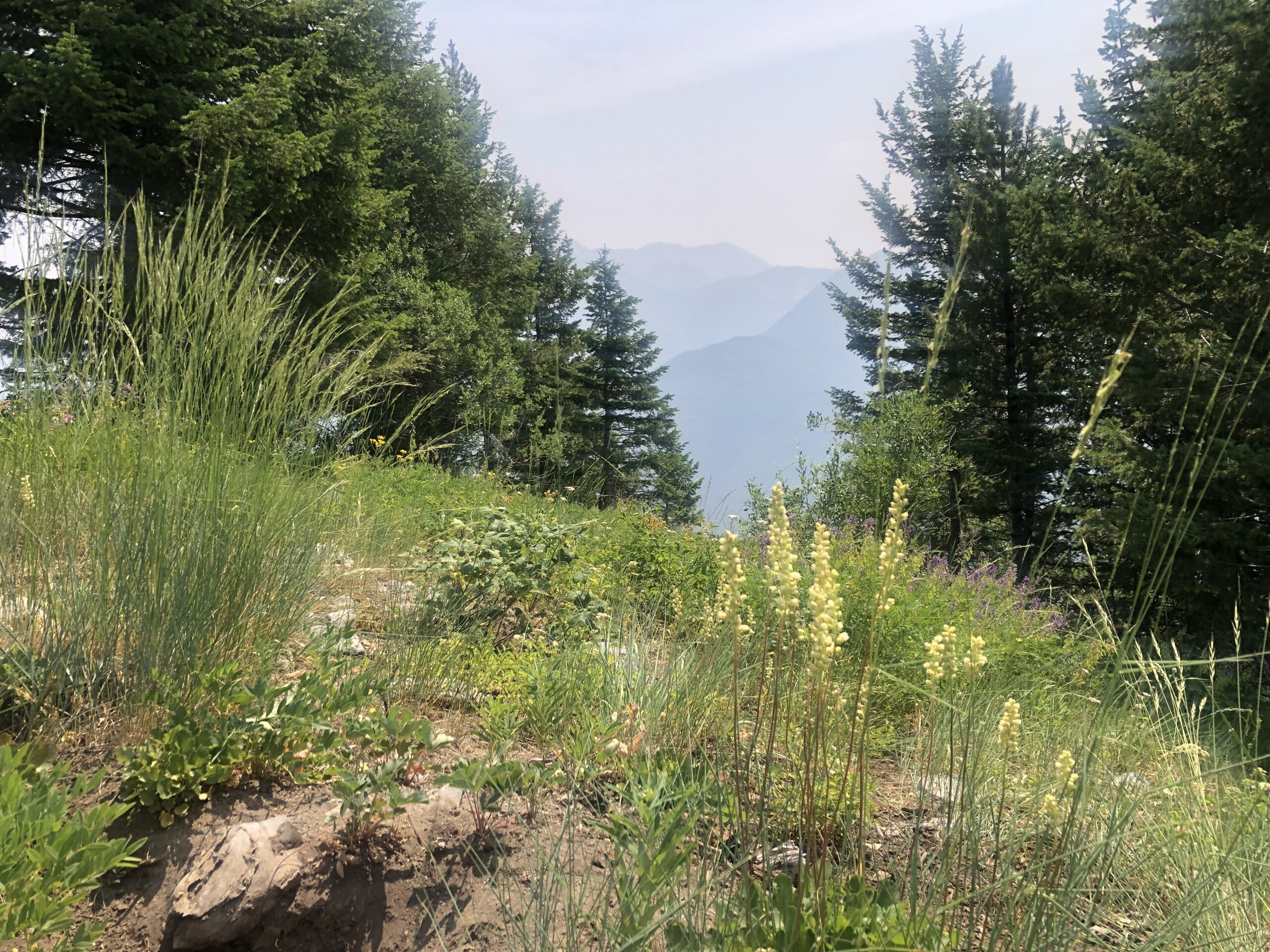
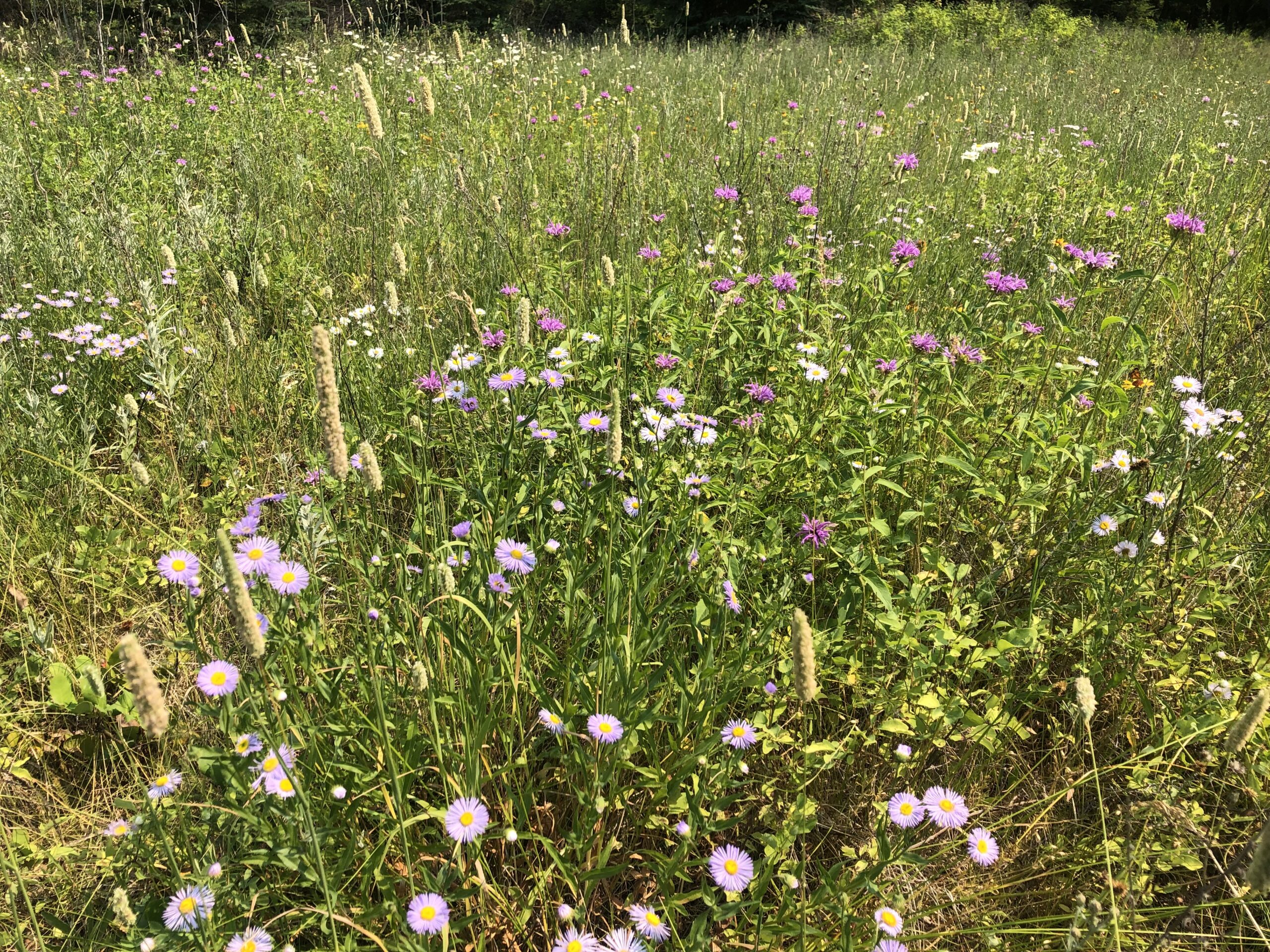
Another project we helped on was the Bumble Bee Atlas project. This research project was started by The Xerces Society with the goal of gathering data needed to track and conserve bumble bees (bumblebeeatlas.org). Many bumble bee species are in decline, the exact causes have yet to be determined but it as been surmised that it is due to a combination of climate change, habitat lost, pesticides and herbicides, and lack of conservation efforts.
Bumble bees are strong, hearty and efficient pollinators that have coevolved with flowering plants. It has been estimated that 60 to 80 percent of all flowering plant species require bees for pollination and that more than a third of the food consumed by humans is pollinated by bees (Glenny, Will Et al., 2022). Due to these factors, the Forest Service and multiple other entities are collaborating to collect data in order to develop a conservation plan so that we don’t continue to loose these valuable pollinators.
The data that needed to be collected was; What species of bumble bees are on the landscape? What plant species are the pollinating? What plant species do they prefer? What disturbances are in the area if any? If we can answer these questions than we can move forward with developing a conservation plan for native bumble be species (bumblebeeatlas.org)!
We assisted with this project by conducting a few bumble bee surveys. We did this by going out to lovely montane meadows full of wildflowers and catching bumble bees! We used big bug catching nets and put them in little tubes so that we could put them on ice in order to put them to sleep and take pictures so that they could be identified to species later. Putting the bees on ice does not hurt the bees! It’s simply puts them to sleep, like the freezing cold air of an early spring night in the mountains.
Within a few minutes of removing them from the cooler, they were waking up, stretching and
flying off (often before we could even get all of the photos that we needed!)
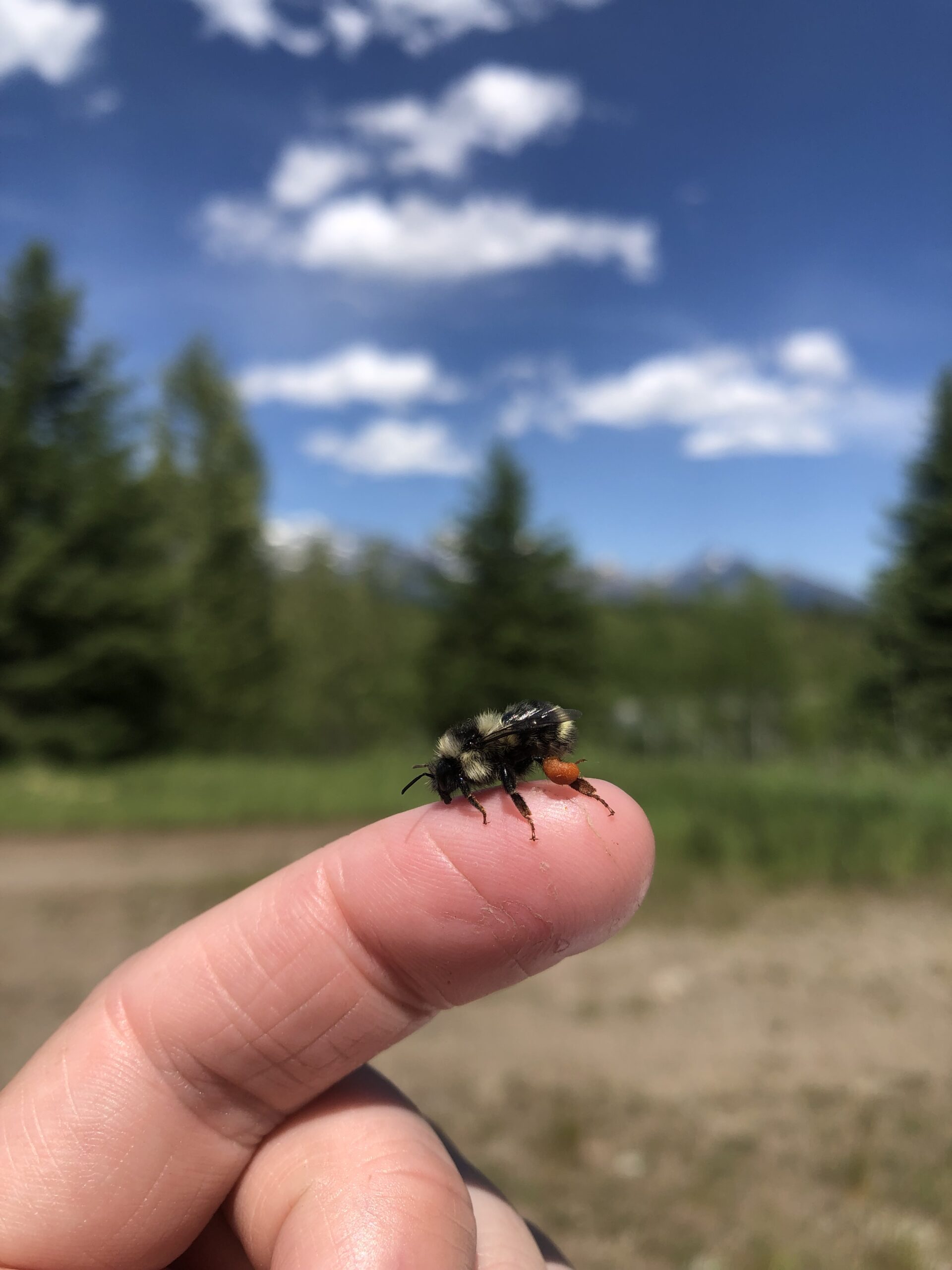
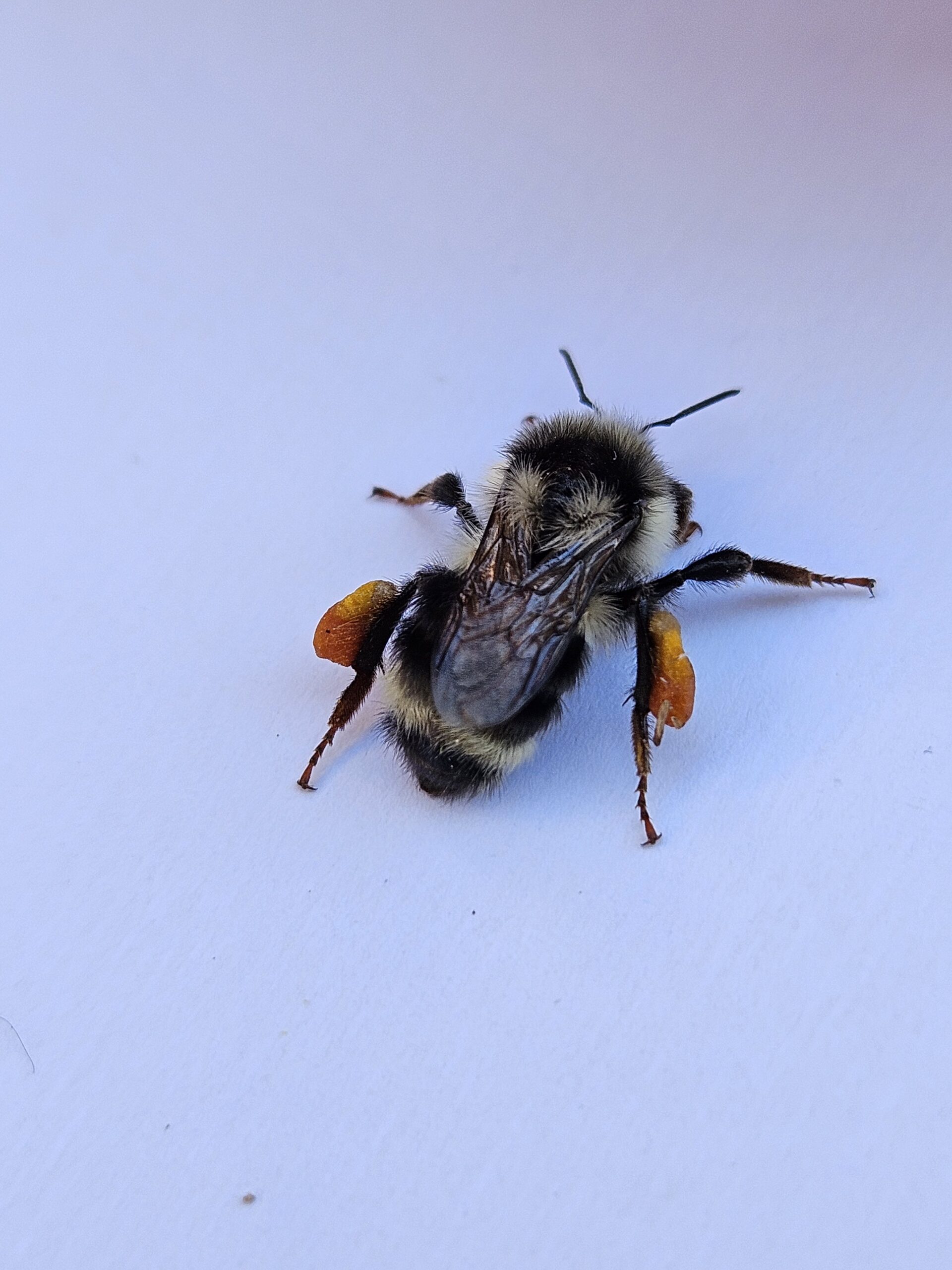
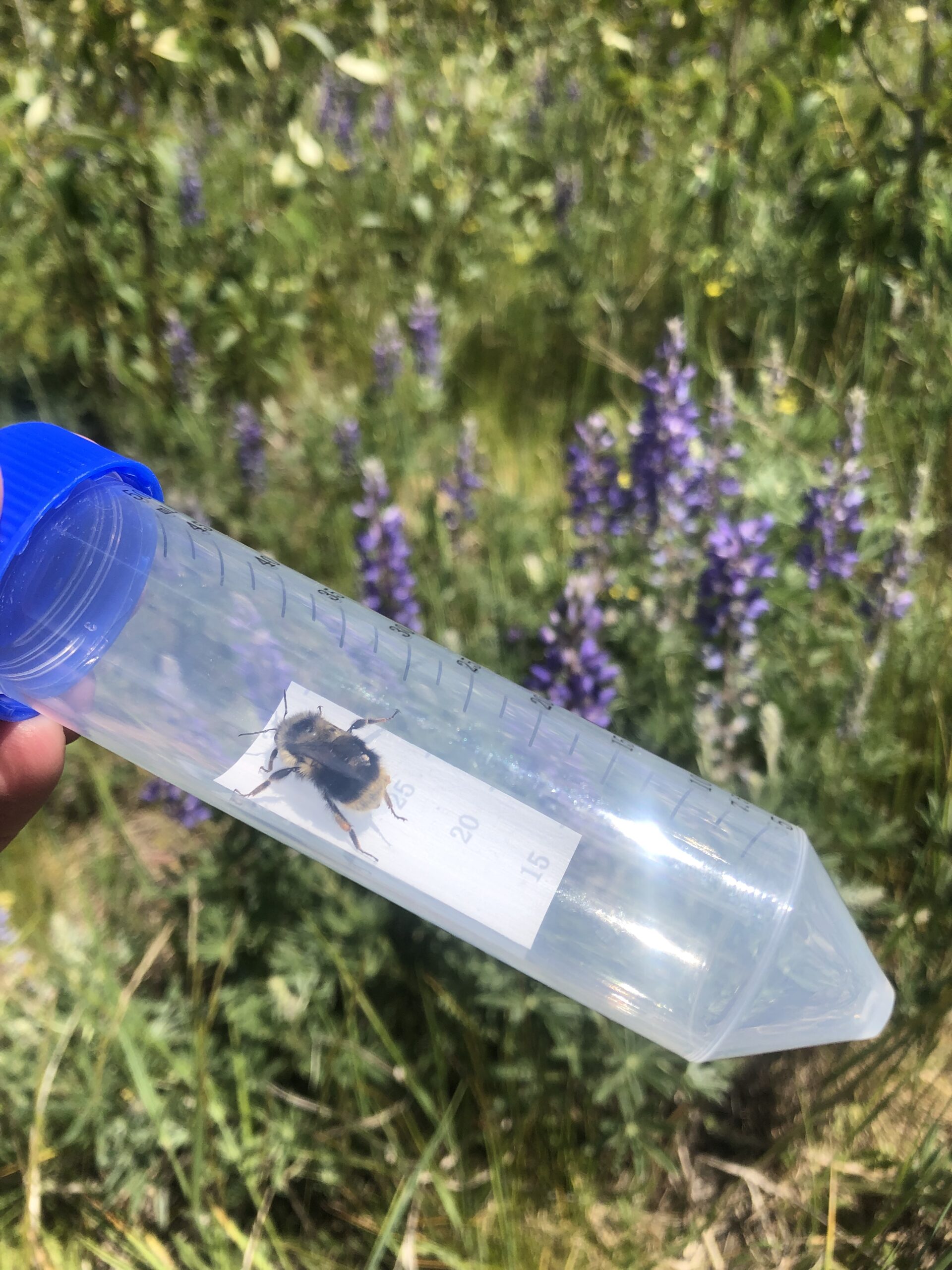
Little did I know that this cute week with bumble bees would go on to play a roll in the rest of my field season.
As it turns out, the plant species that we are collecting seed from this year were chosen because the have a high pollinator friendliness score. What does pollinator-friendliness mean? and how does a plant get a high ranking? Plants with high pollinator friendliness is defined by the paper Assessing Pollinator Friendliness of Plants and Designing Mixes to Restore Habitats for Bees in 2022 as follows: plants with high pollinator friendliness were plants that had the highest bee visitation rates, attracted the most bee species, supported specialist bee species, and bloomed for extended periods of time (Glenny, Will Et al., 2022). In addition, the target species that were chosen to collect seed from also had to a line with the conservation needs of Flathead National Forest specifically.
The seeds the we care collecting will be added to a seed mix that will be used for roadside restoration. The open areas created by road construction and logging are great areas for grass and wildflower filled meadows and, additionally, great habitat for bumble bees.
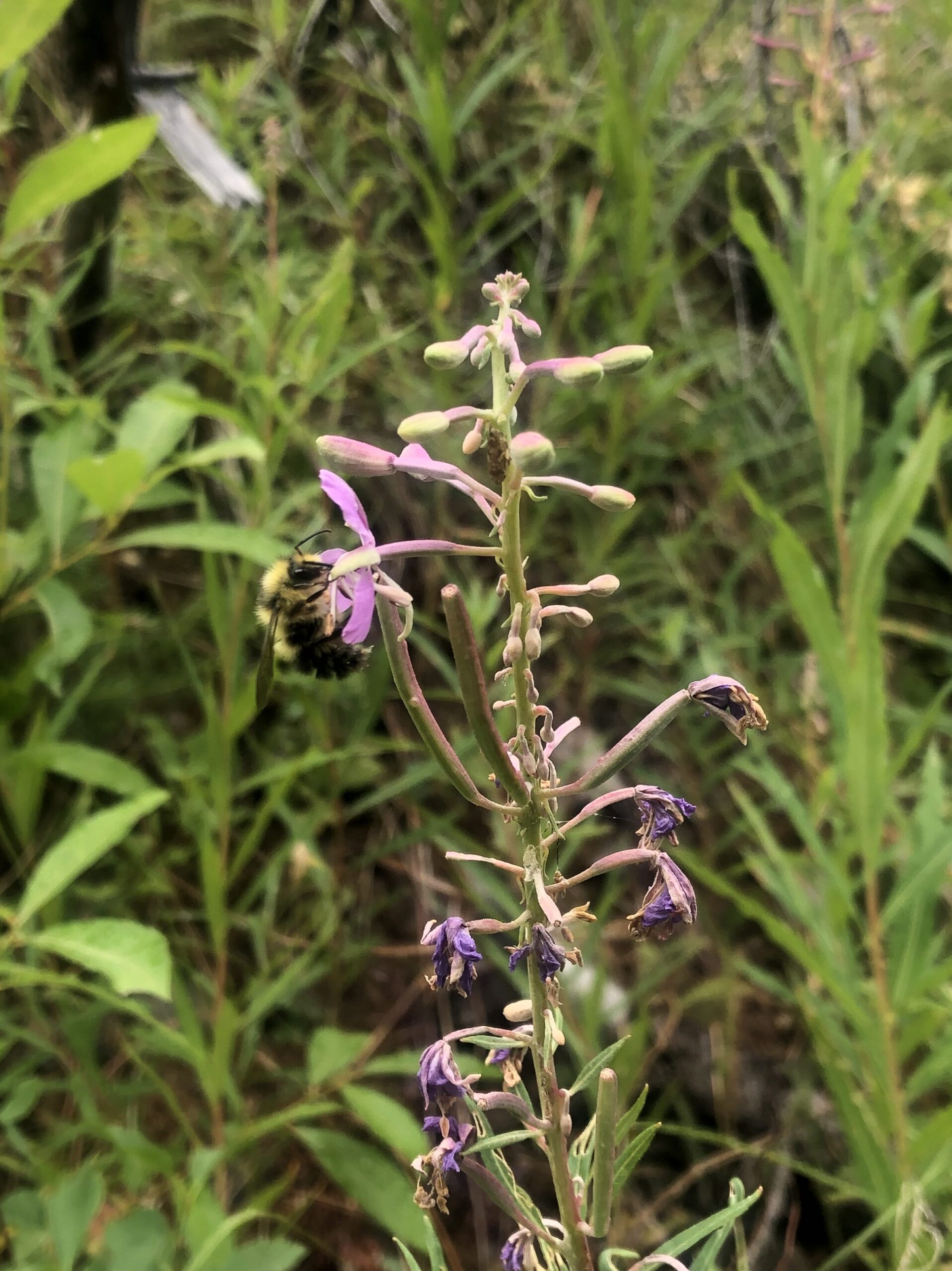
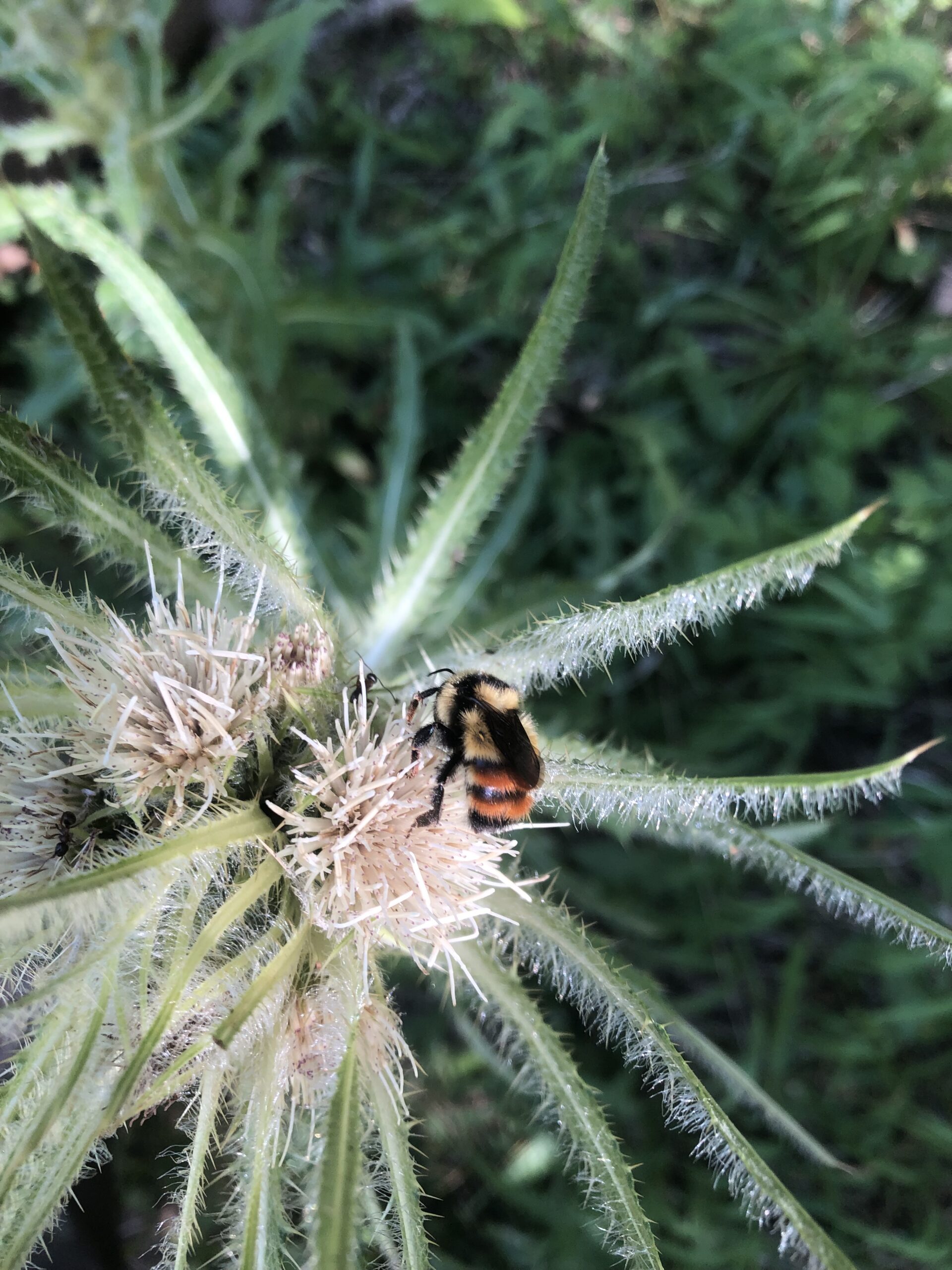
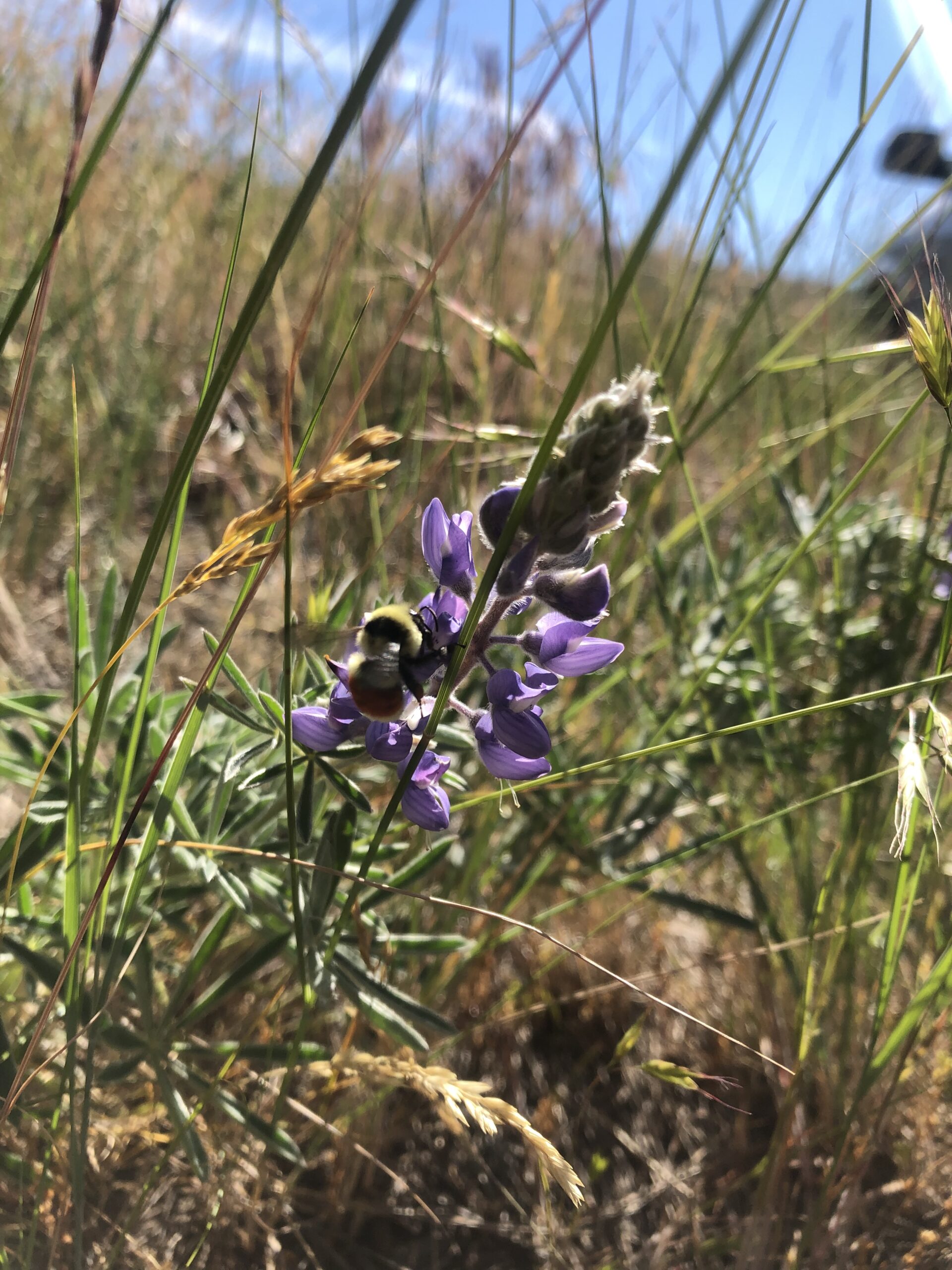
Previously, the only plant species used for these road side restoration projects were grasses. Grasses are great at recolonizing gravel areas, but, being that they are mostly wind pollinated, not so great for native pollinator species. By adding native wildflowers to these seed mixes, roadsides, gravel pits and old gated off forest service roads can become great habitats for declining native bumble bee species (Glenny, Will Et al., 2022).
So, with all this in mind, the parameters that a plant species must meet is as follows
– Must be a native species
– Must have a high pollinator friendliness score
– Must prefer disturbed, gravely habitat
With these parameters in mind, the species that were selected were
- Monarda fistulosa (bee balm)
- Grindelia howellii (Howell’s gumweed)
- Heuchera cylindrica (roundlead alumroot)
- Agastache urticifolia (nettle-leaf horsemint)
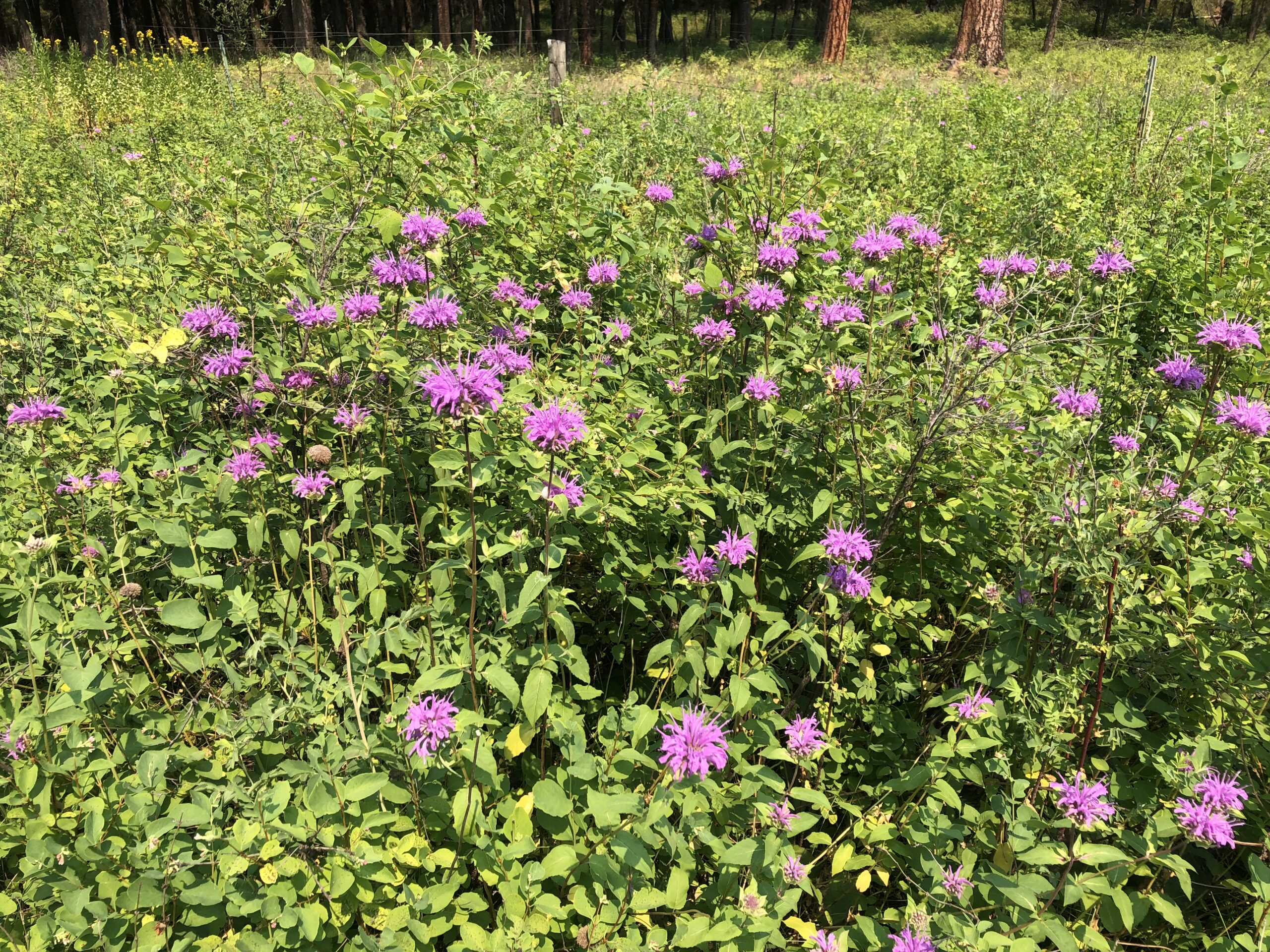
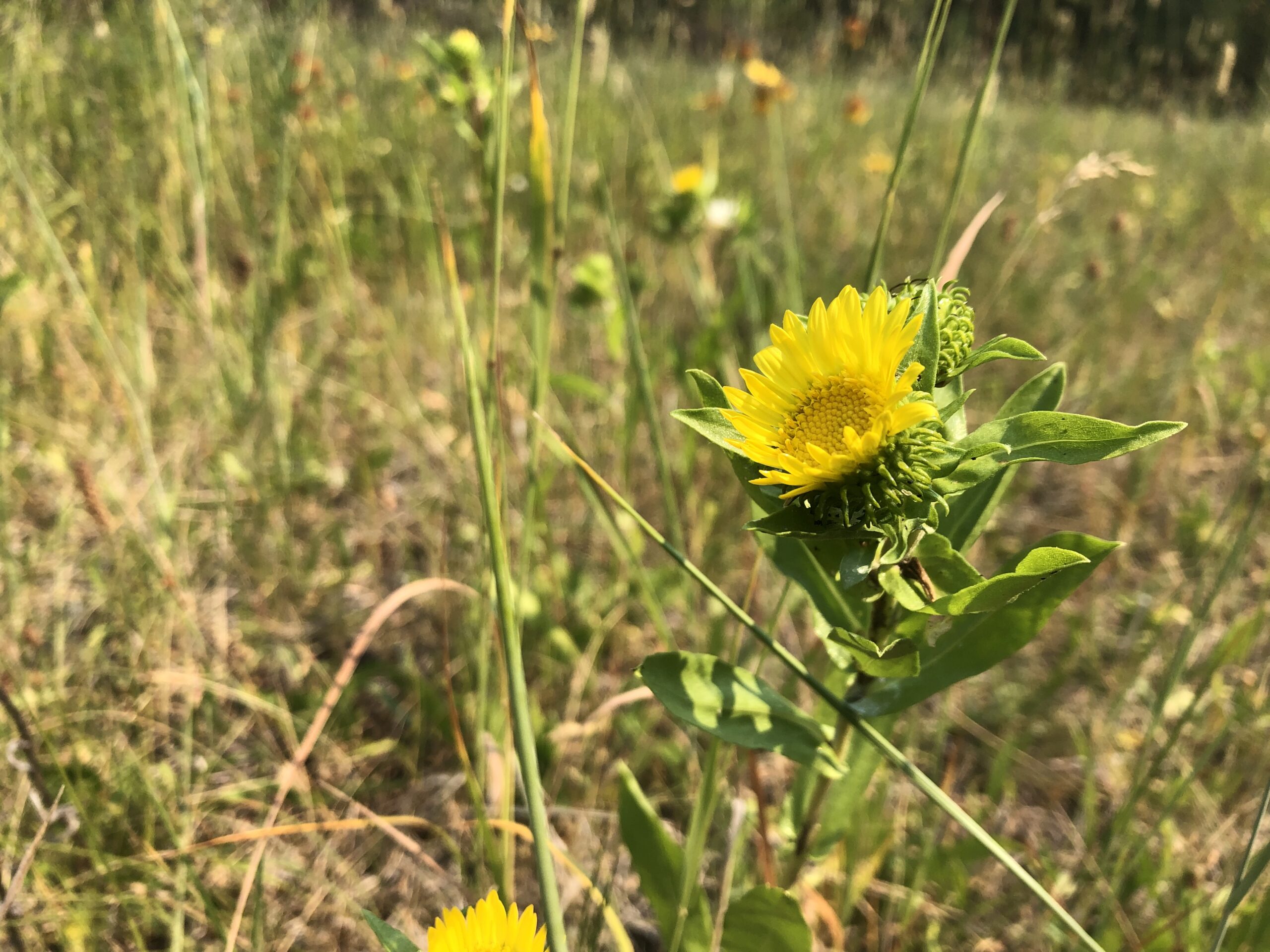
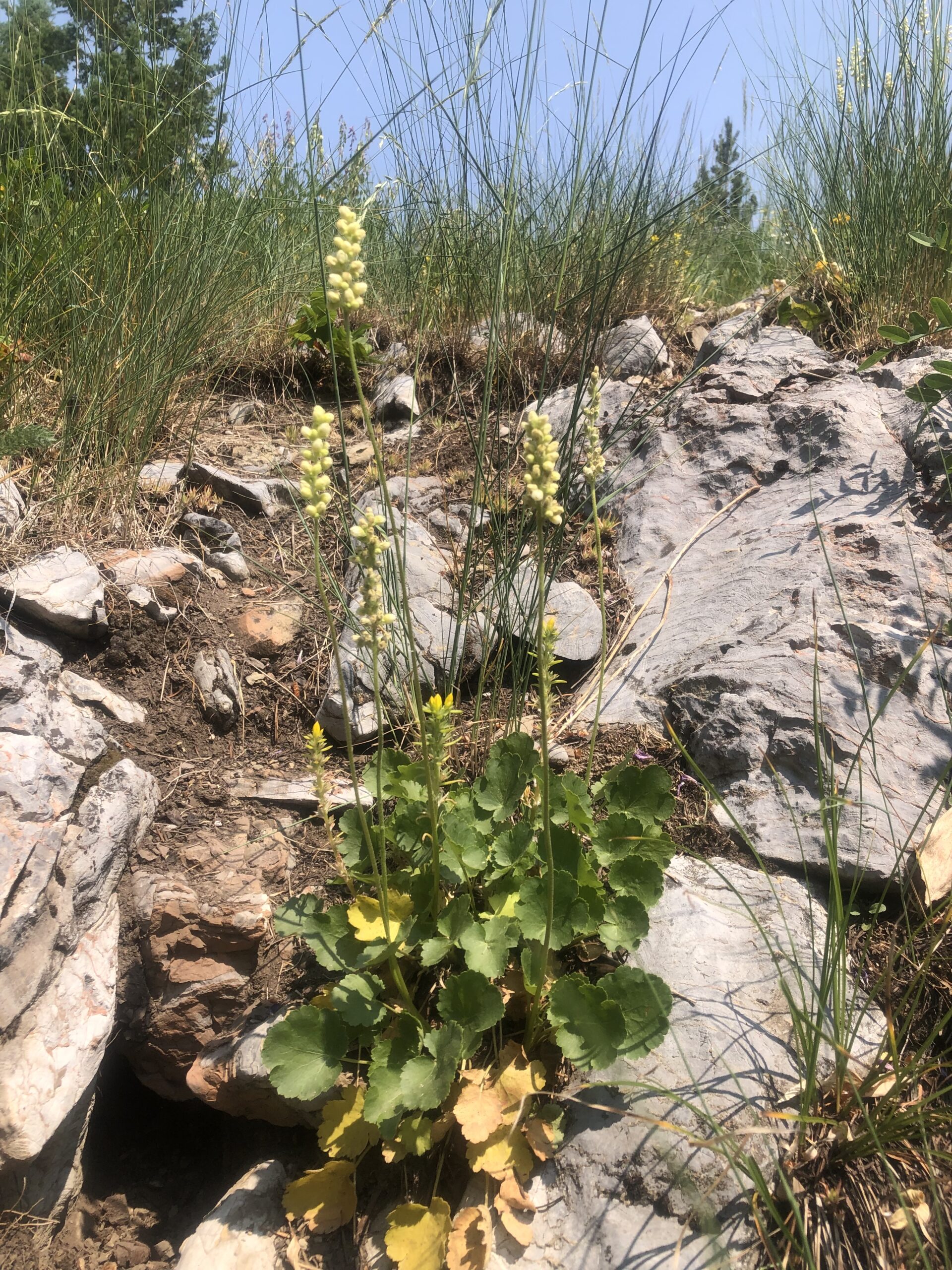
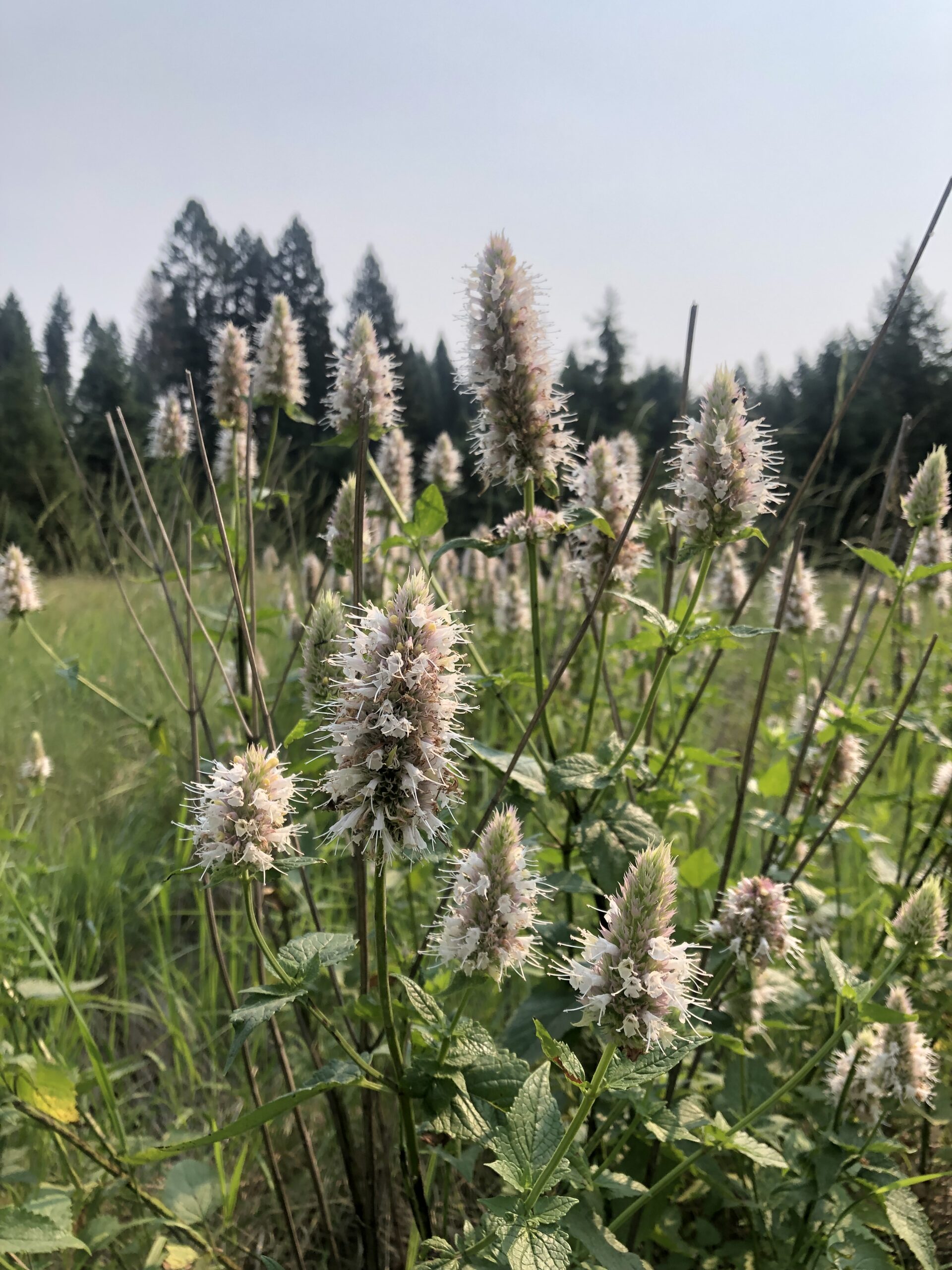
5. Erigeron speciosus (showy aster) (not pictured because it’s not in flower yet)
6. Chamaenerion angustifolium (fireweed)
7. Symphyotrichum laeve (smooth blue aster)
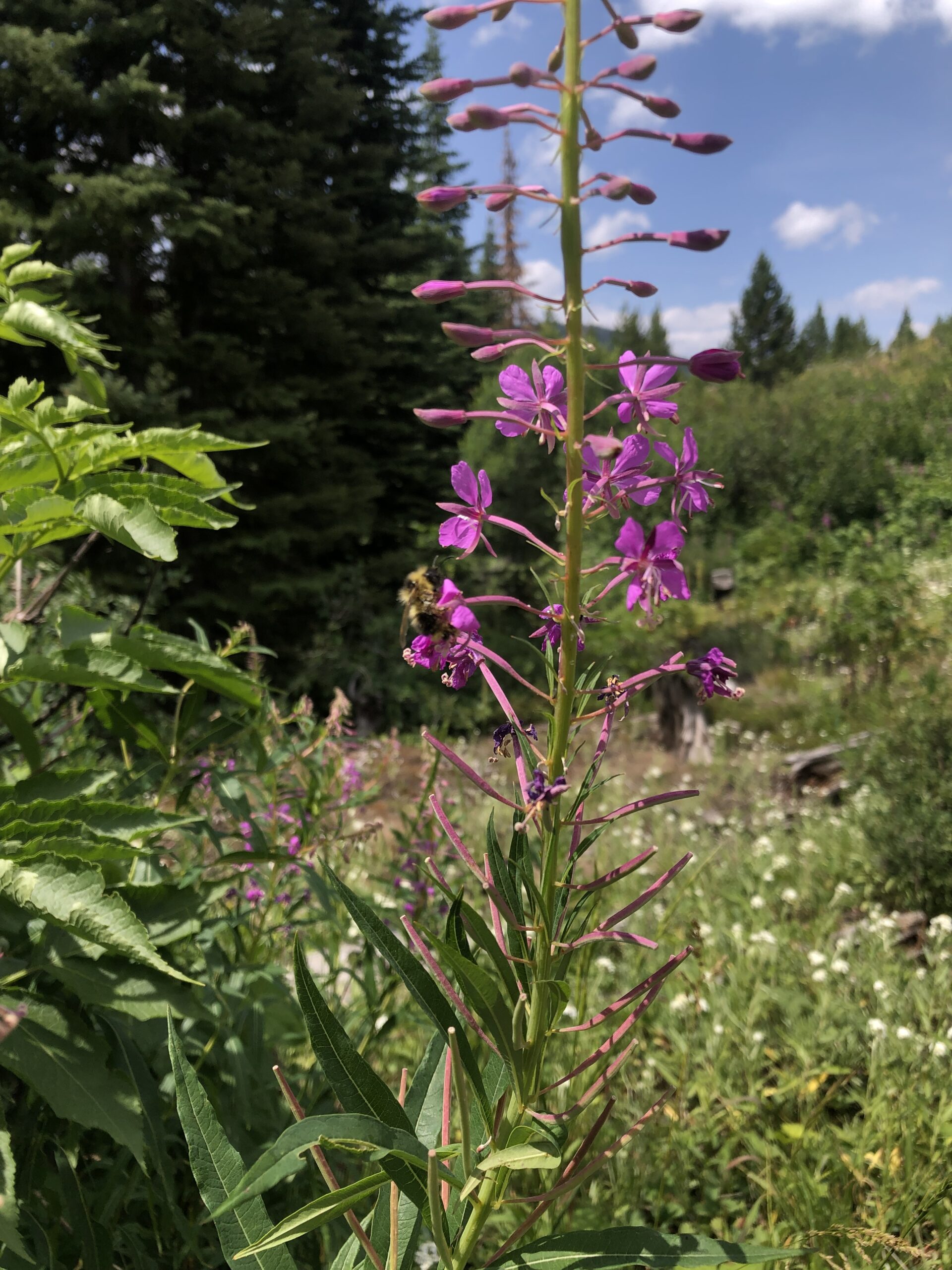
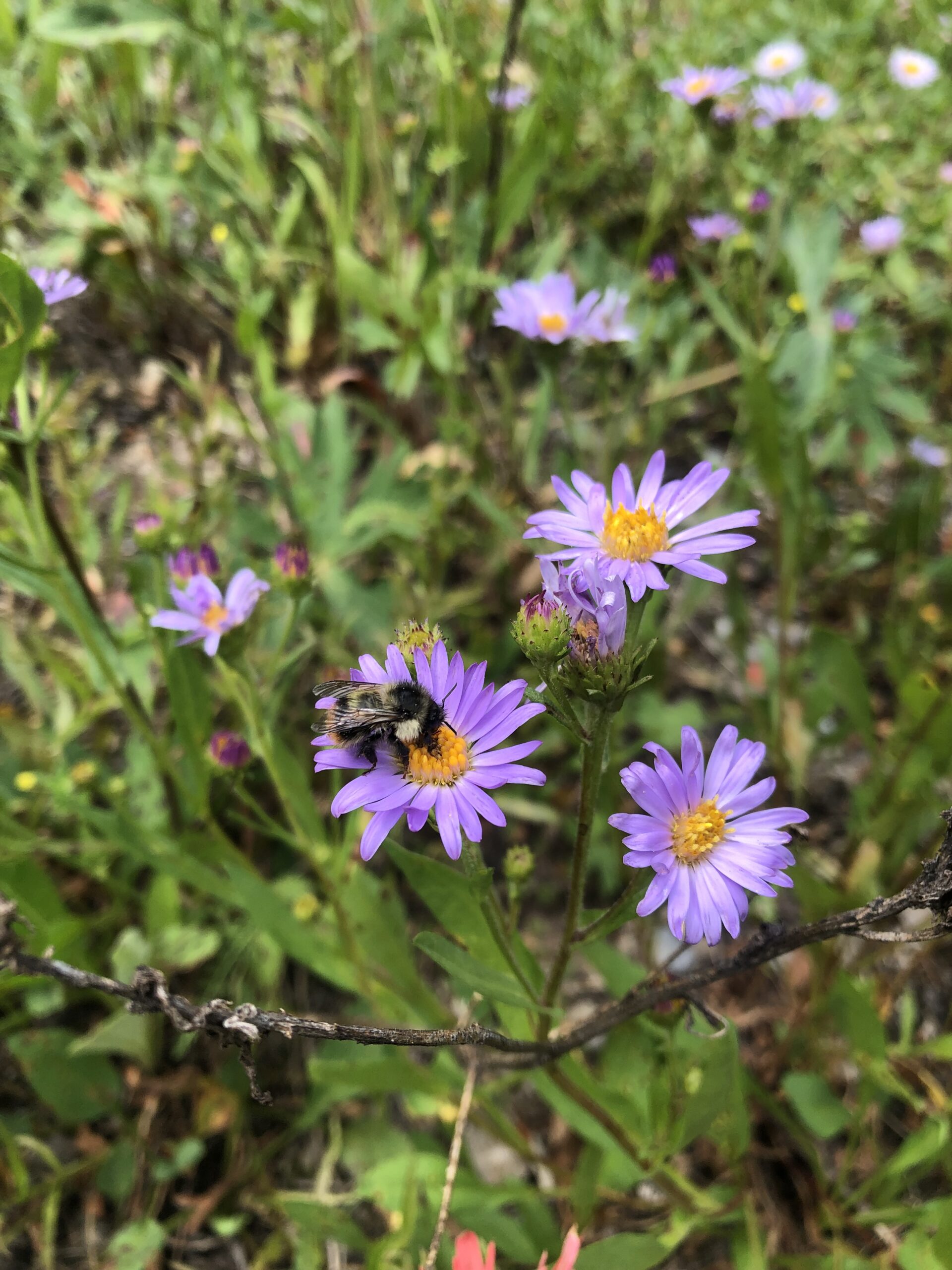
Identifying and collecting seed from native flowering plant species that thrive in disturbed and are preferred by native pollinators is a crucial for restoration project because “bees are crucial for maintaining biodiversity and, by supporting healthy plant communities, a long list of ecosystem functions including but not limited to- food and habitat for animals, soil stability, and water quality” (Of Bees and Blooms, 2023). I feel incredible grateful to be working to restore biodiversity of our native forests and working to build habitat for threated native pollinator species. The seed that we are collecting this summer and fall will be sent to the Forest Service Nursery in Coeur d’Alene, Idaho were it will be grown out, the seed collected from those plant, and then CBG interns next year will spread that seed in restoration areas.
Now isn’t that a beautiful cycle.
– Erynn, Flathead National Forest
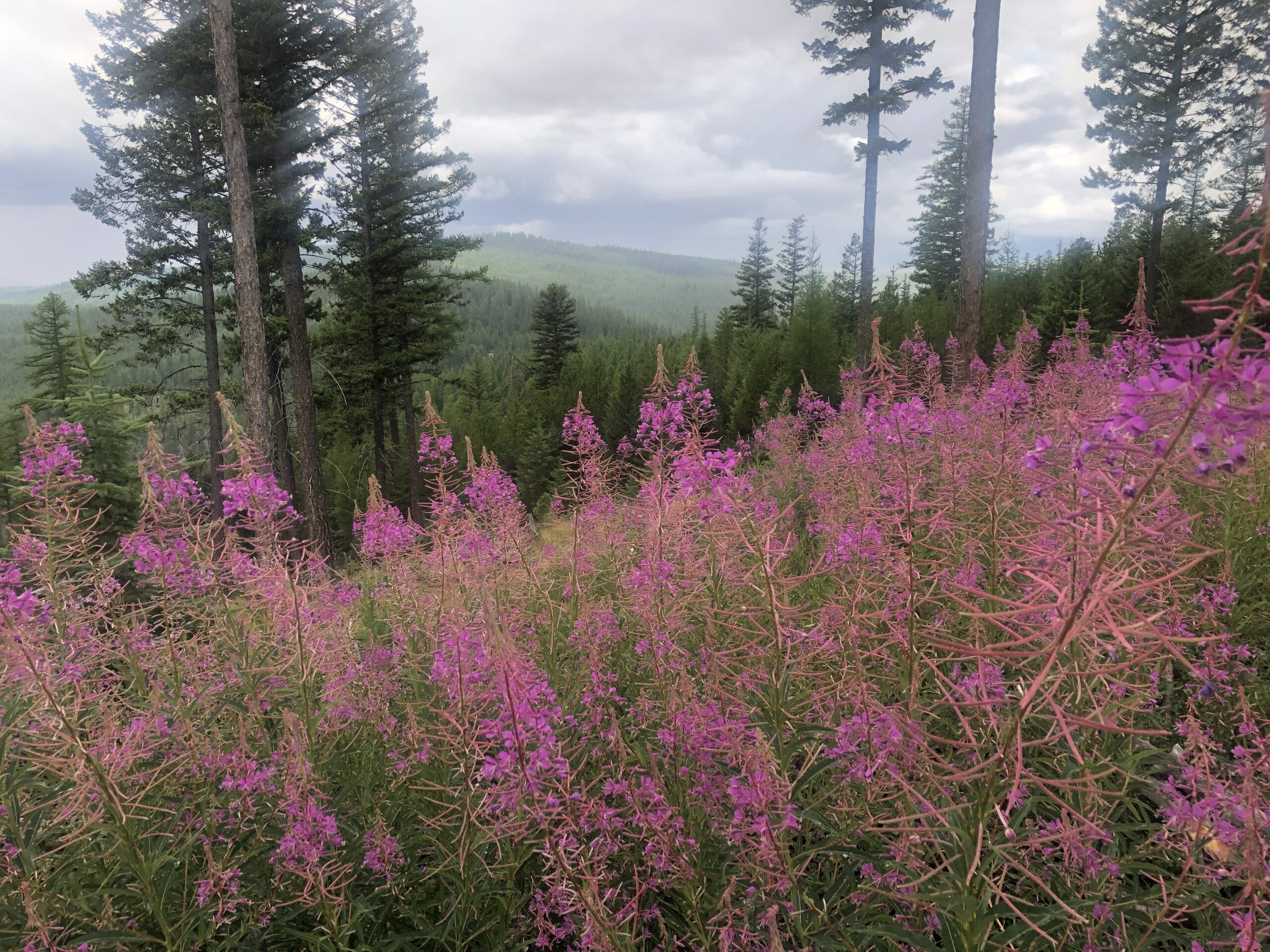
References
Glenny, Will; Runyon, Justin; Burkle, Laura. 2022. Assessing pollinator friendliness of plants and designing mixes to restore habitat for bees. Gen. Tech. Rep. RMRS-GTR-429. Fort Collins, CO: U.S. Department of Agriculture, Forest Service, Rocky Mountain Research Station. 54 p. Assessing pollinator friendliness of plants and designing mixes to restore habitat for bees (usda.gov)
https://www.bumblebeeatlas.org/pages/about
For more information and how to participate in the bumble bee atlas! – Bumble Bee Atlas: Ecology and Conservation













